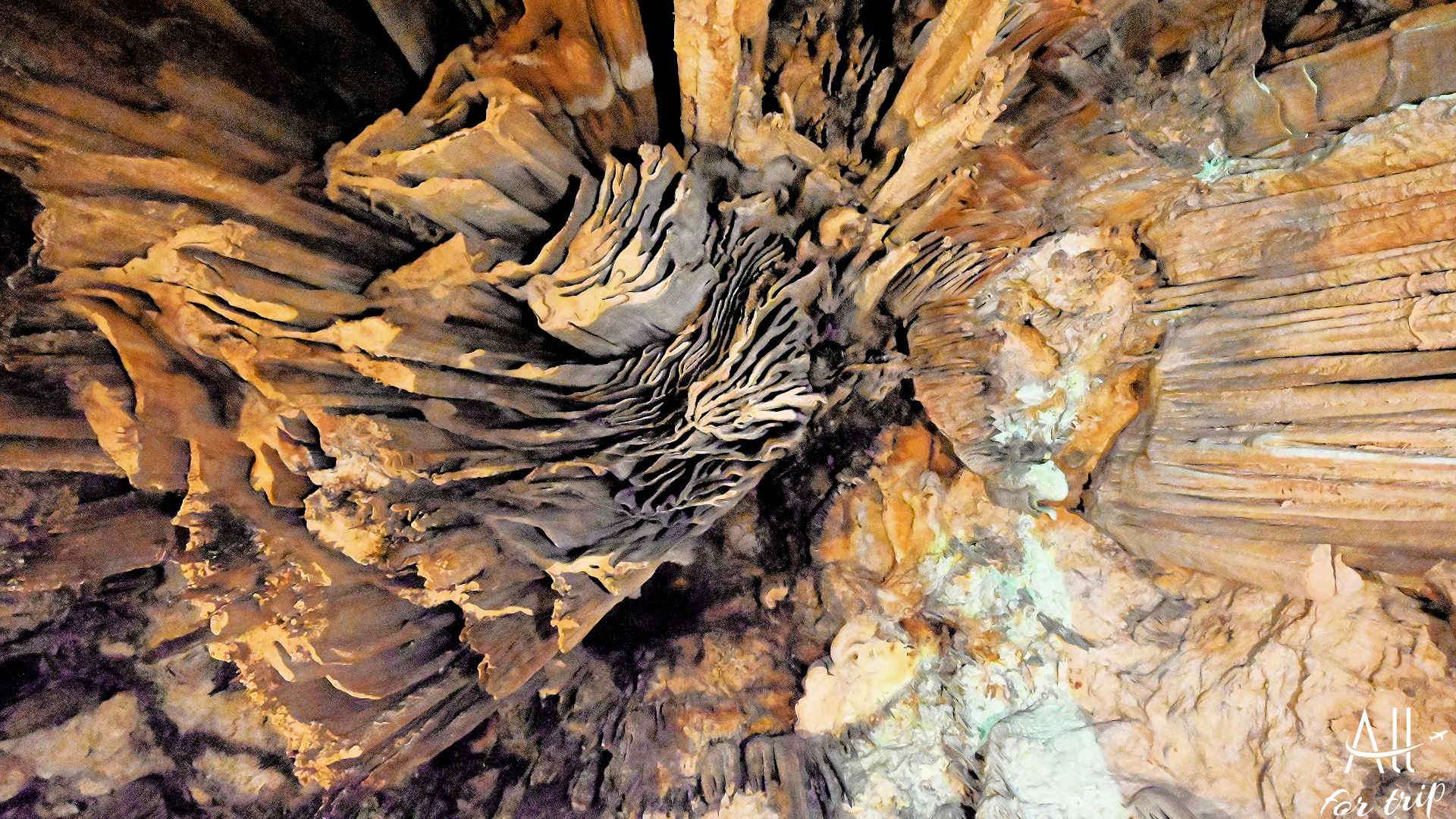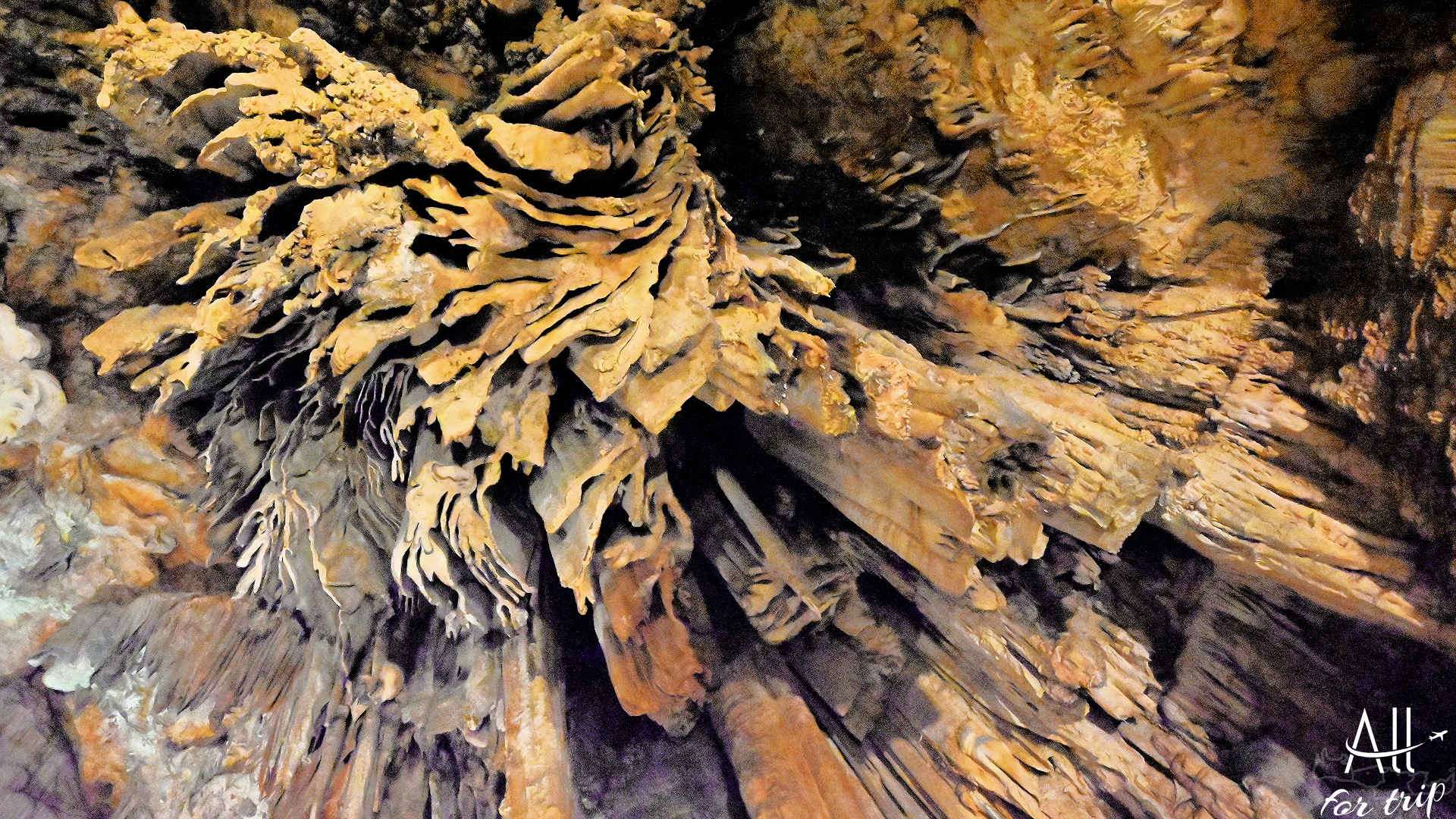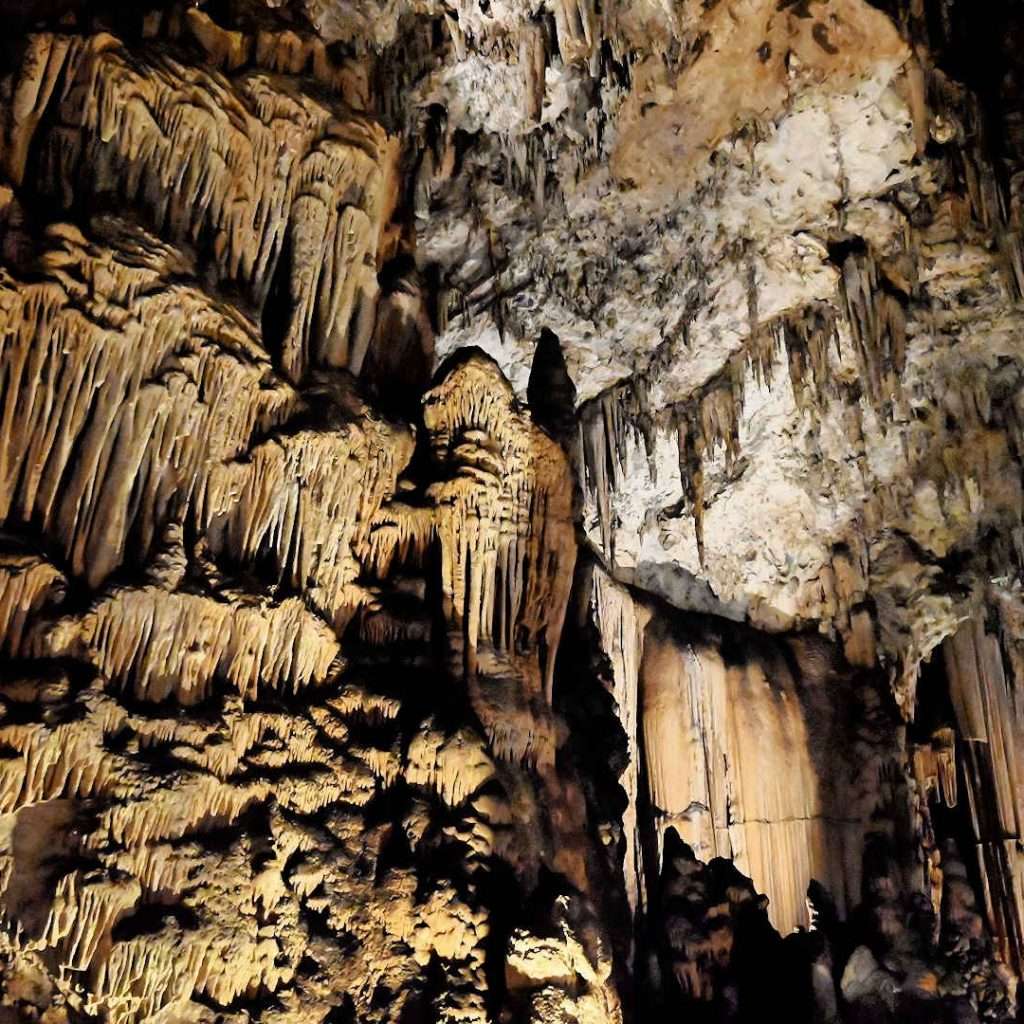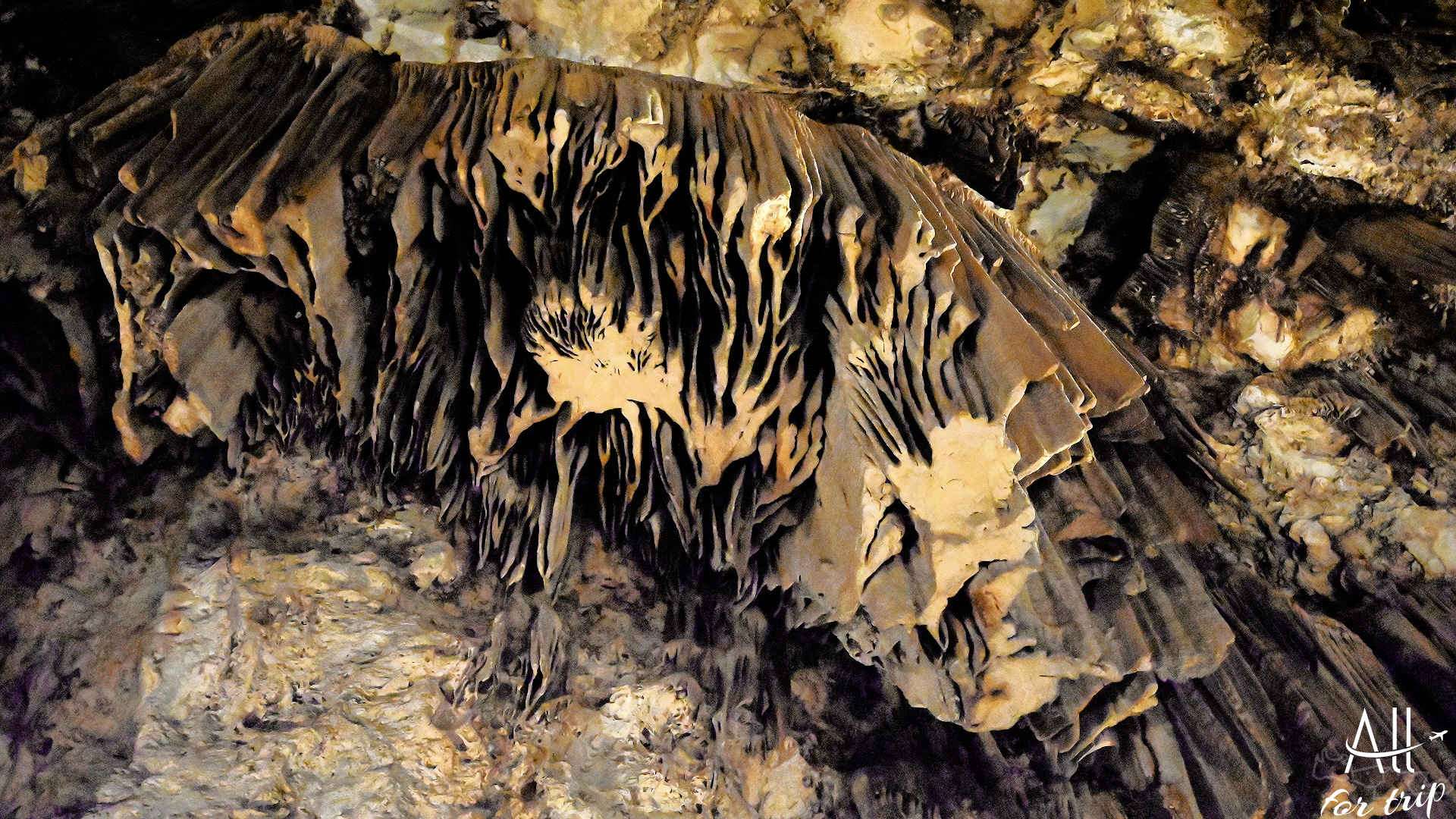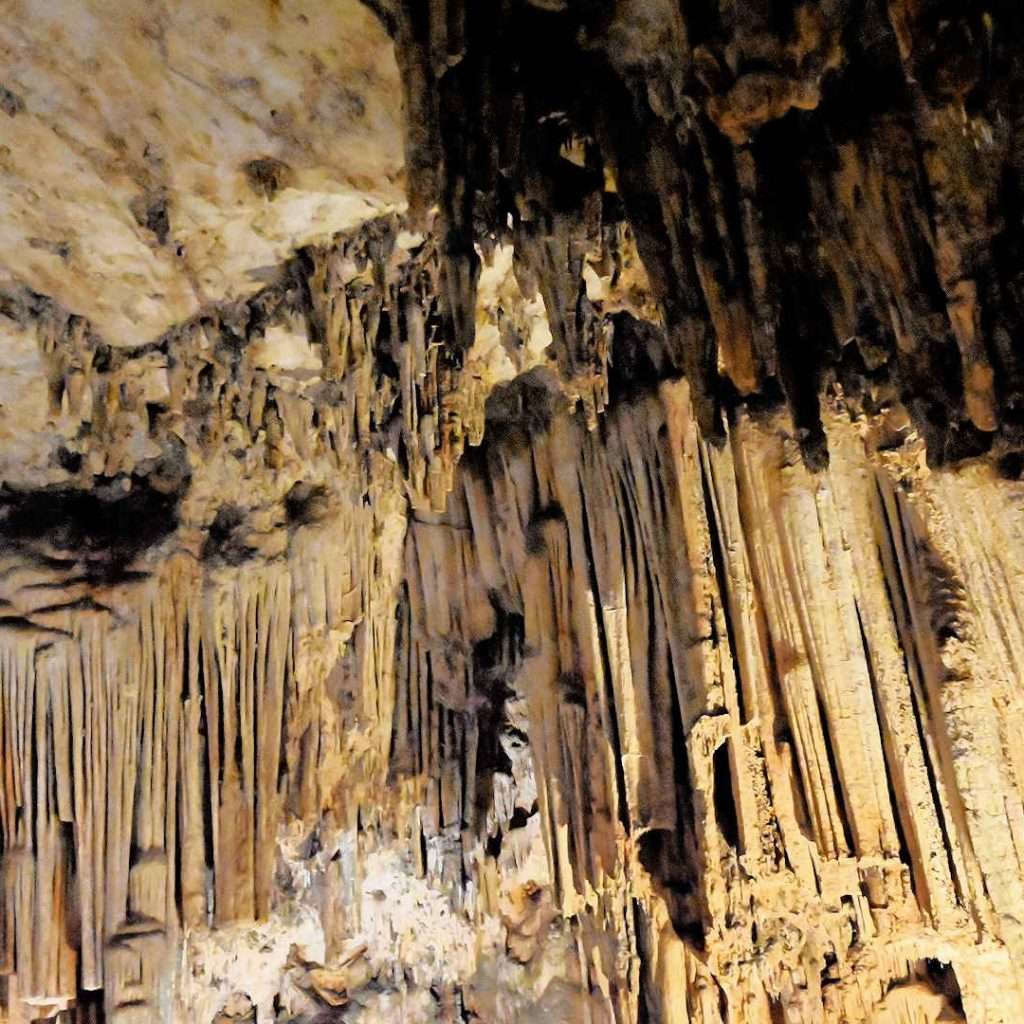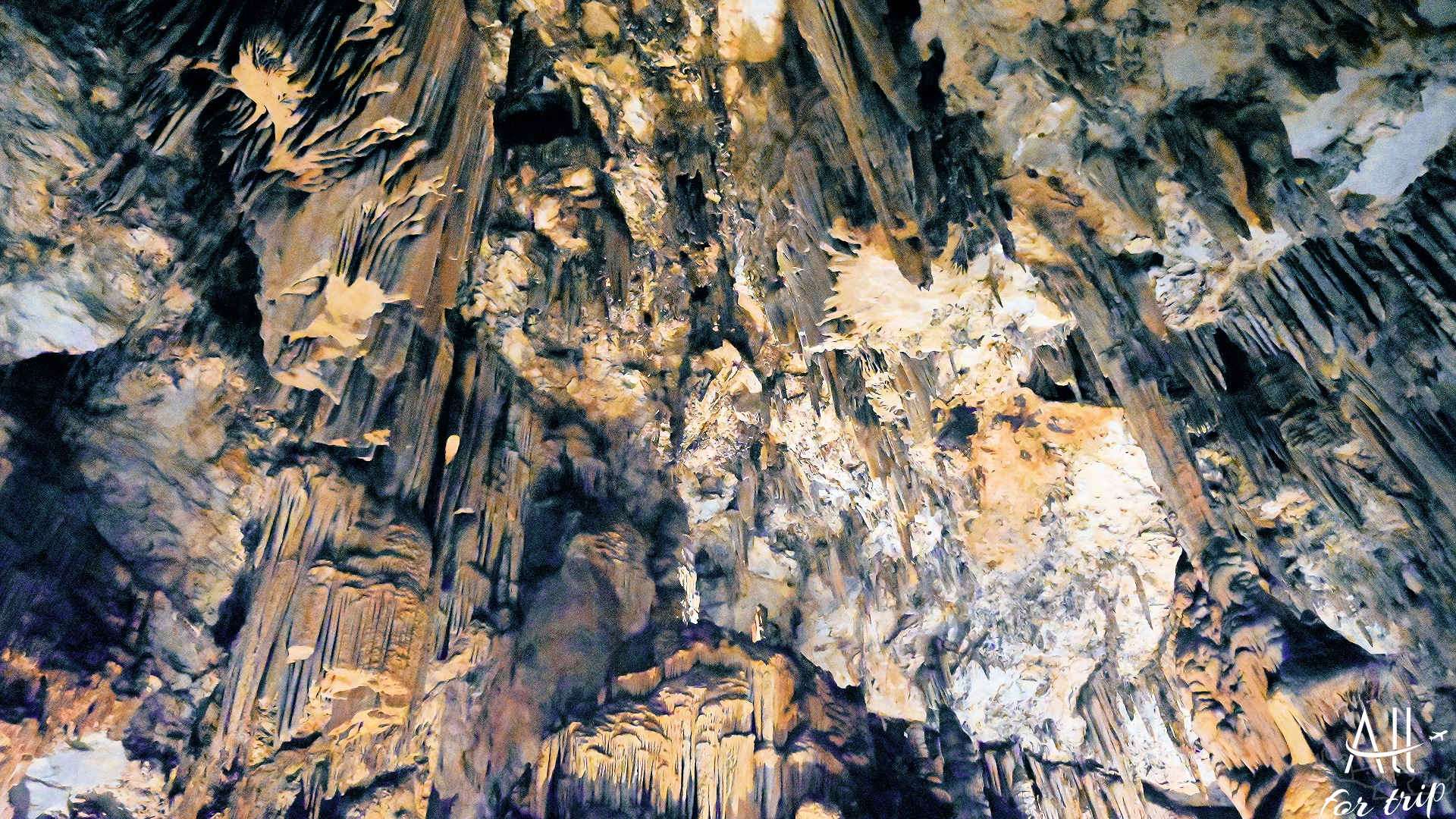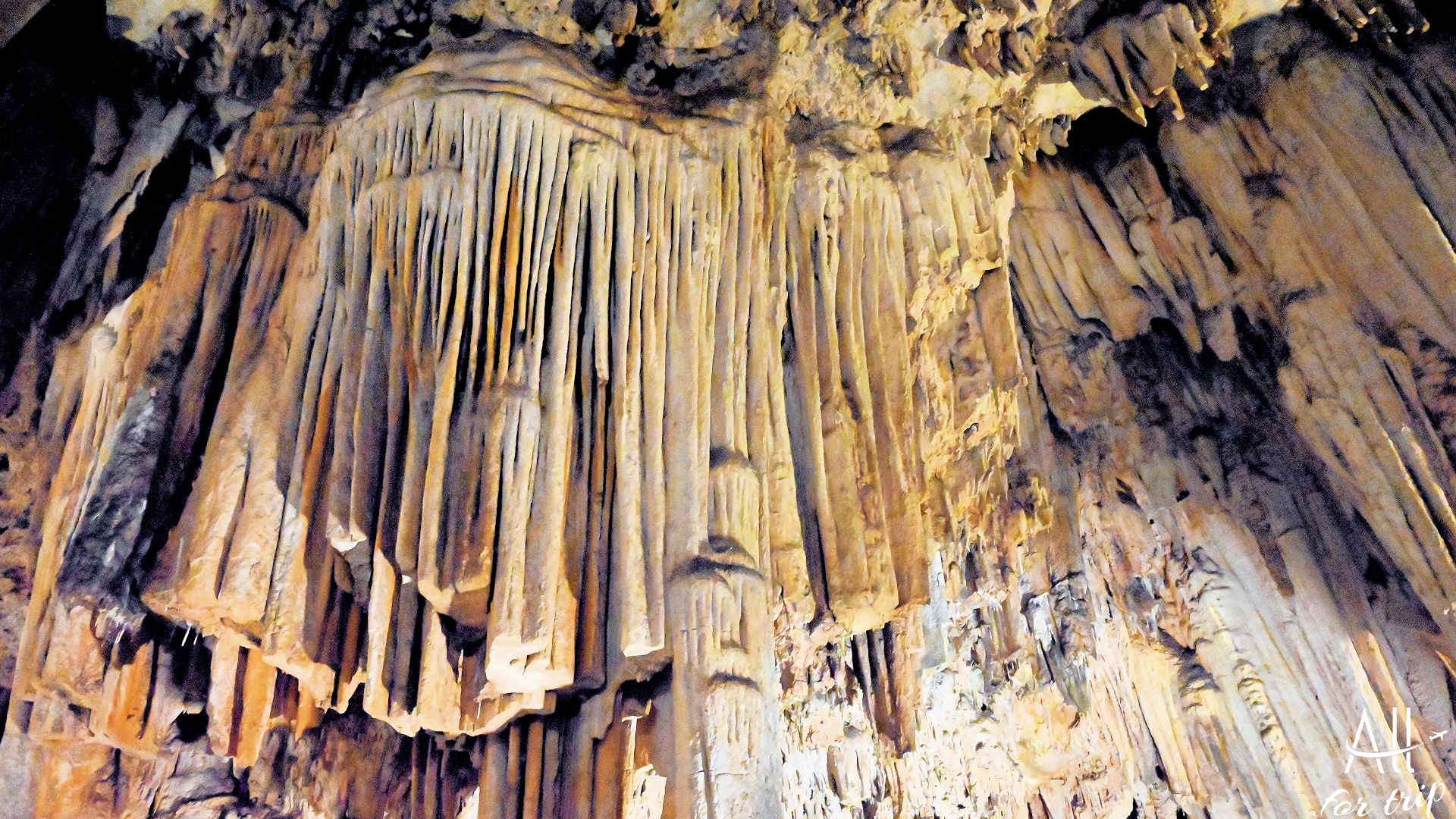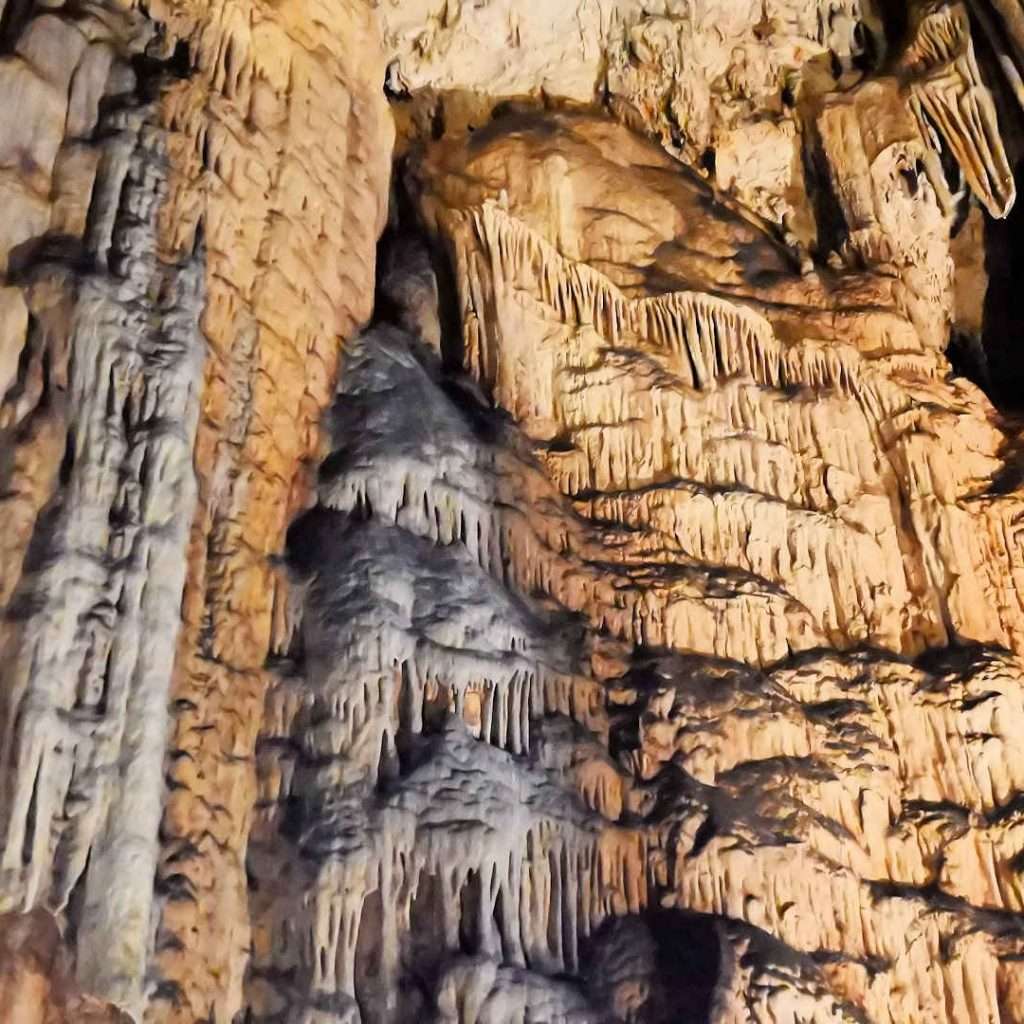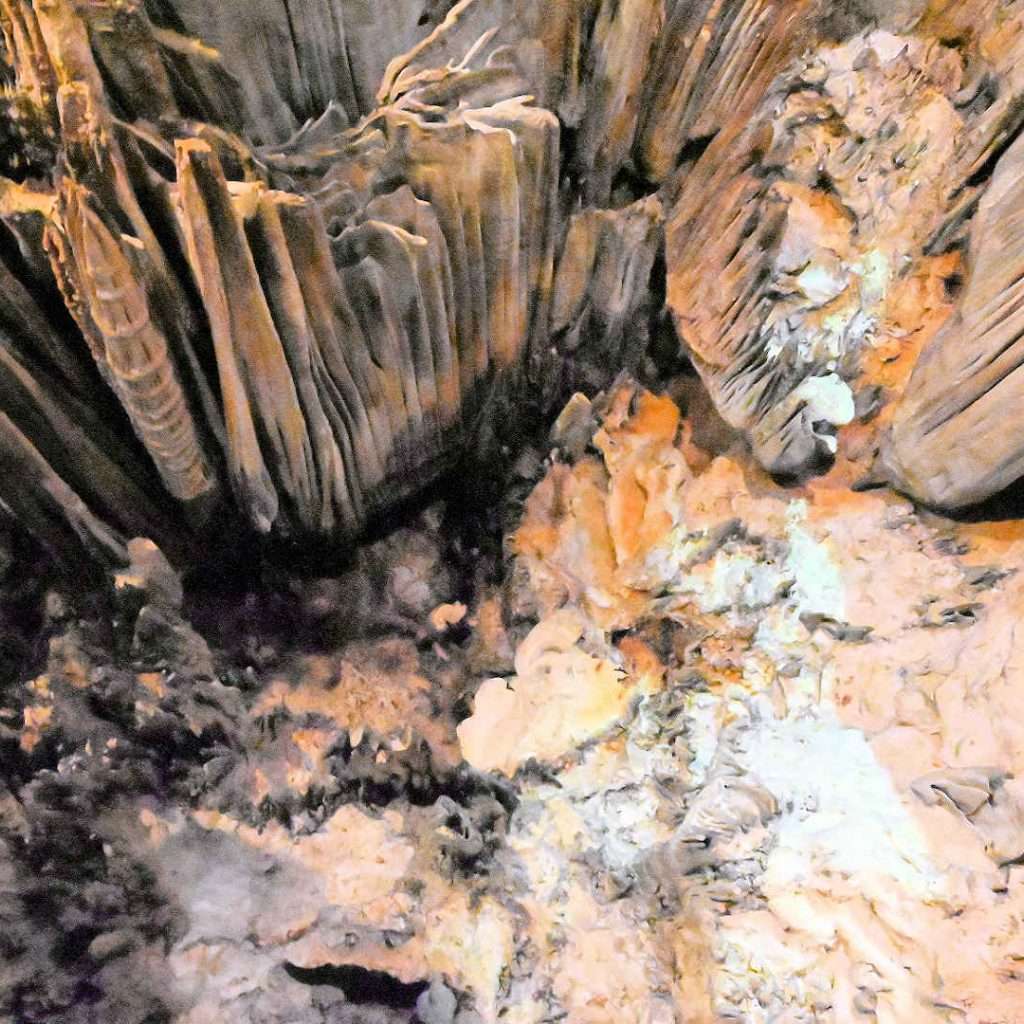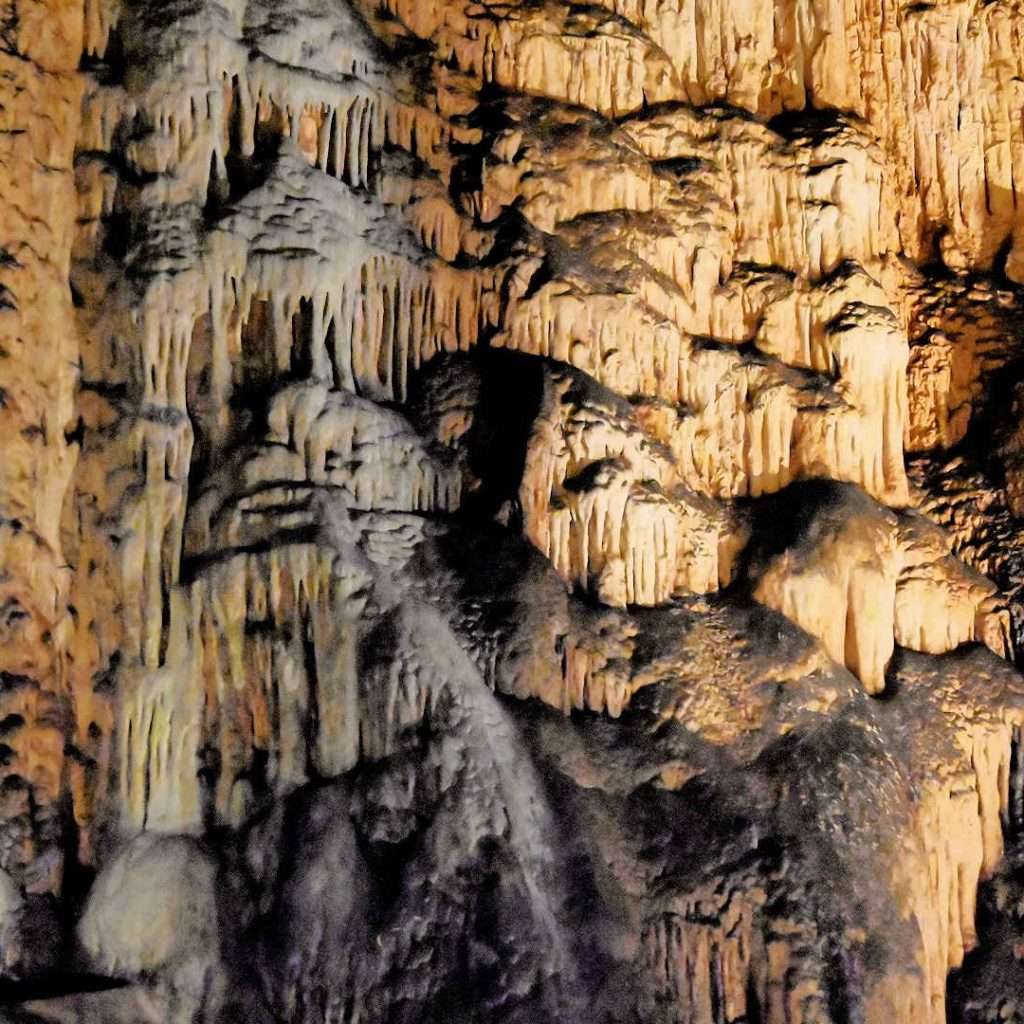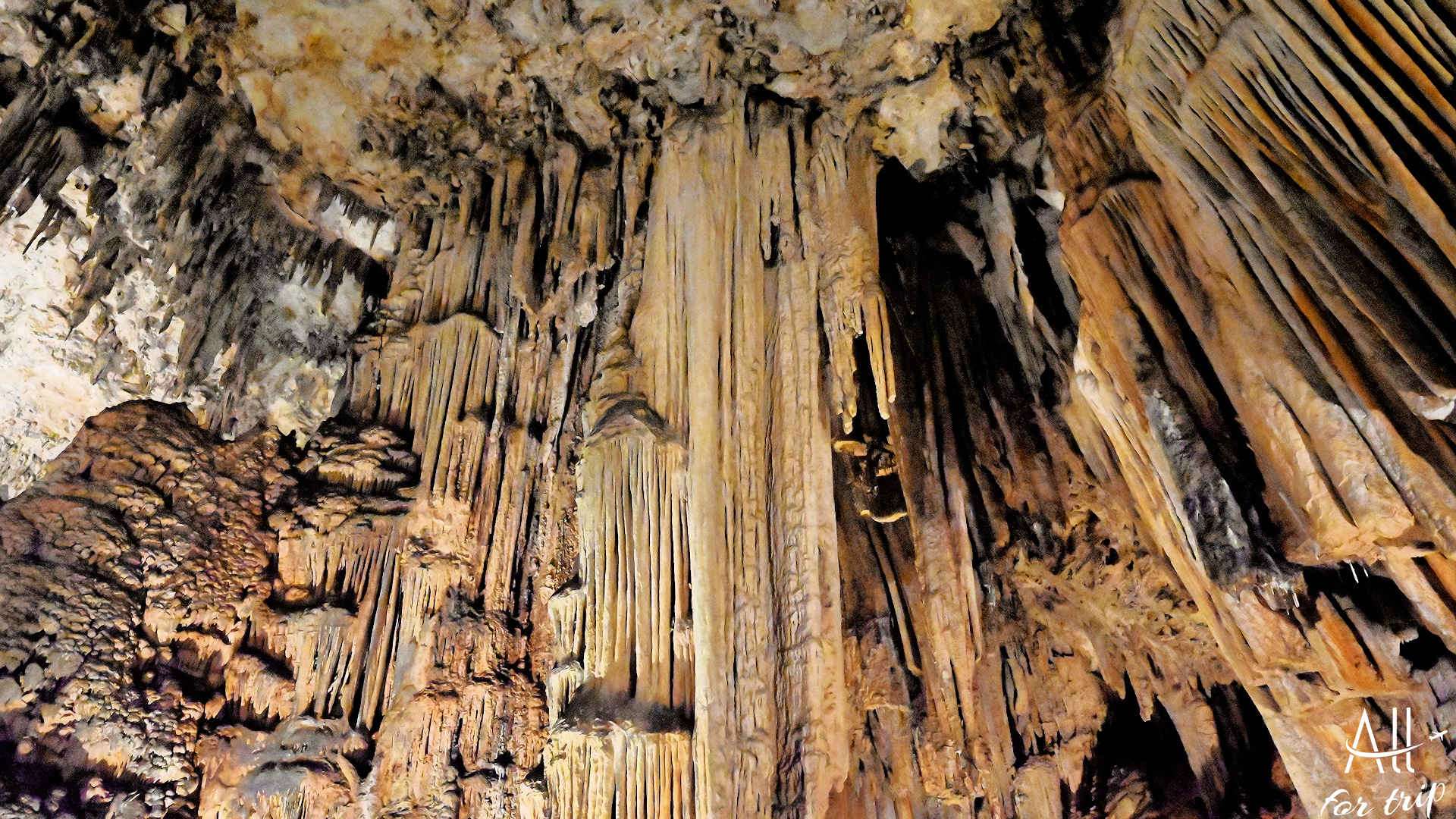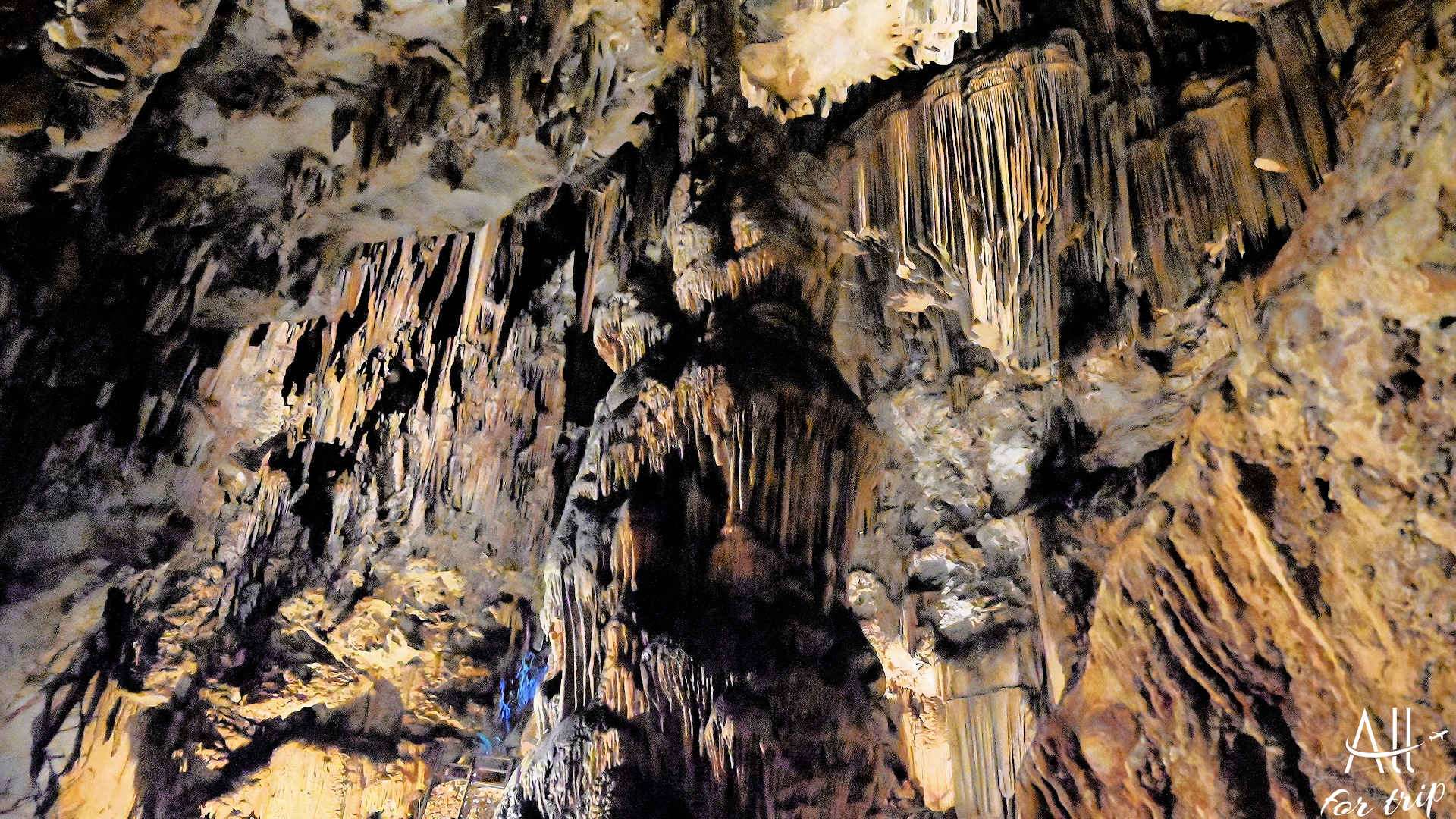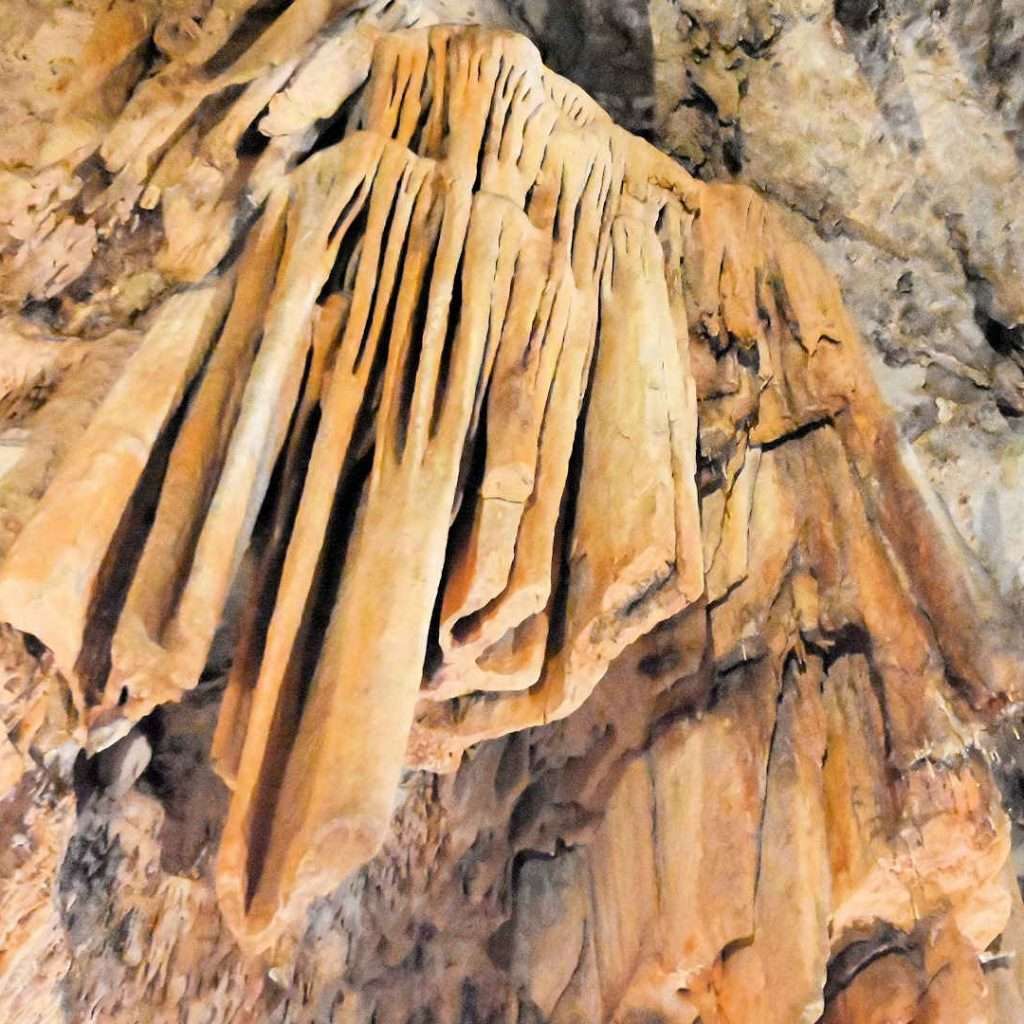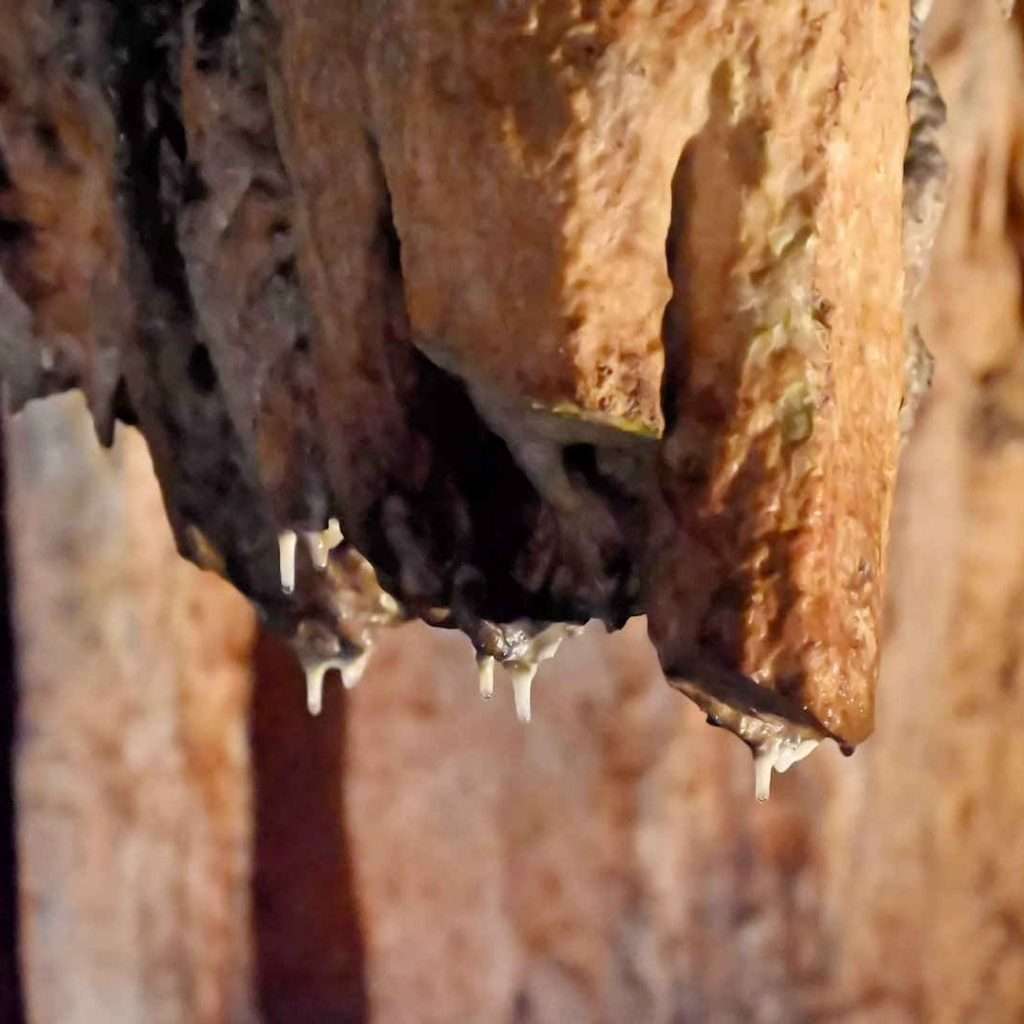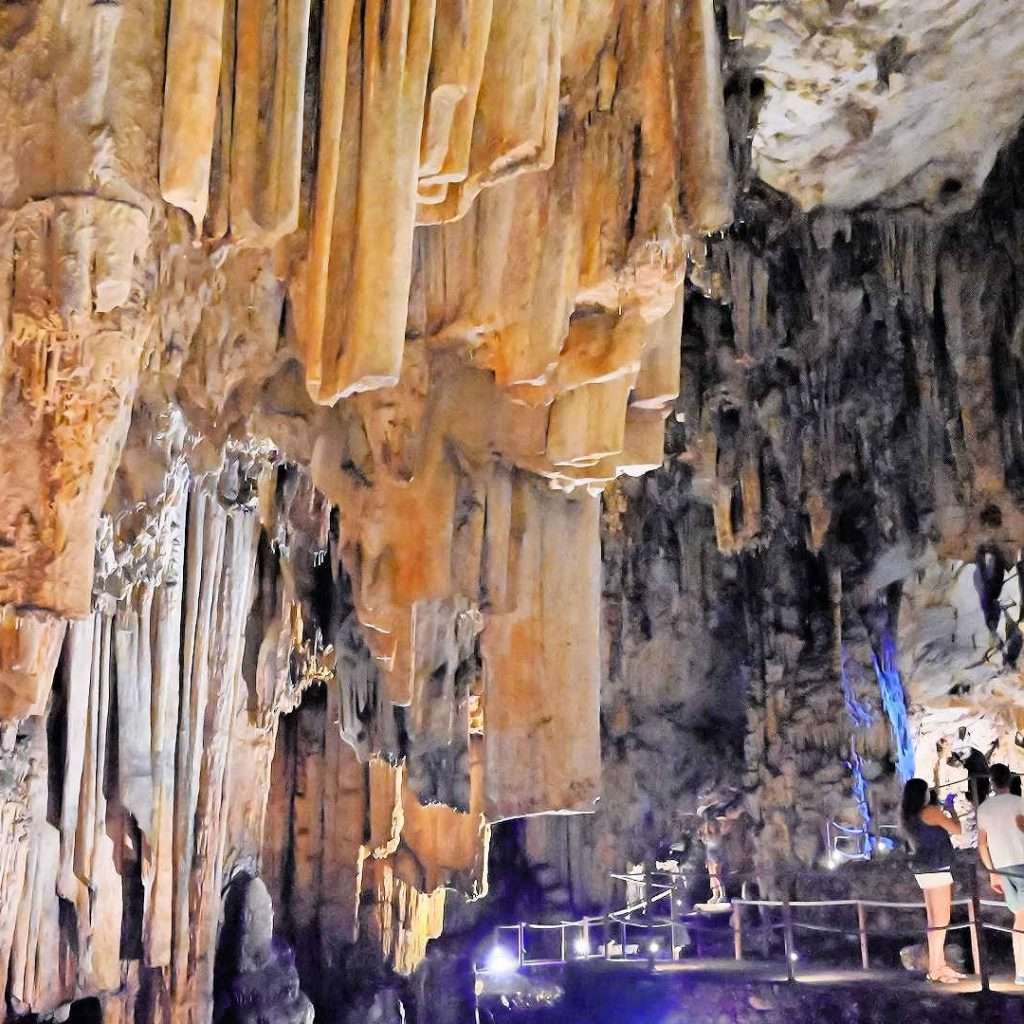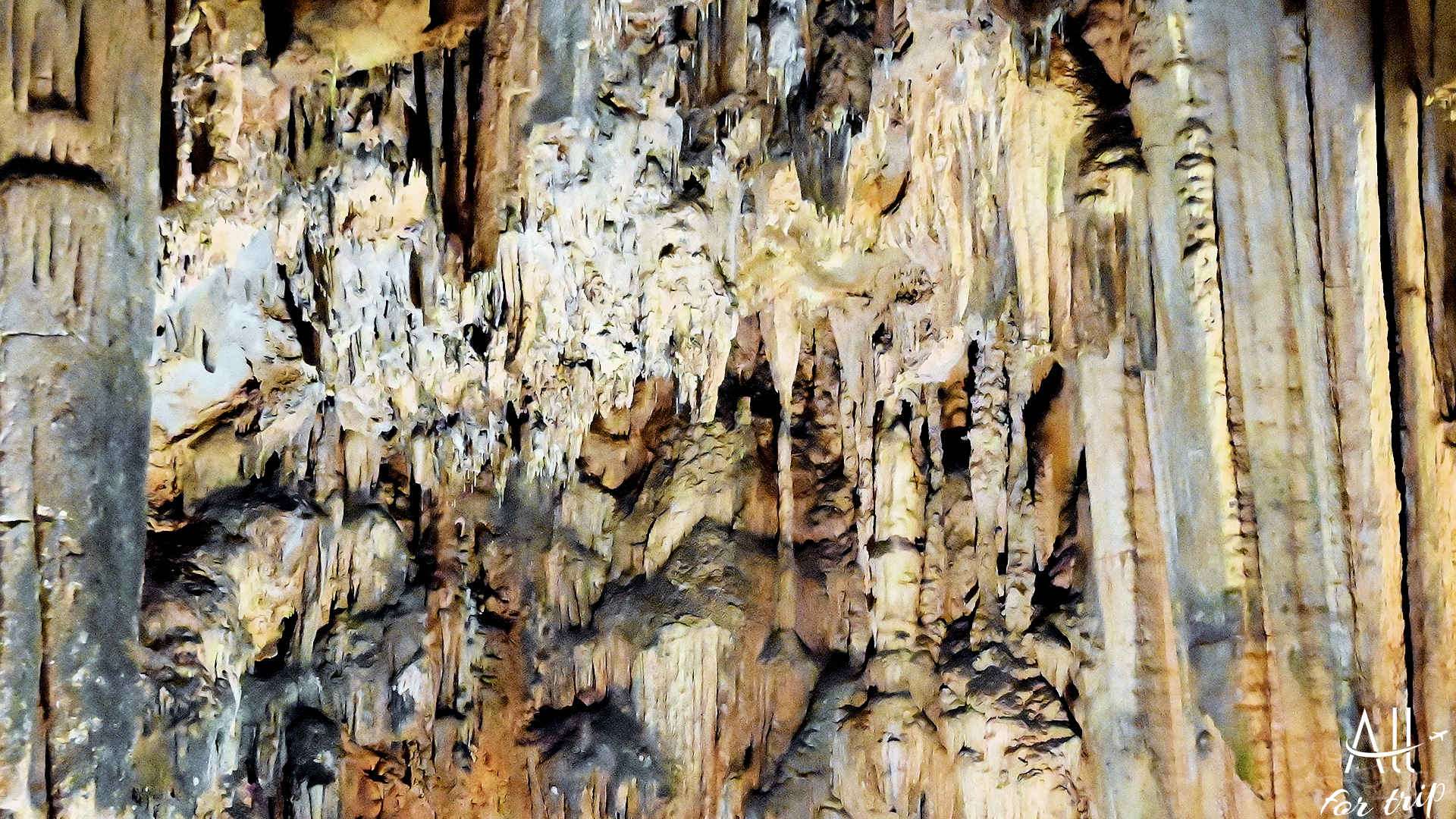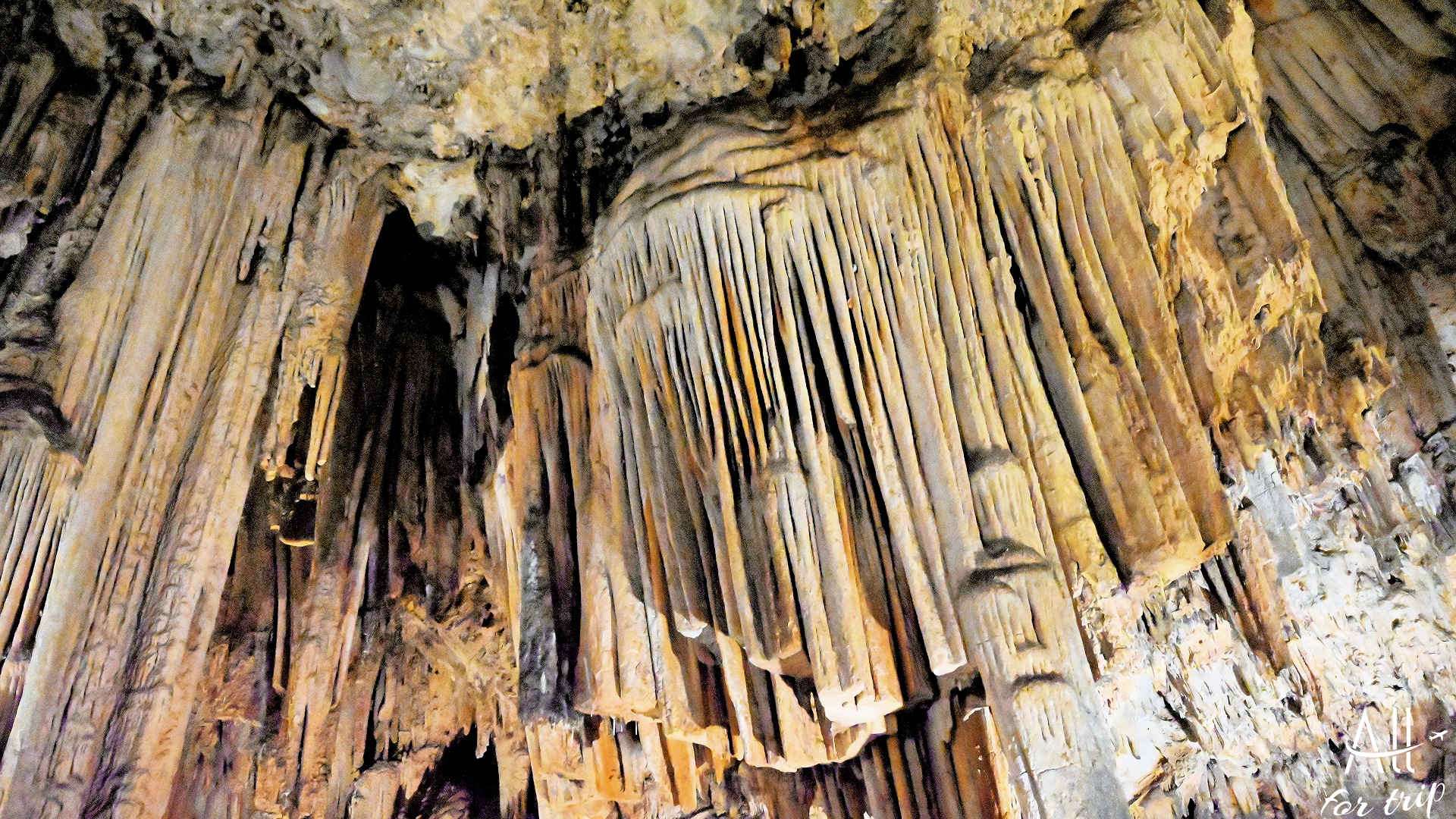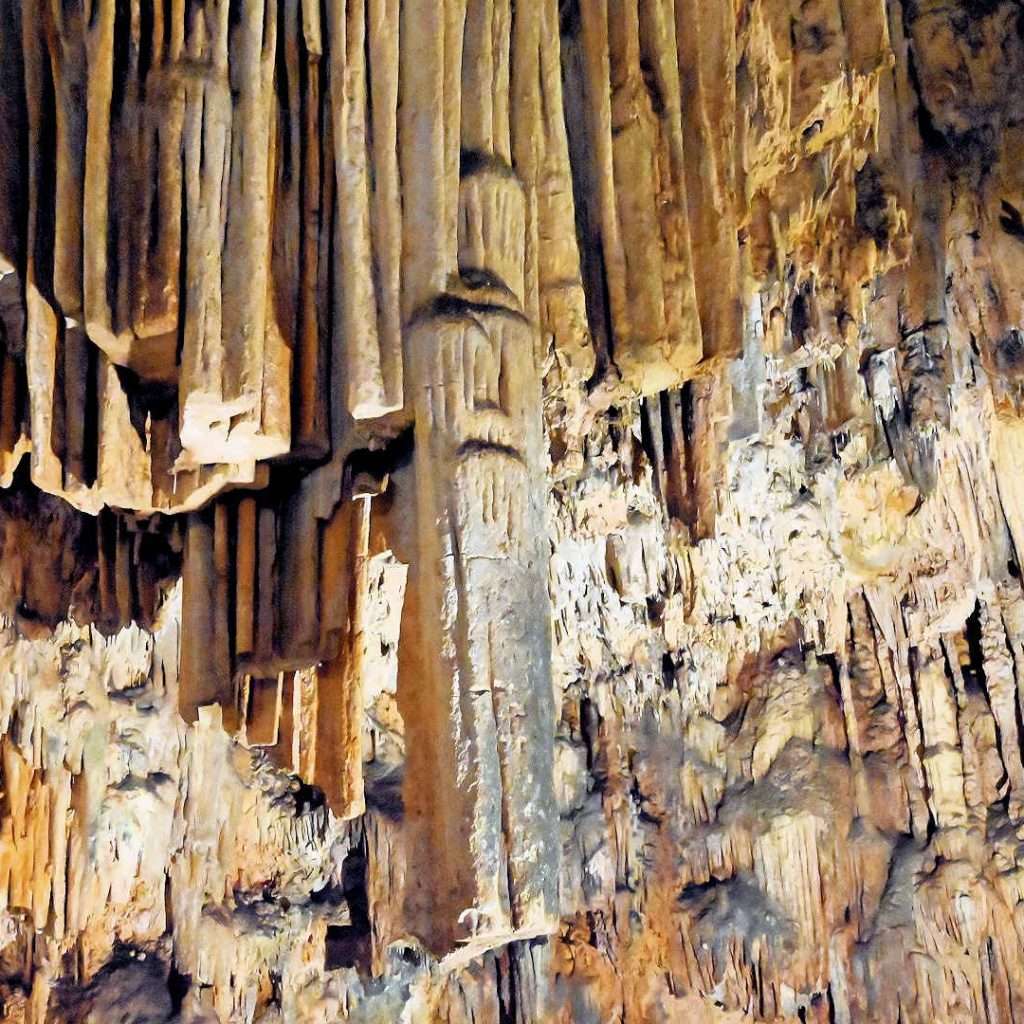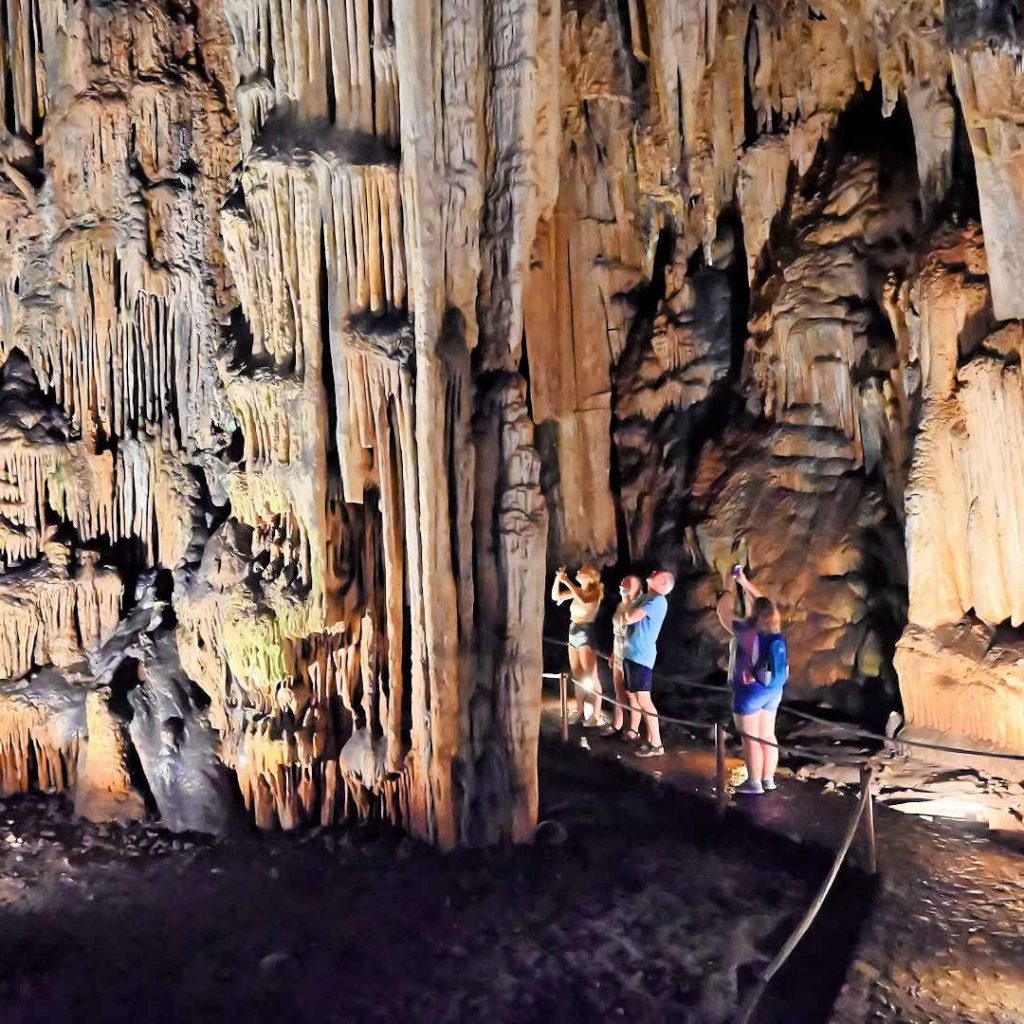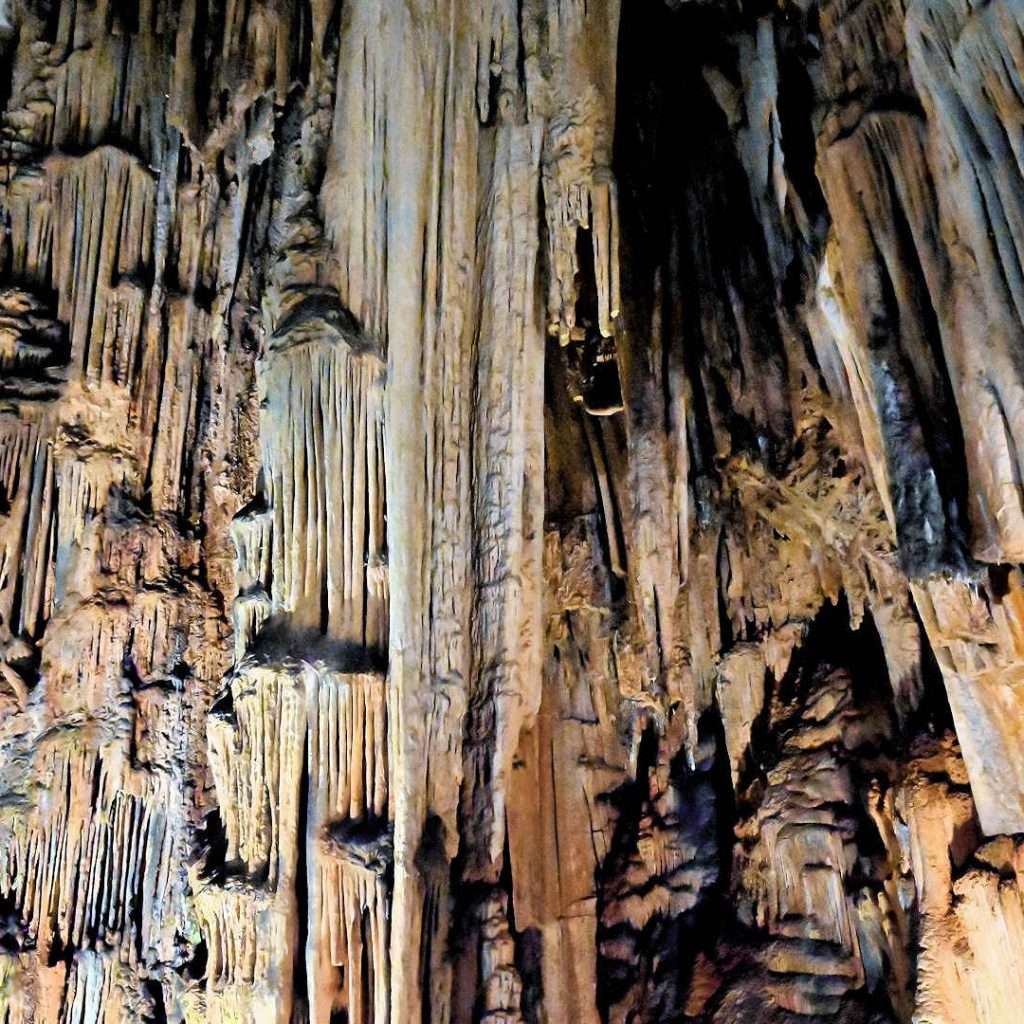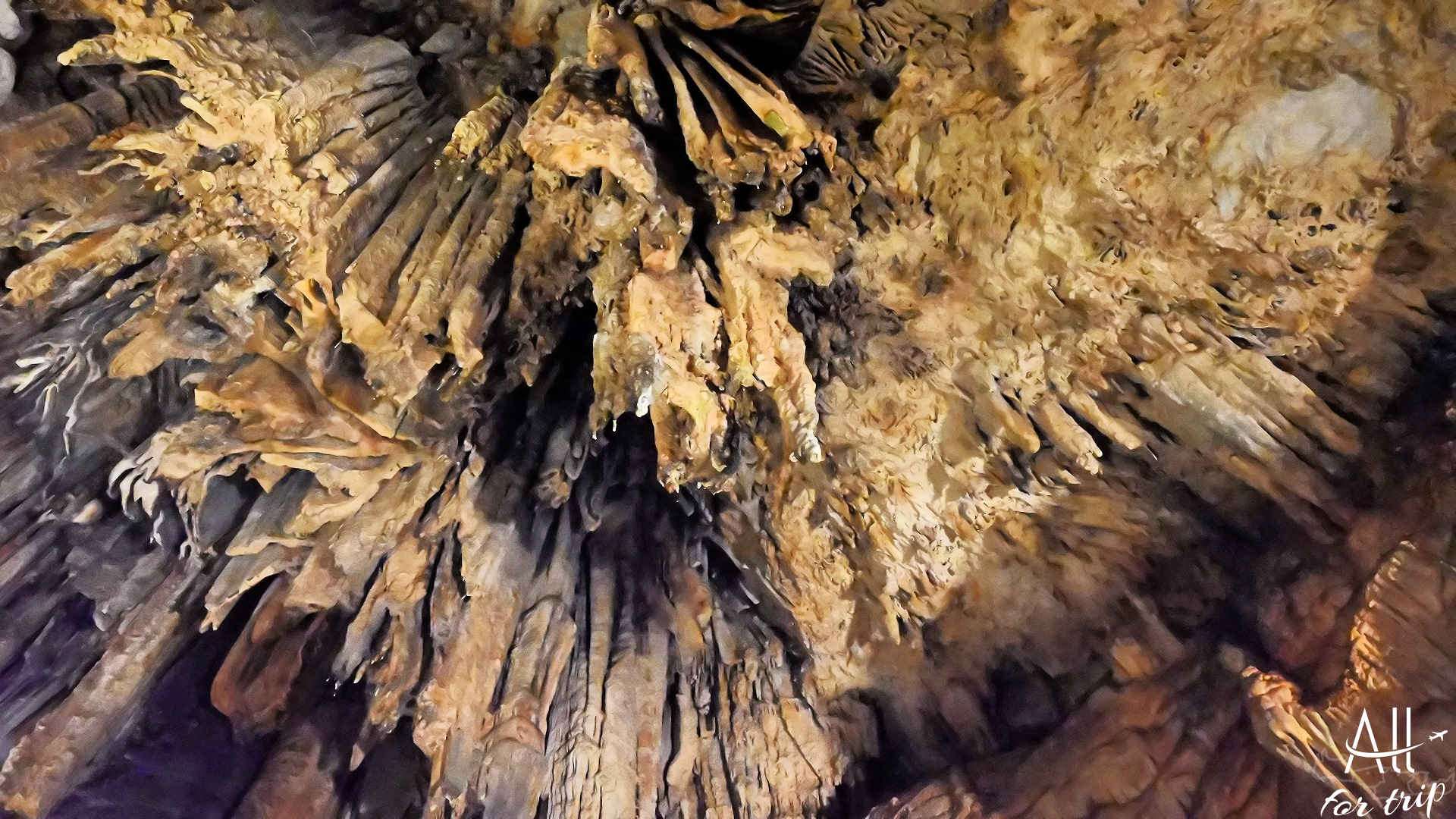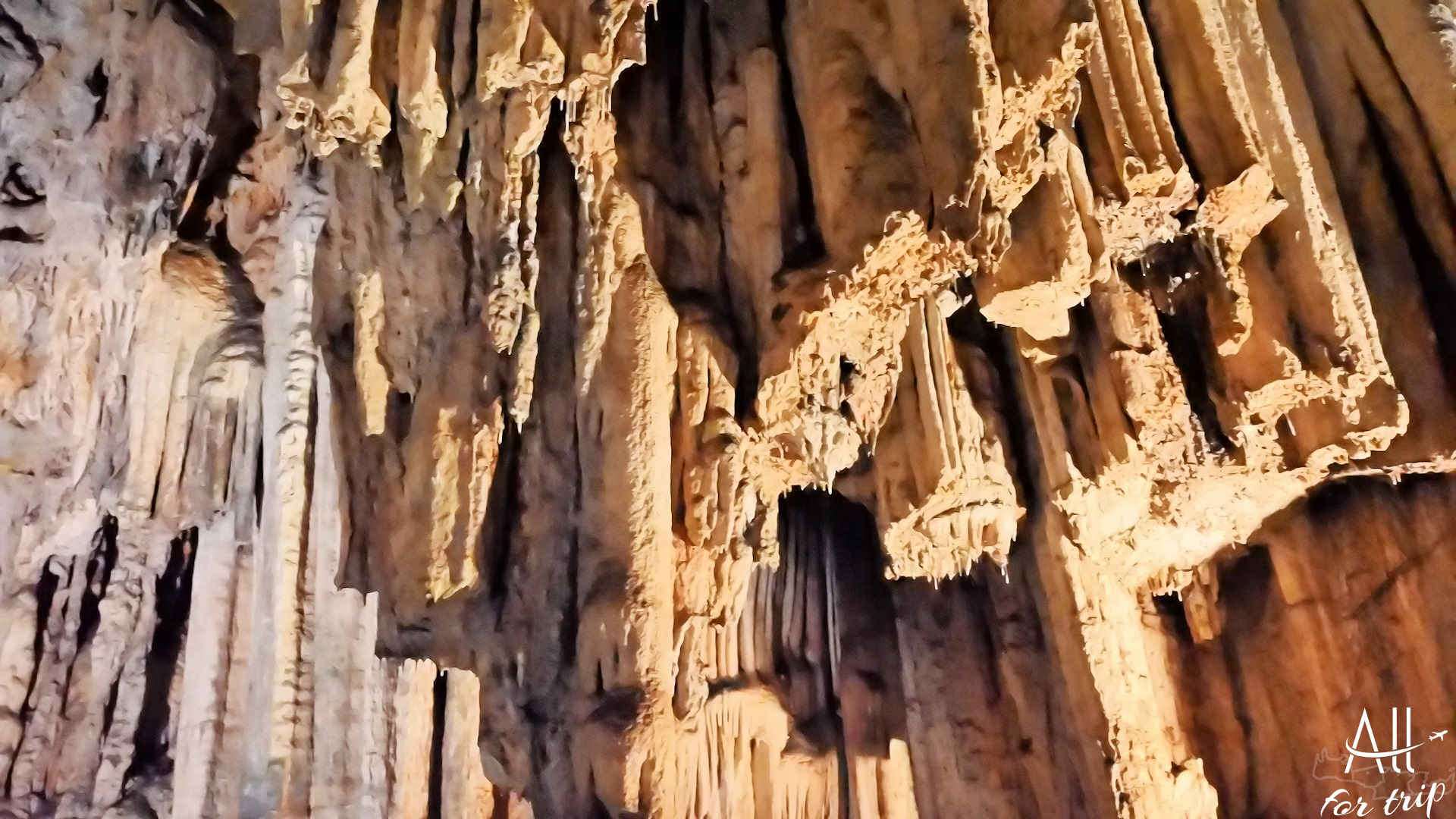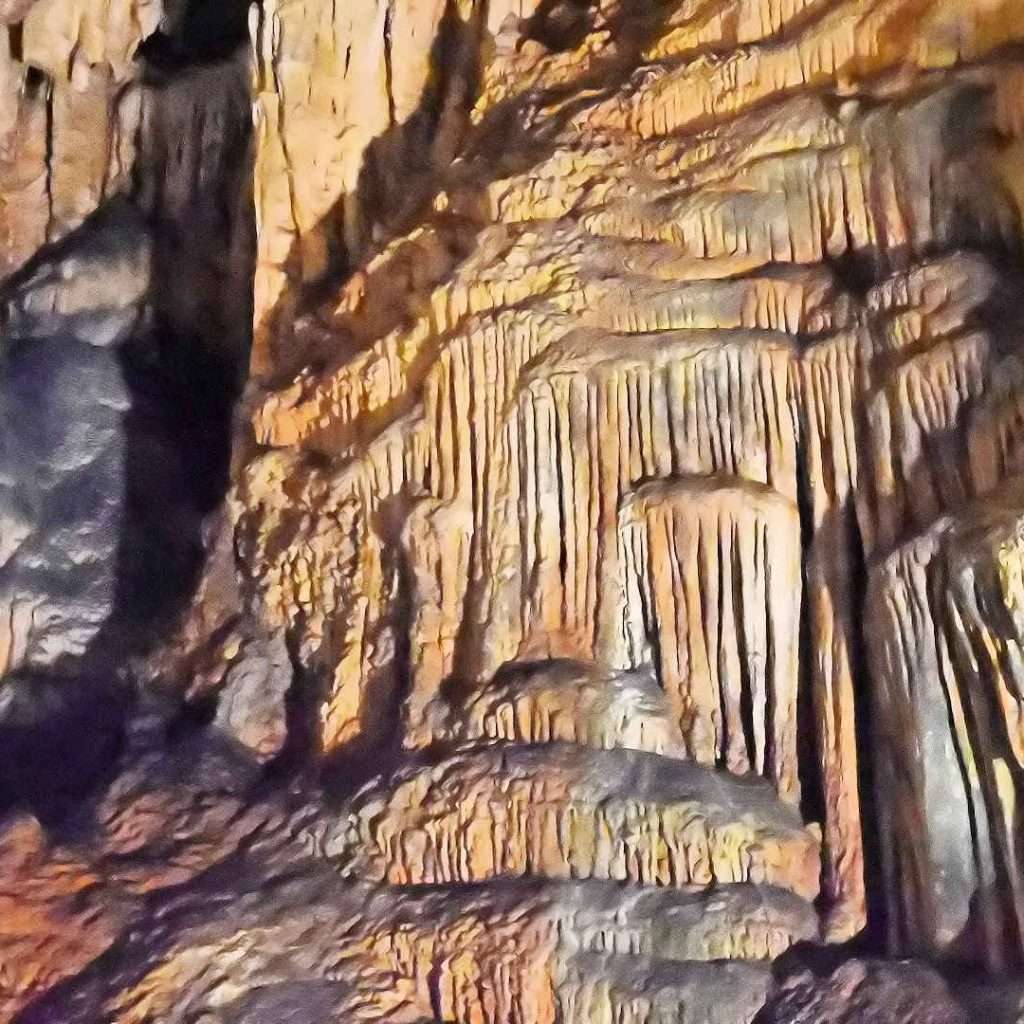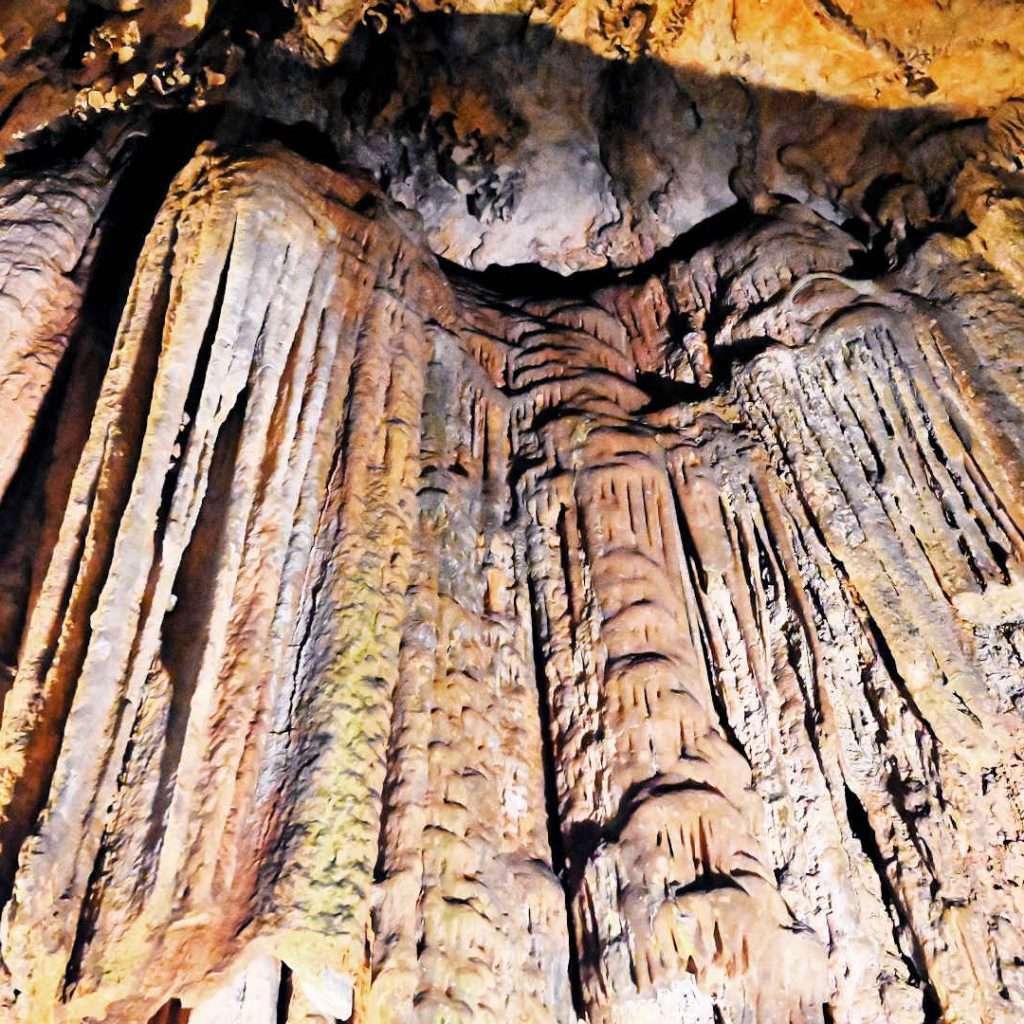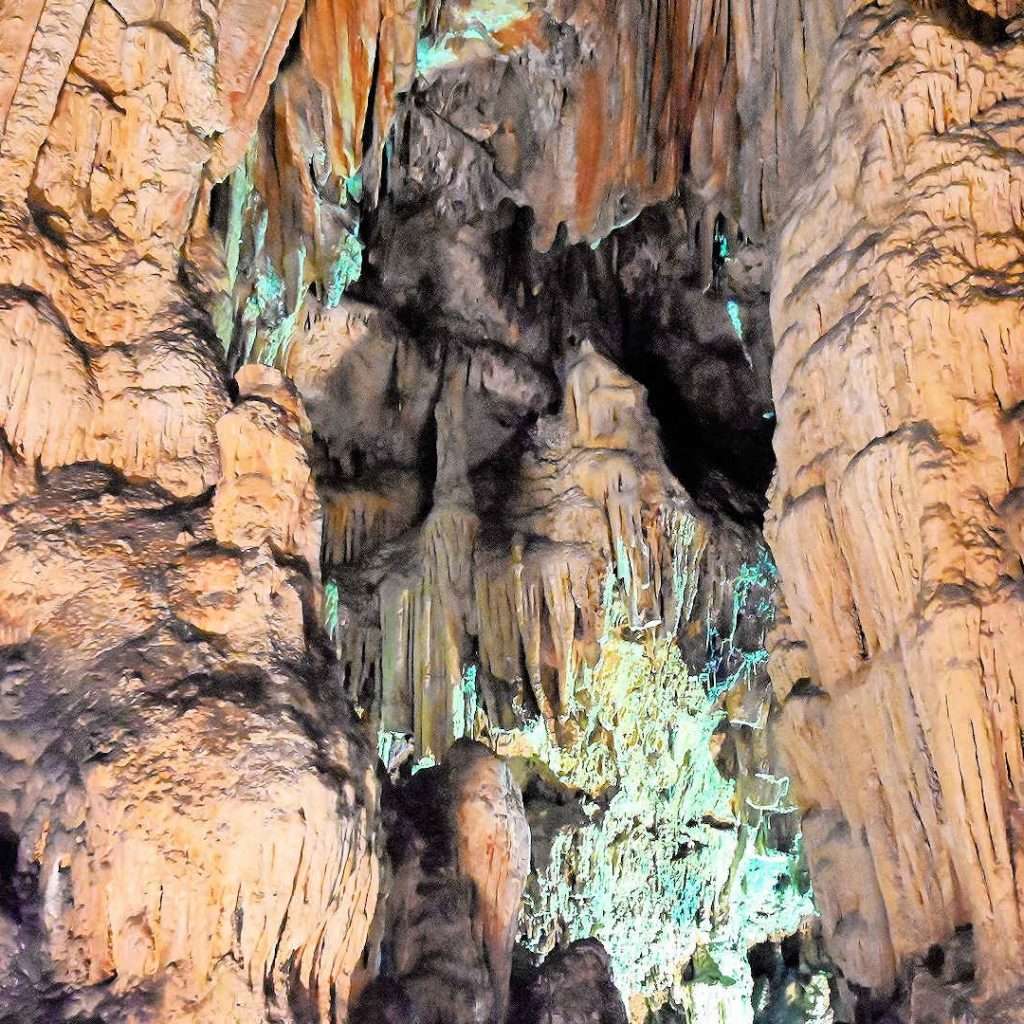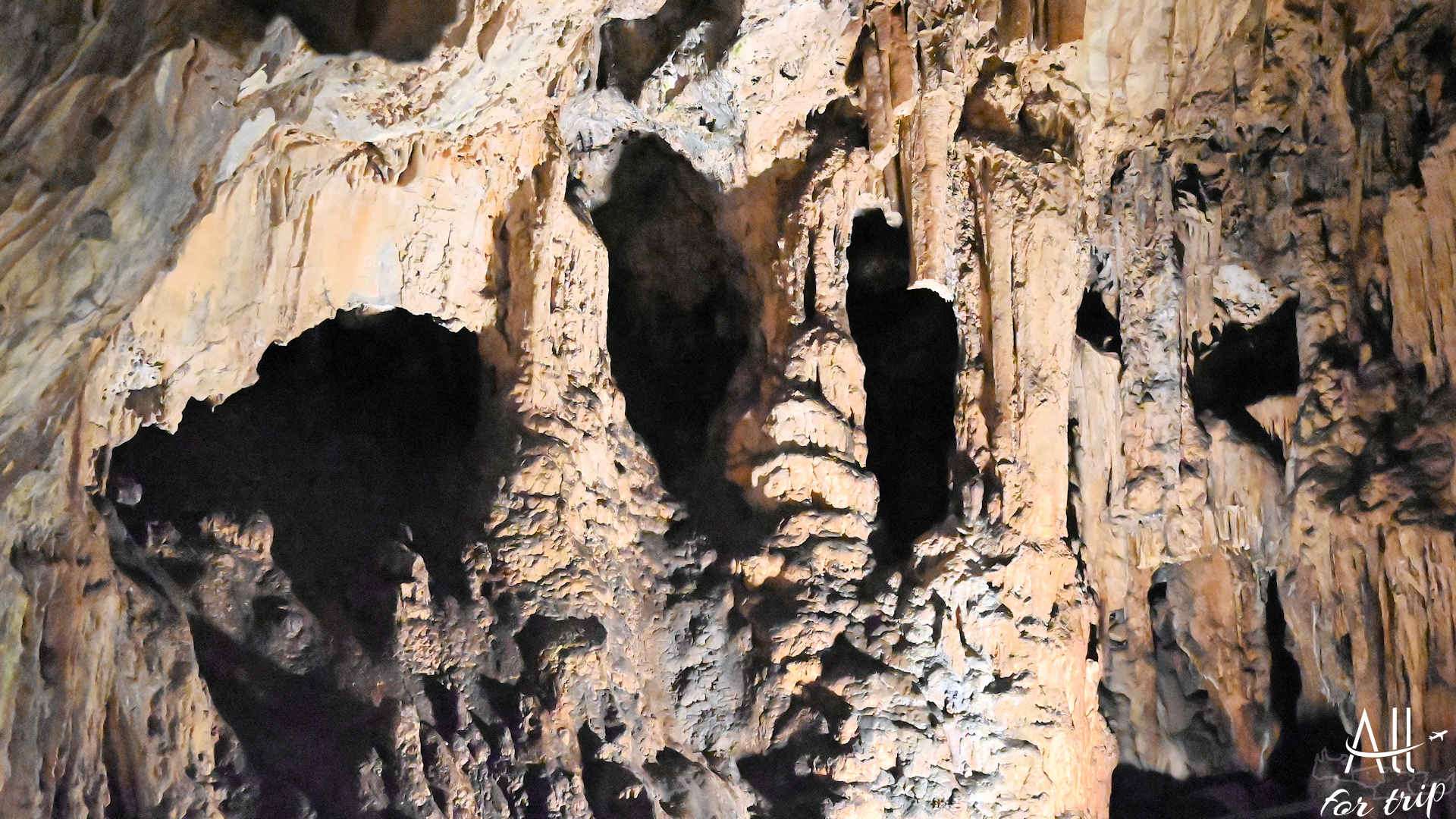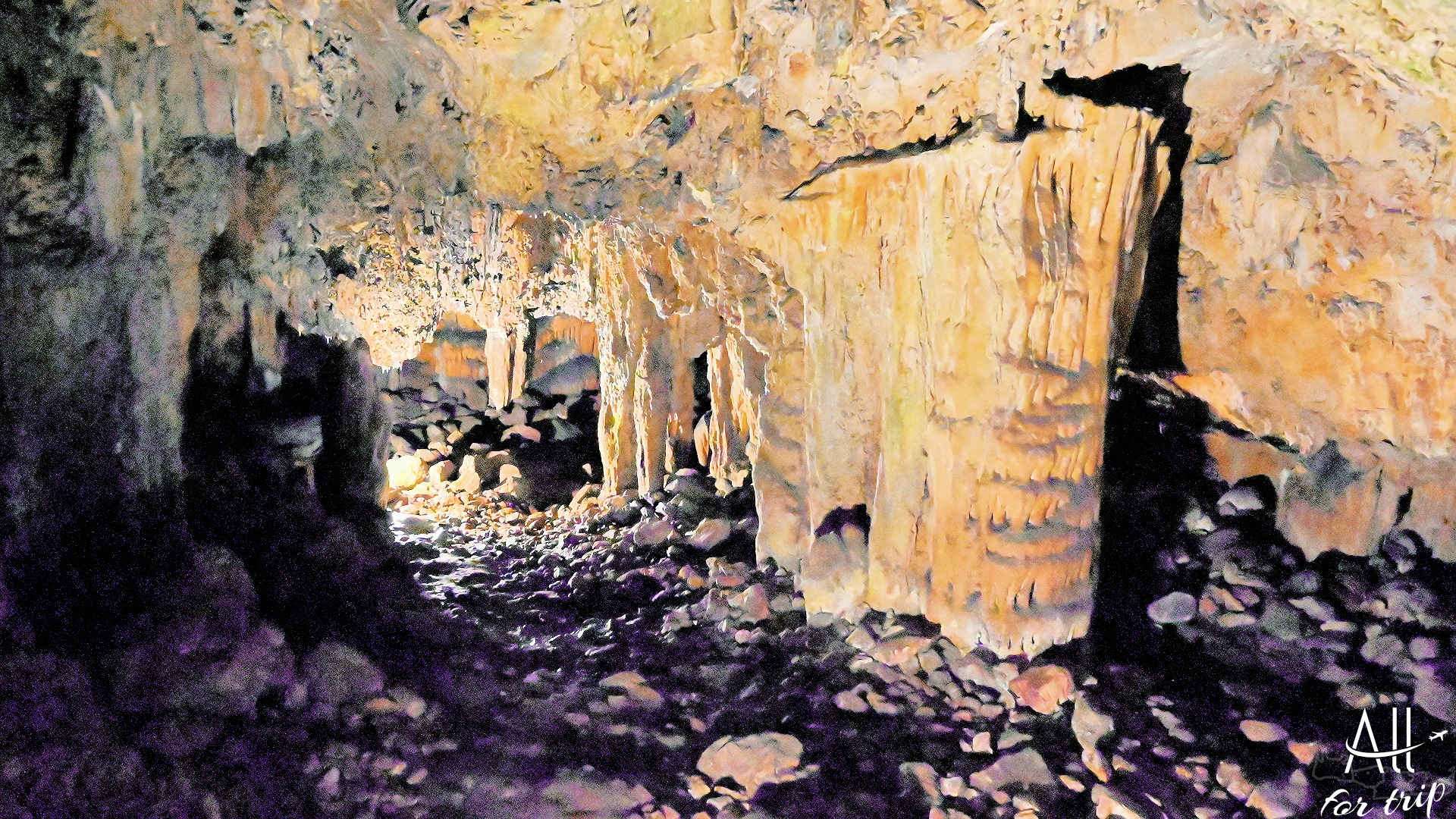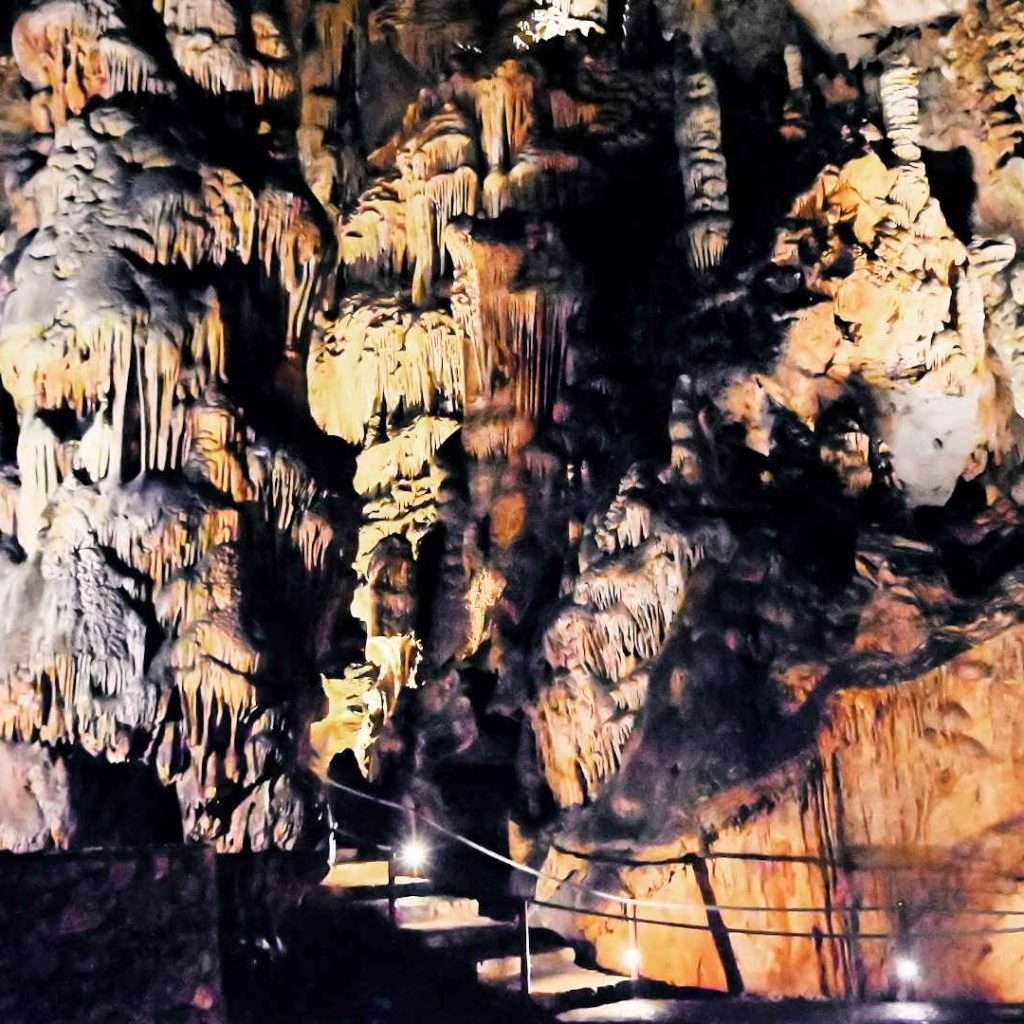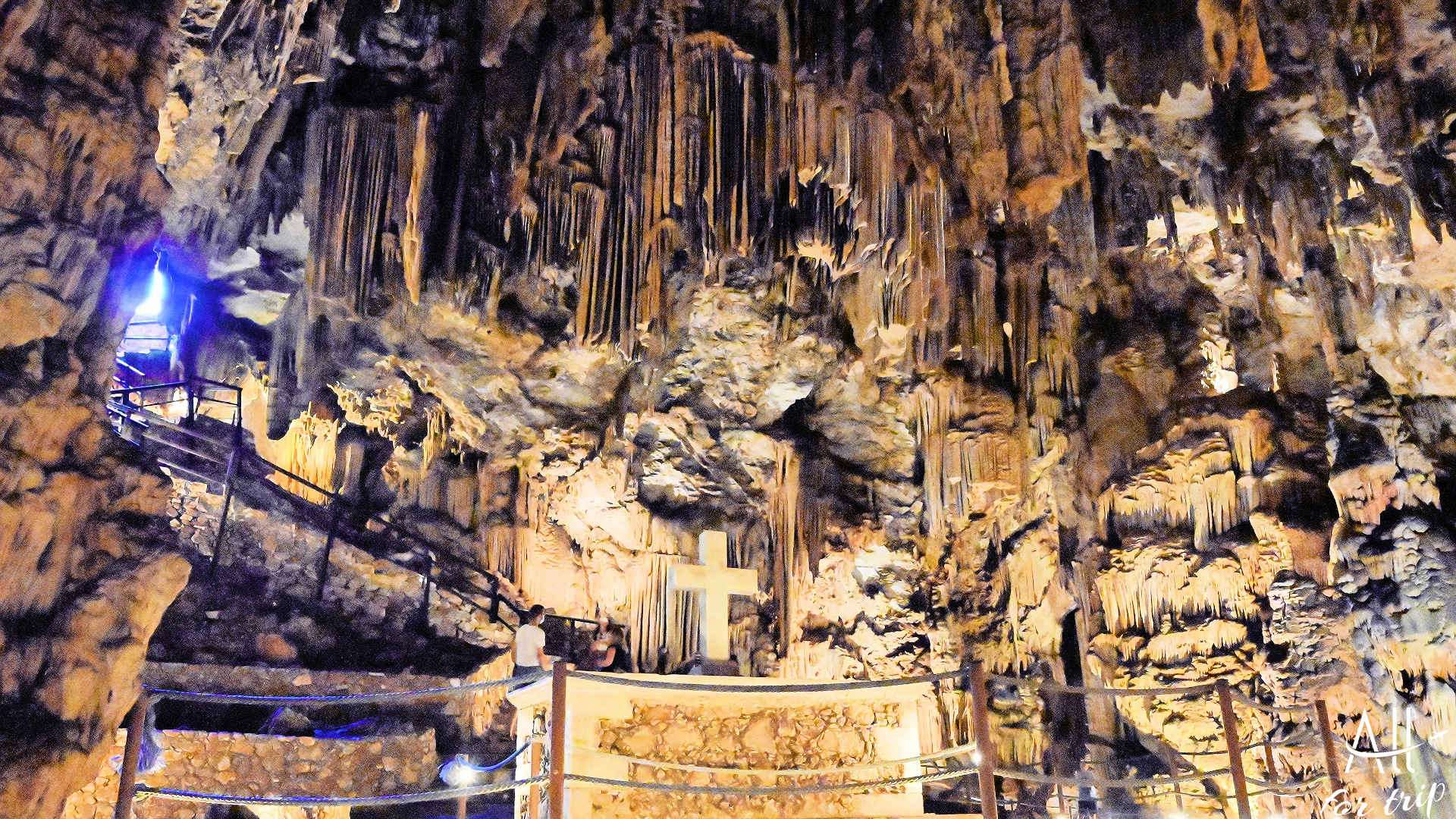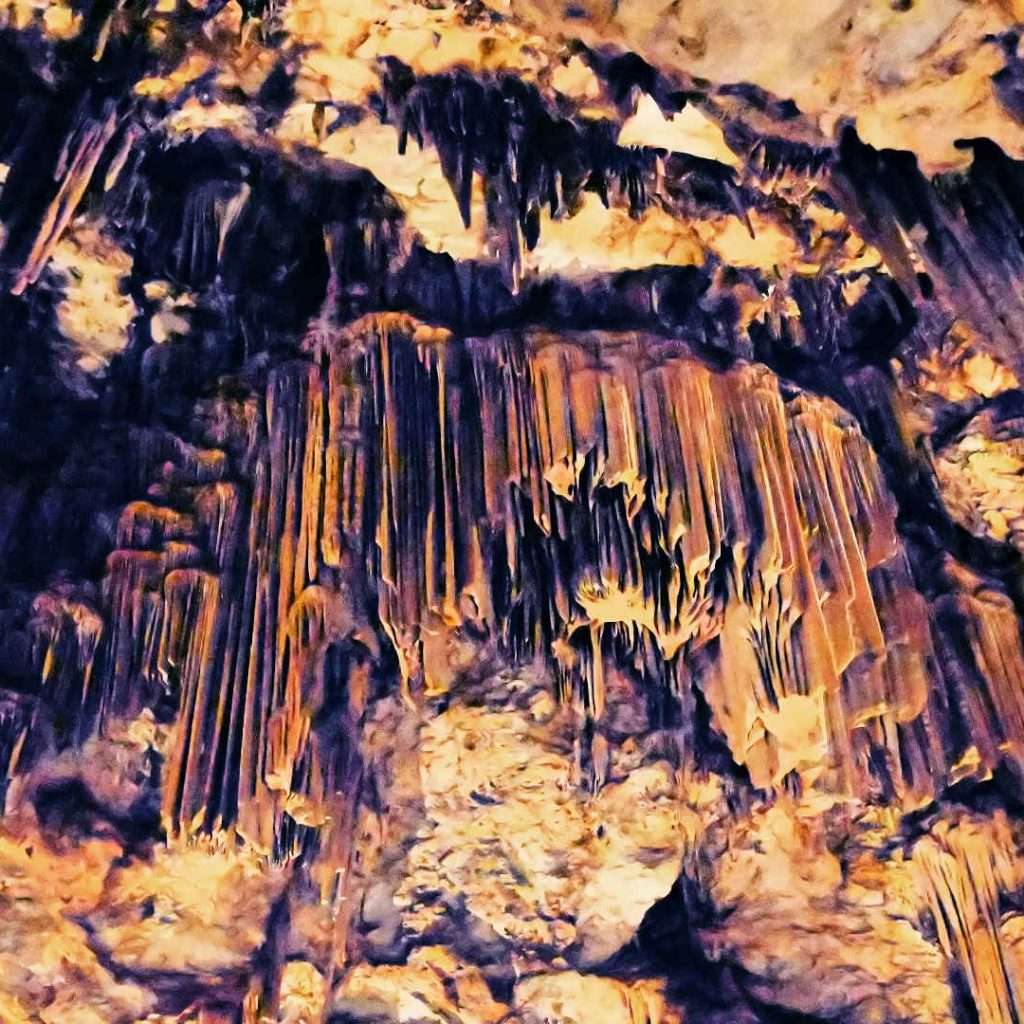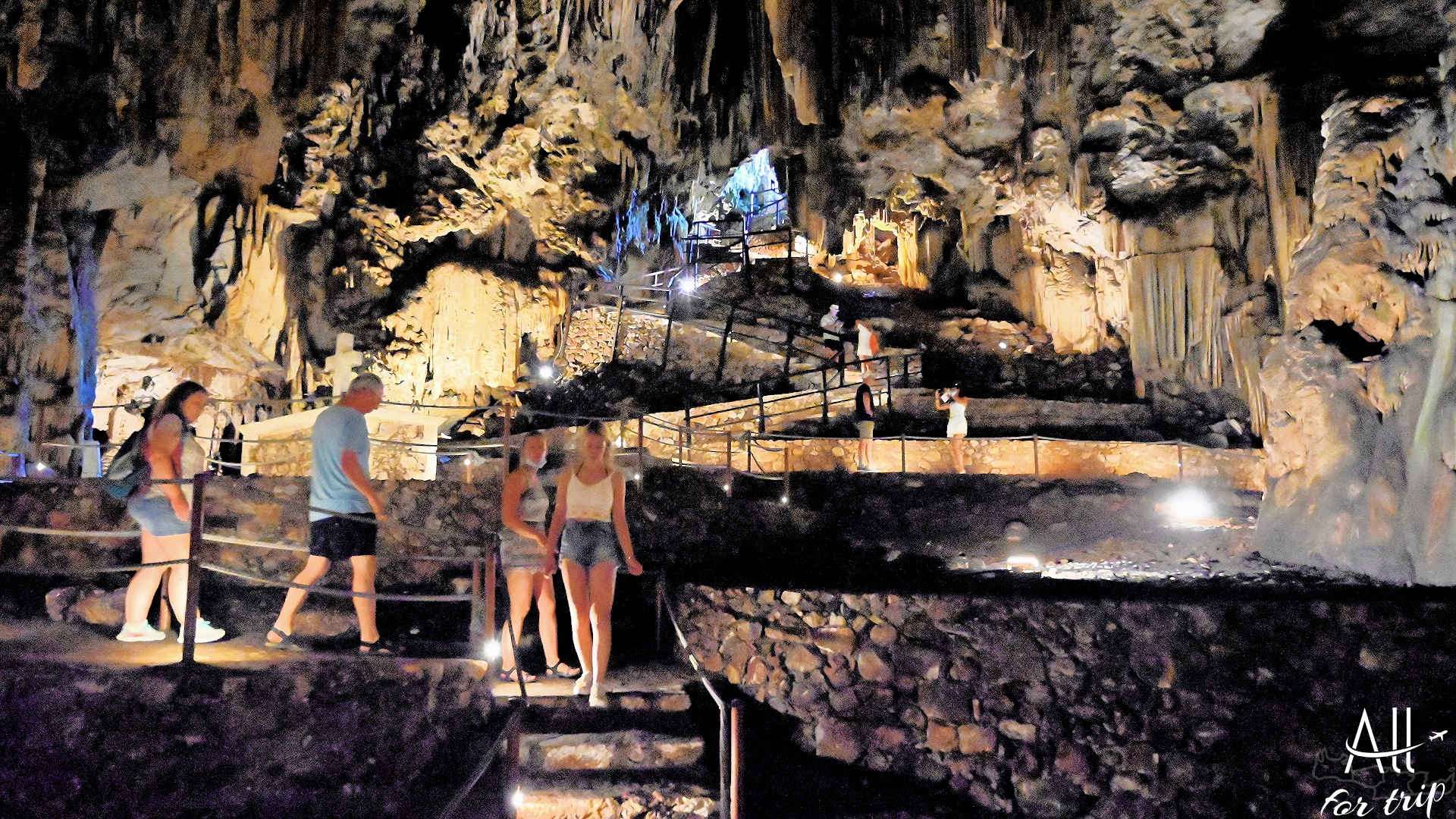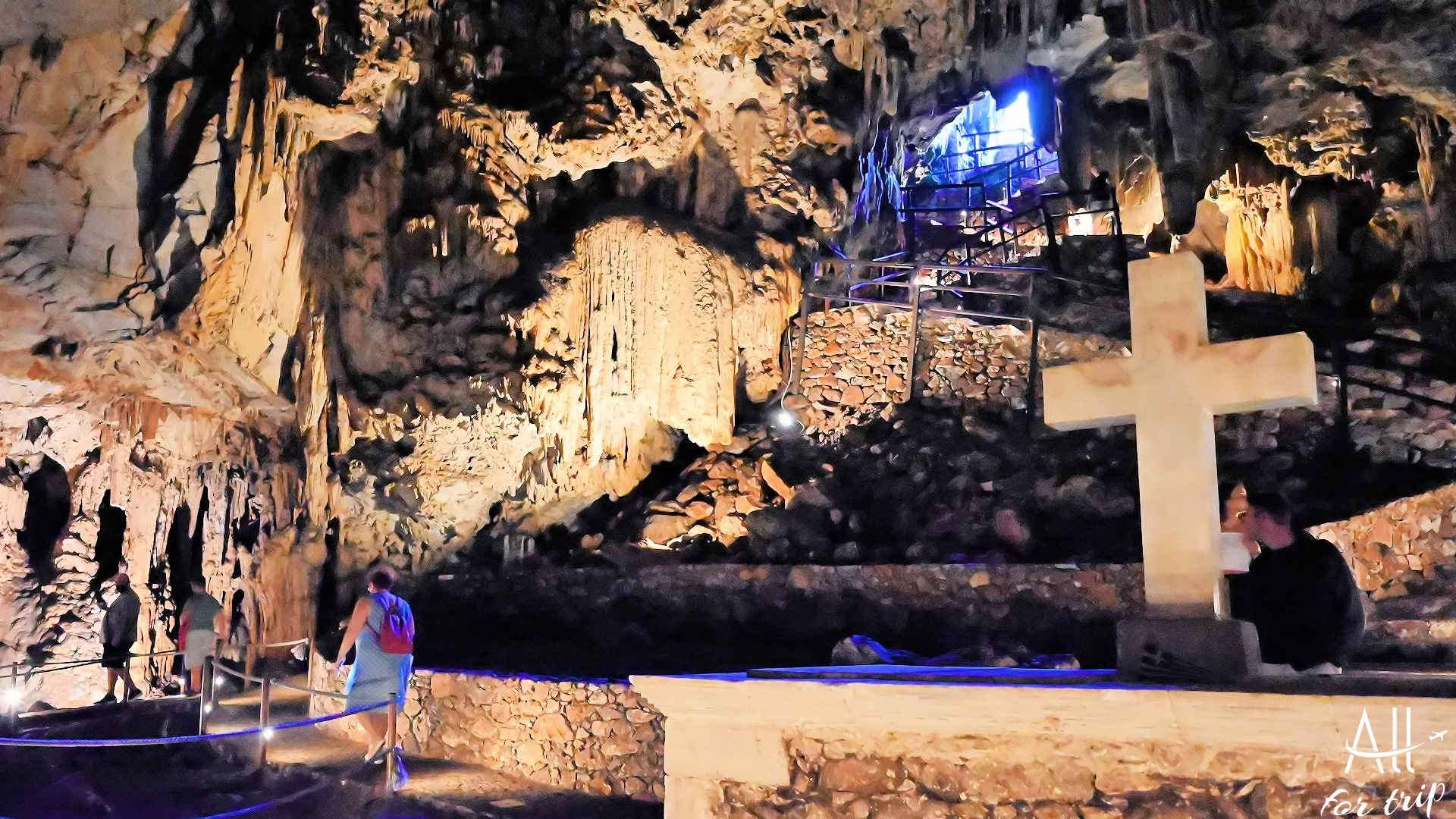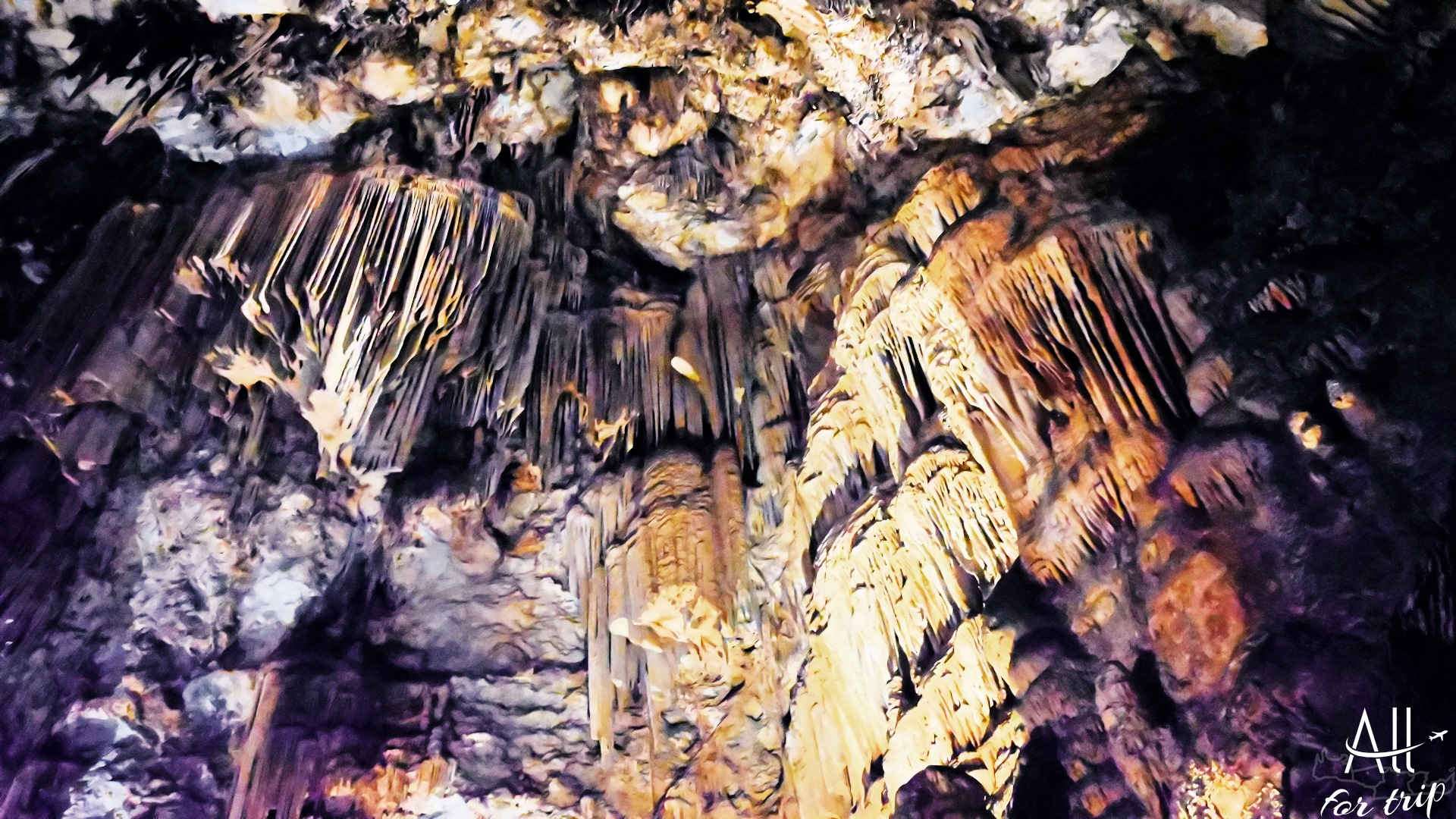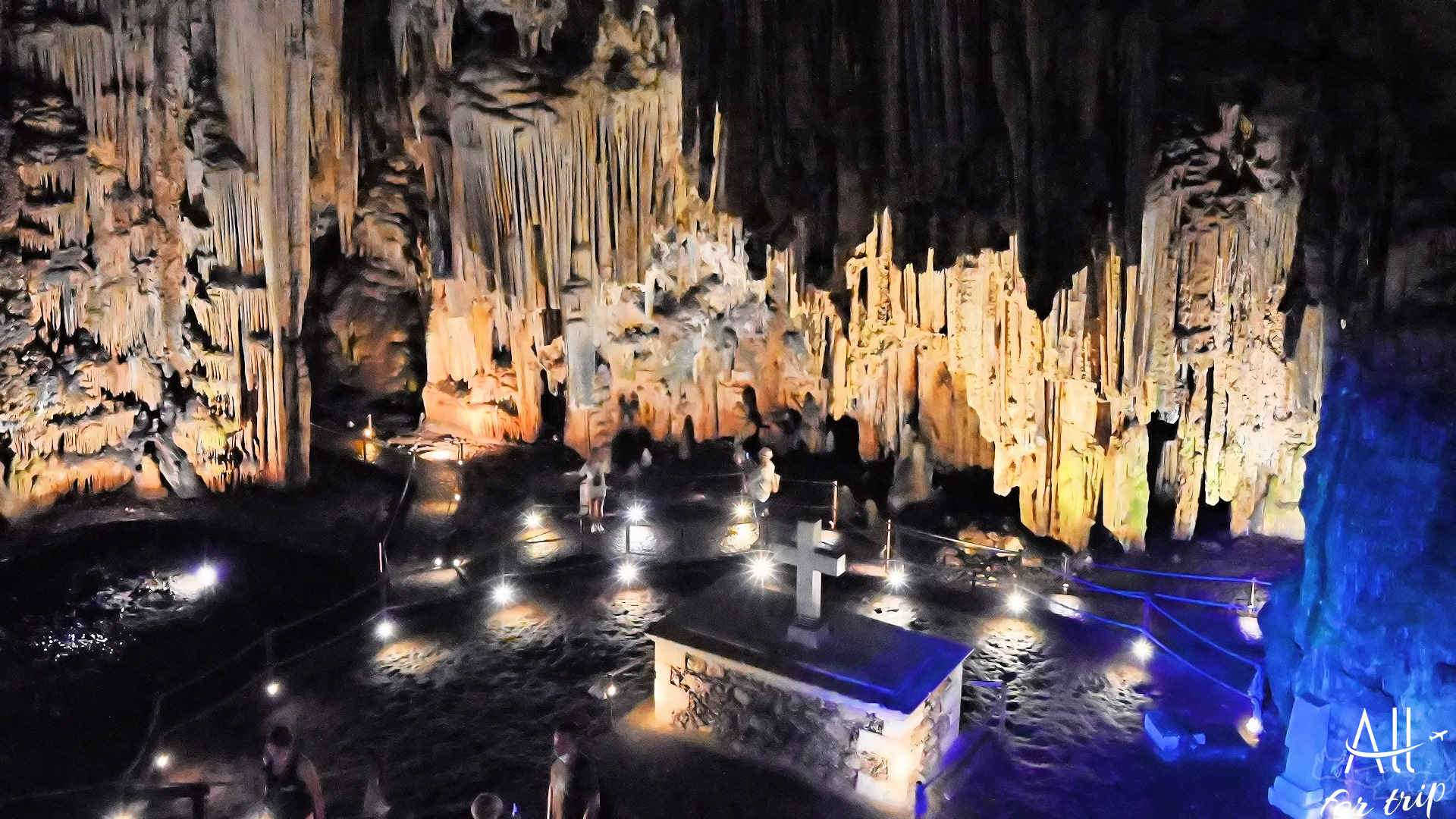
MELIDONI CAVE
ANNUNCIATION OF THE VIRGIN CHURCH
The entrance to the cave is only 2.2 km from the center of Melidoni village, which lies at an altitude of 220 meters on the south side of Mount Kouloukonas.
The settlement was named after the Byzantine Melidonis family: Melidoni, whose residents were farmers.
Wheat, olive trees and carob trees provided people with a living.
Shepherds lived around the settlement.
– located in the village: the episcopal seat of Parthenios
– Avlopotamos was proficient in science and astronomy, and he was also a talented painter.
GPS is very important! – because there are no street names in Western Crete. GPS: 35.384420, 24.729005
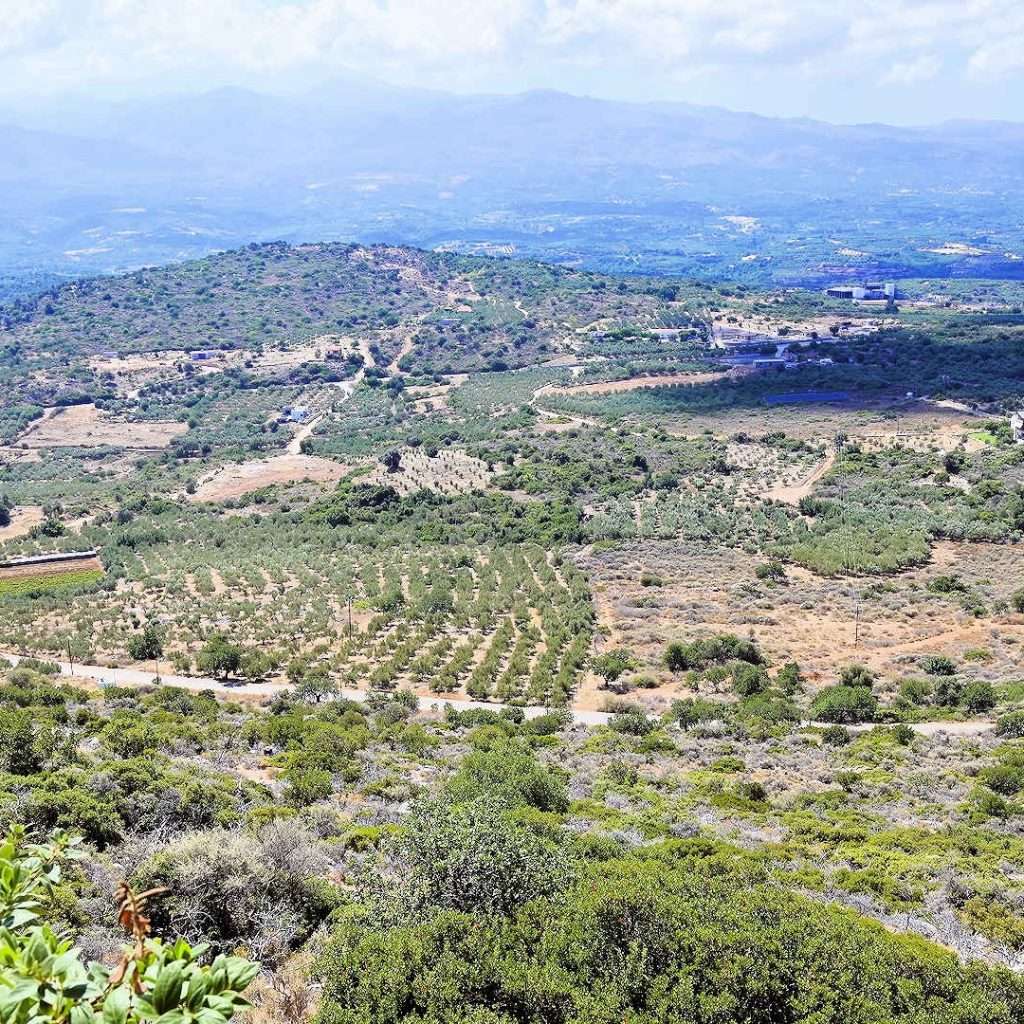
The Cave Café Gerontospilios is located in front of the cave, next to the free parking.
The cafe’s terrace offers a wonderful view of the area, it’s worth lingering over a coffee: to enjoy the fresh air and the atmosphere of the landscape.
After buying a ticket, the Church of the Annunciation of the Virgin appears in front of us as the guardian of the road leading to the cave.
Lovely little church: where the Cretans give thanks to God for all the love and beauty, what is surrounds us.
Passing by the church approx. the entrance to the cave is 50 meters away.
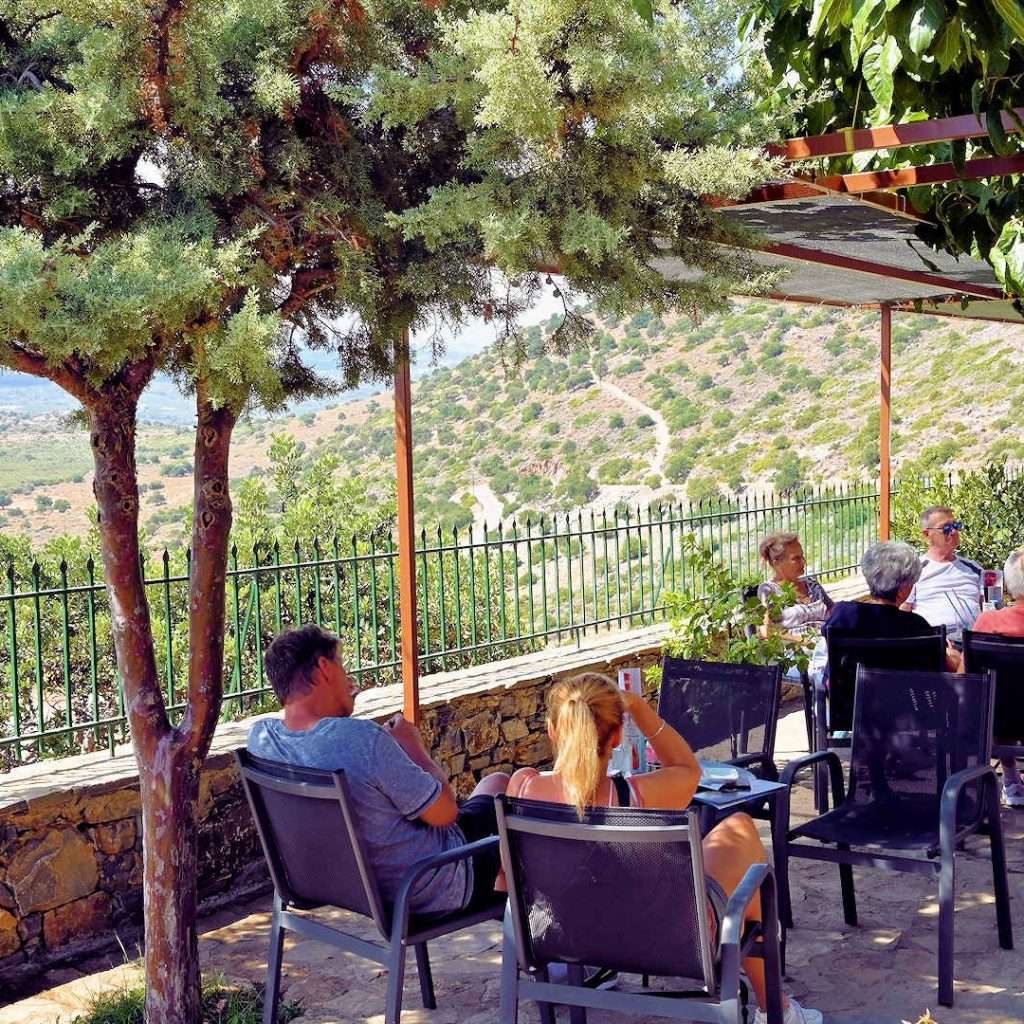
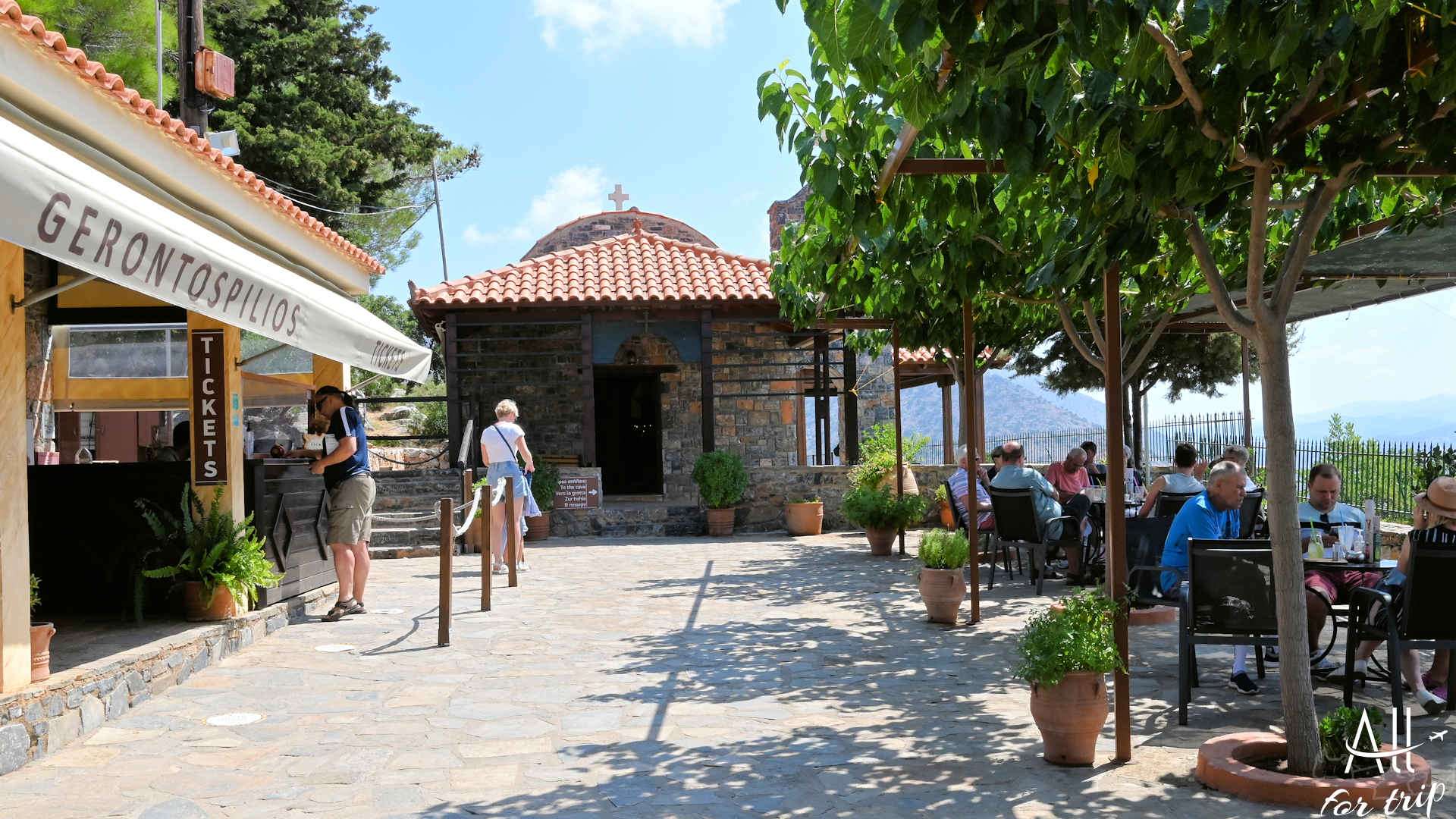
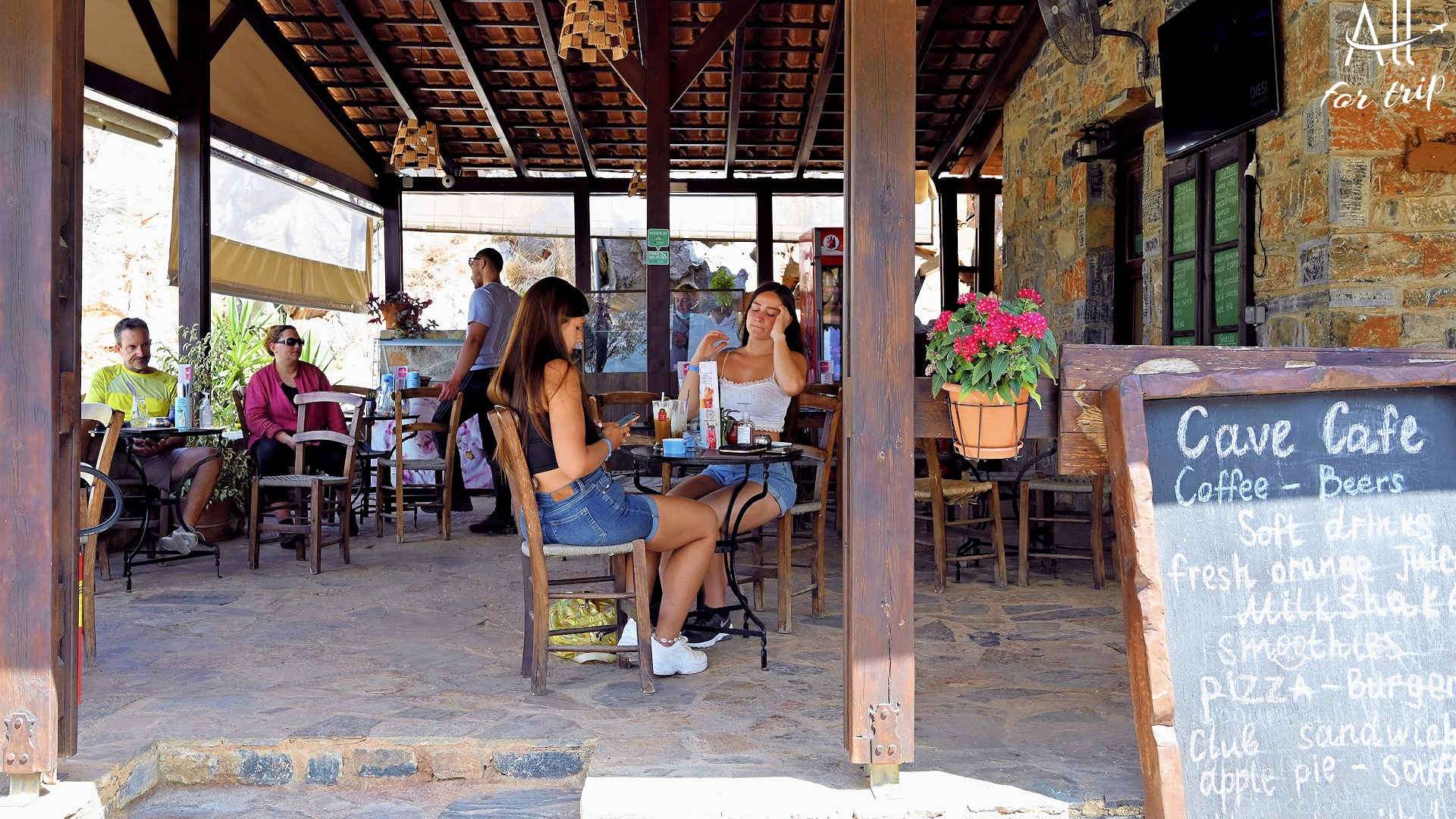
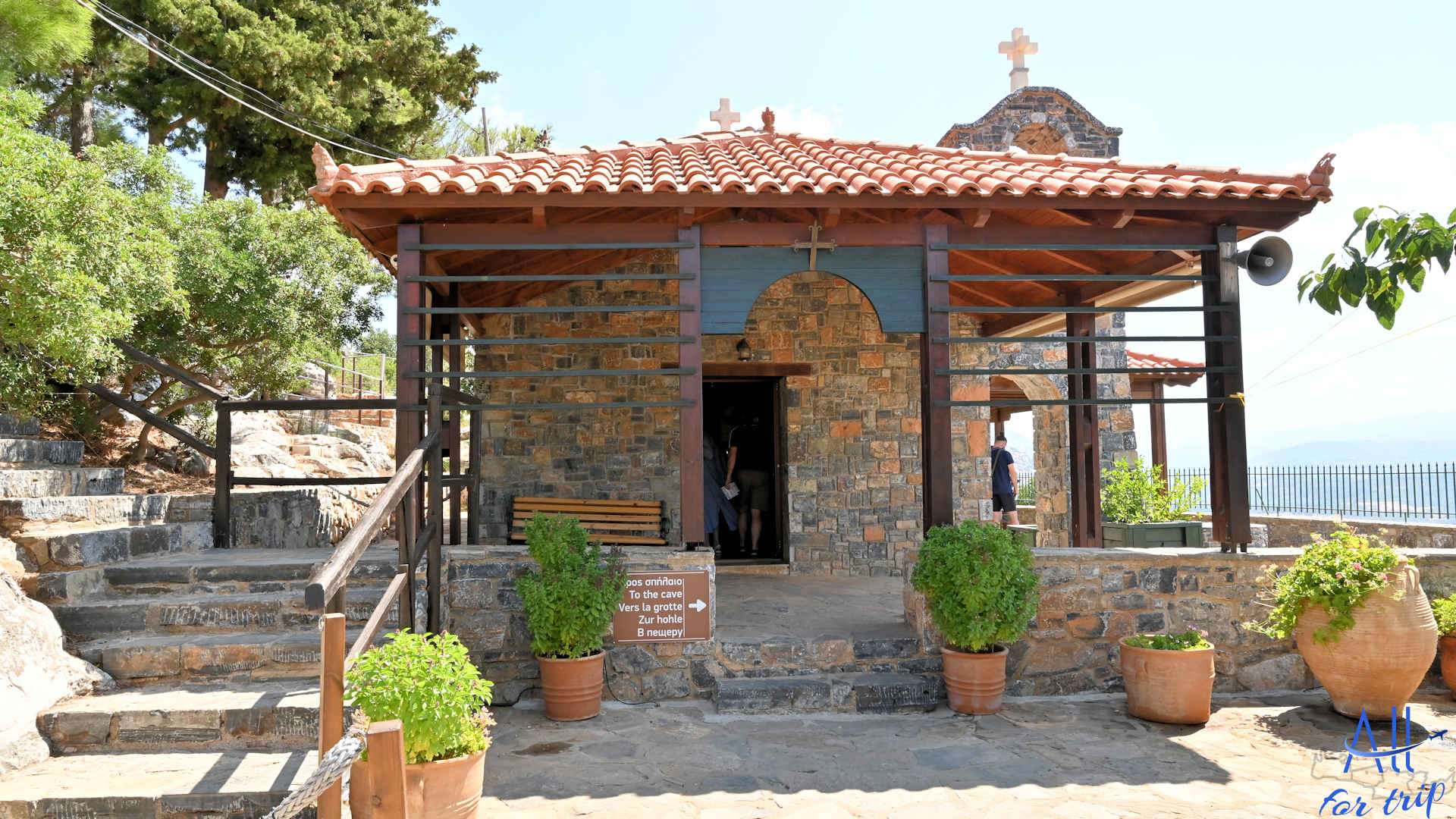
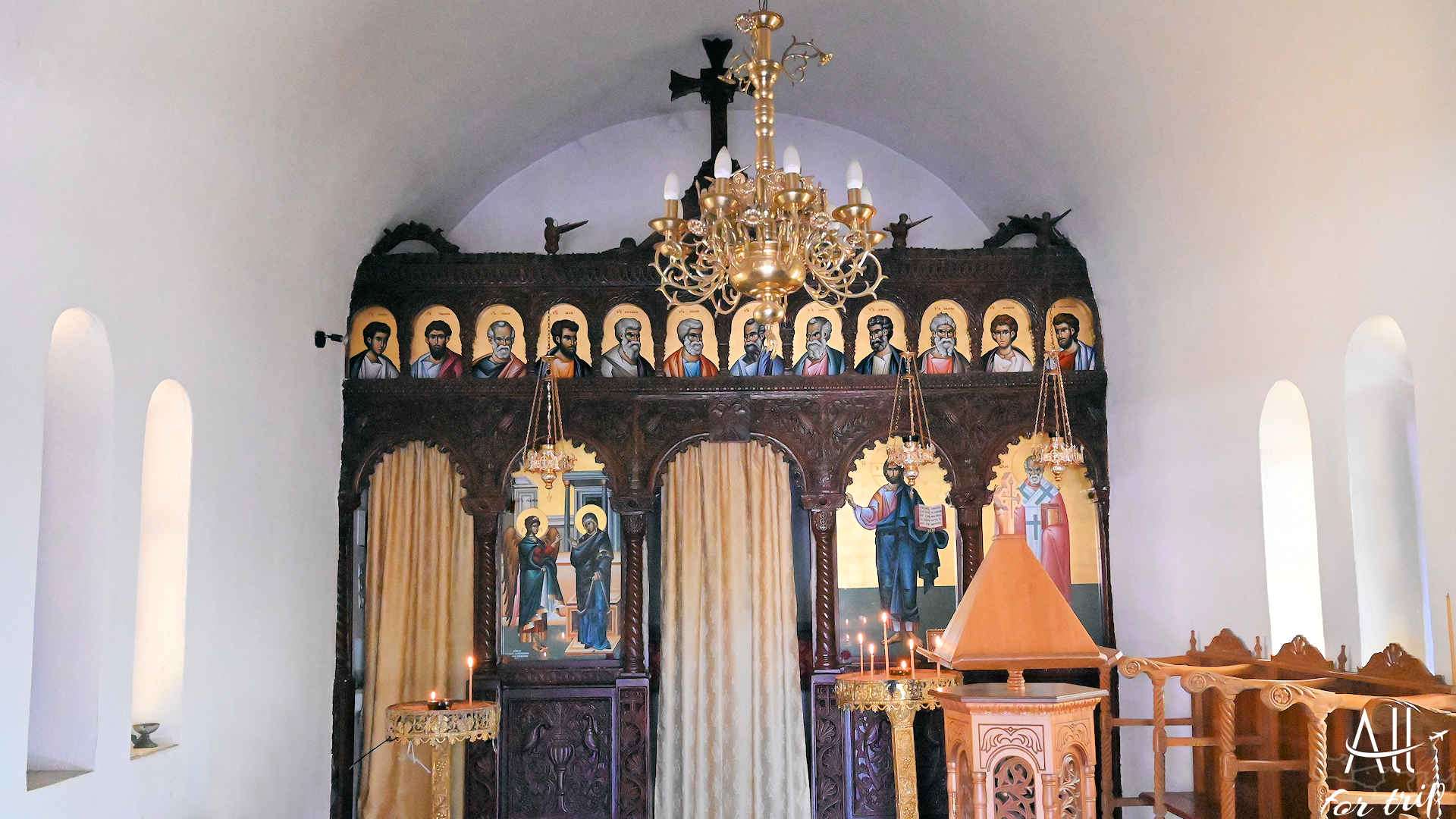
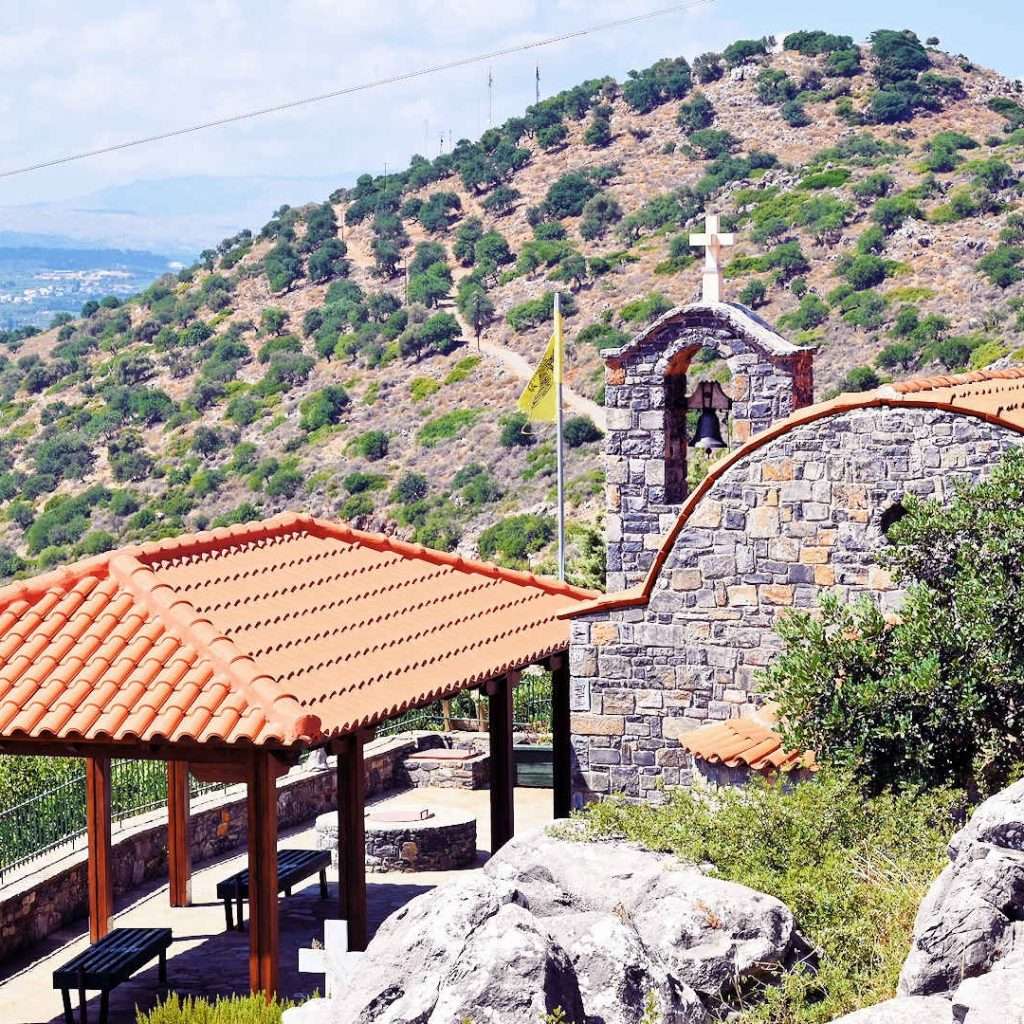
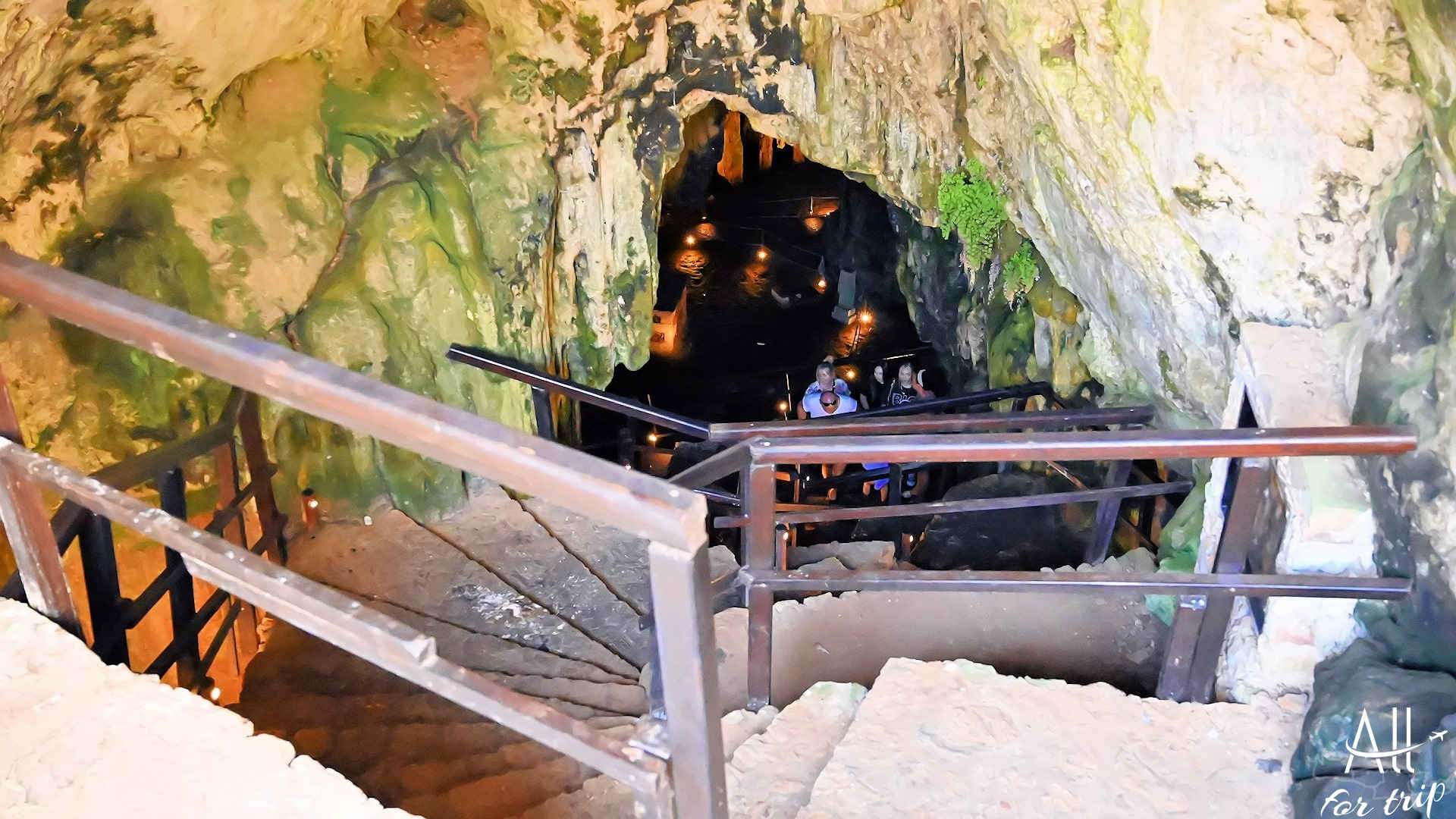
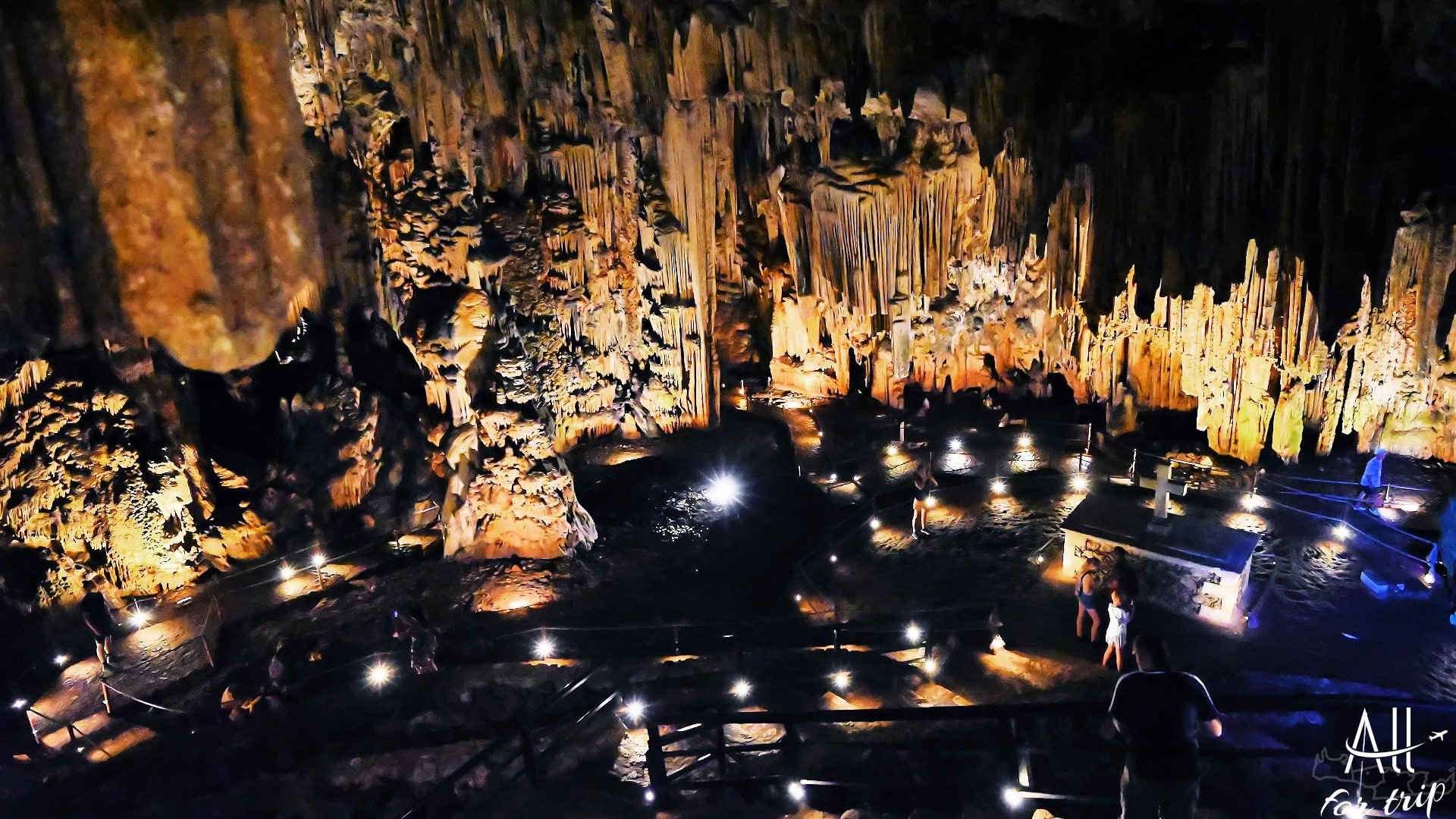
BC 2700 – BC 1450 – Minoan civilization – according to Greek mythology, Talos lived in this period, who was a bronze giant in human form: who was the guardian and protector of the island of Crete.
The Melidoni cave is also known as Gerondospilios: this is Gerondo, in Greek: Γεροντο – older man, this is a reference to Talos! – and spilios, which is Greek for cave: was created from this word connection.
1821 – during the Greek War of Independence, the Melidonis brothers: Giorgis, Antonis and Ilias fought for independence
– Giorgis, whom the Cretans respect as their protector, because he cured many people, with his medical experience abroad, and brought smallpox vaccination to Crete. With this, he saved the Cretans from the smallpox epidemic.
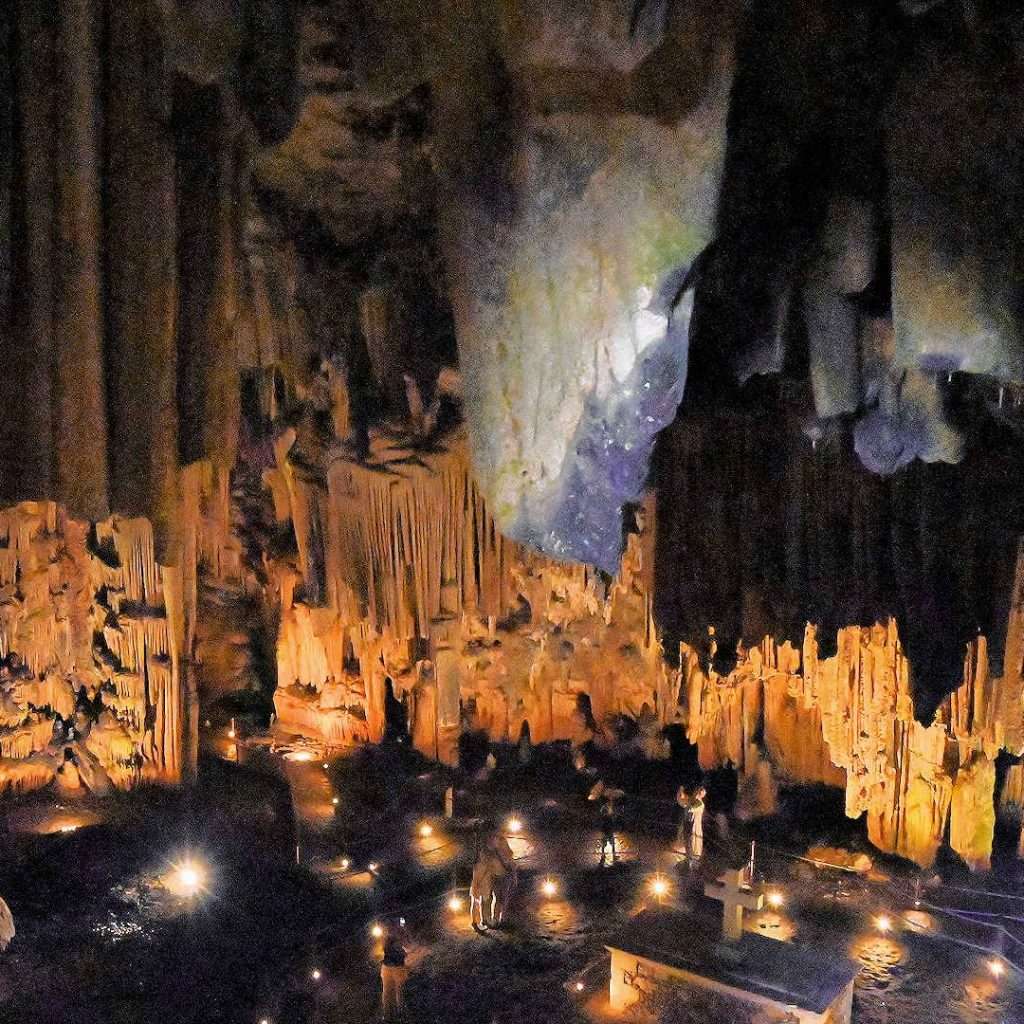
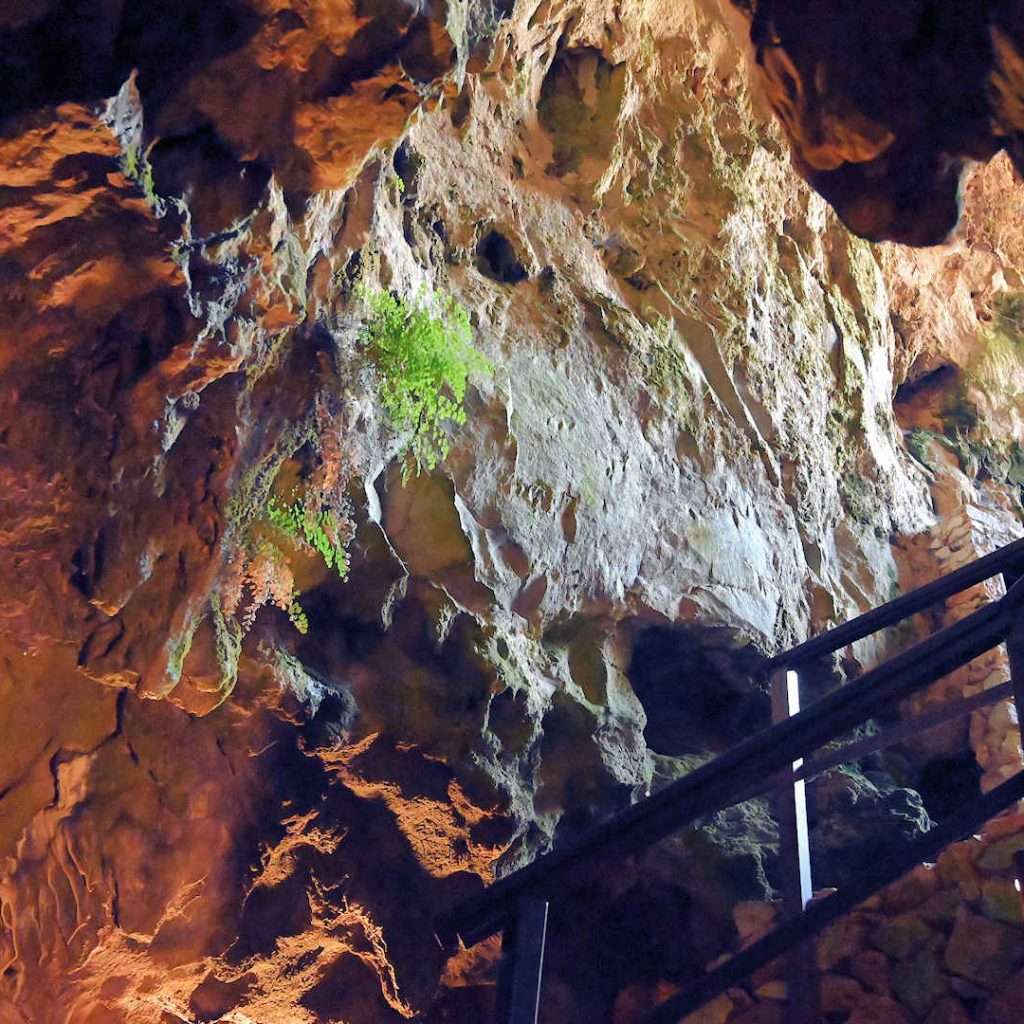
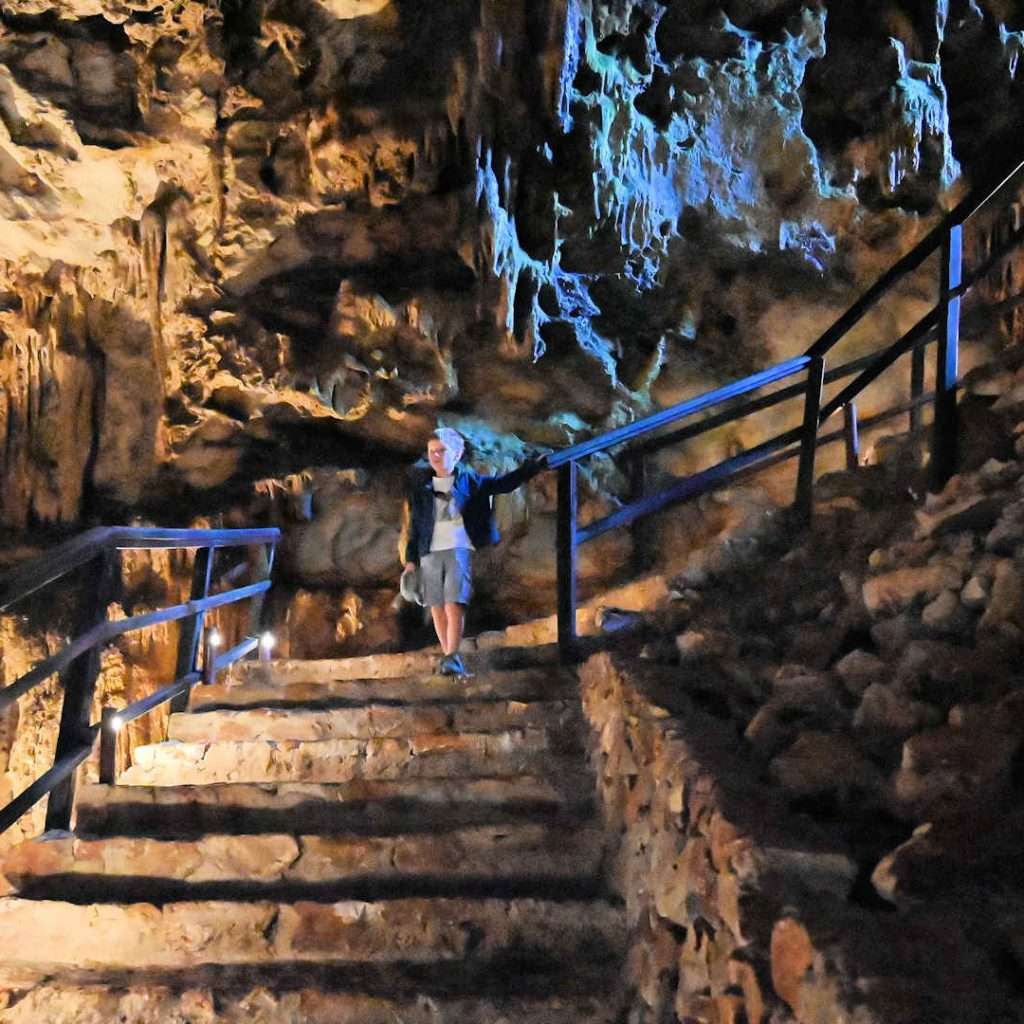
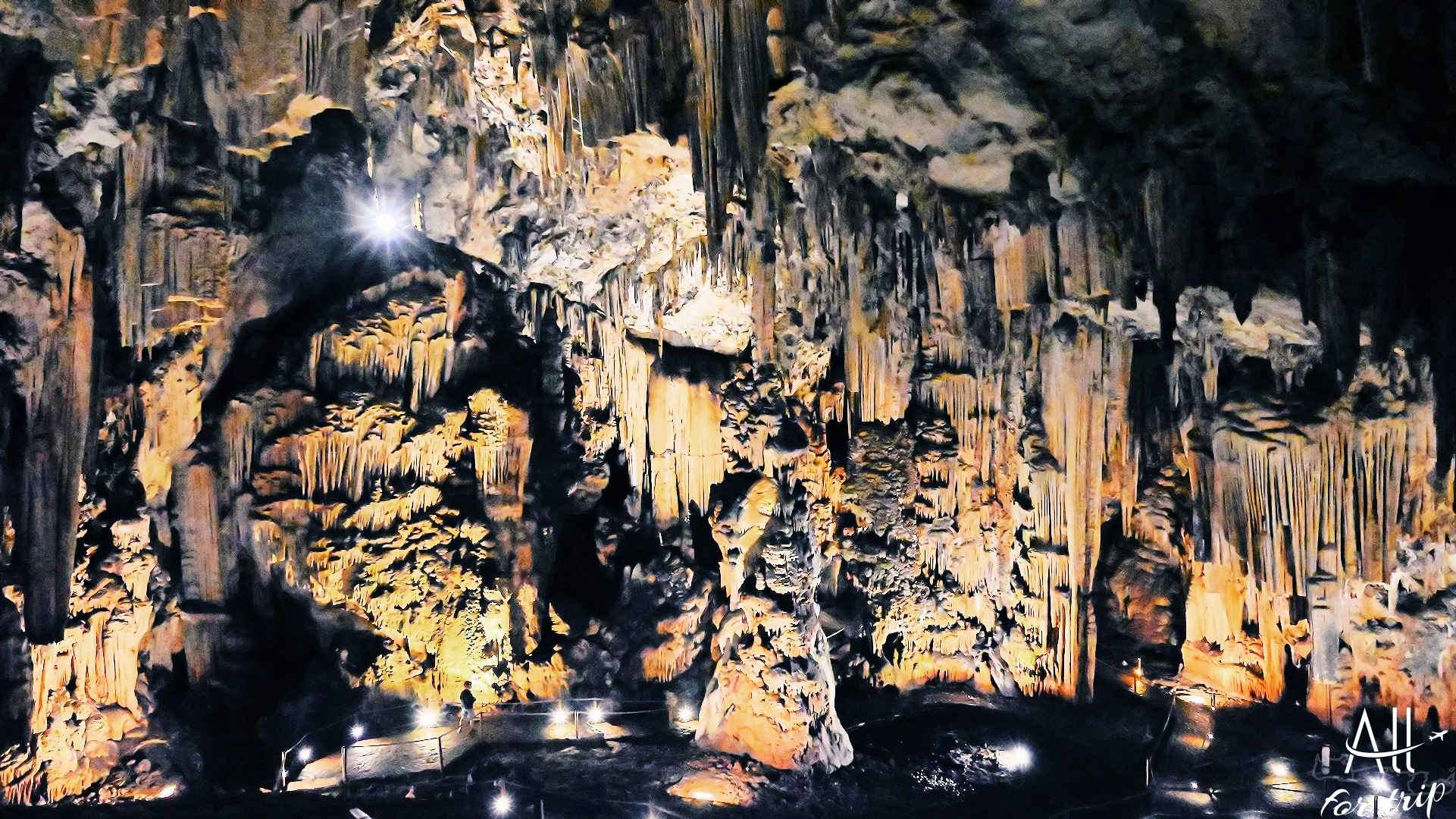
– later he became an adviser to the first governor of Crete: Michalis Komninos Afentoulis
– the Turks could not defeat the Greeks, so they asked Mehmet Ali from Egypt for help, who wanted to annex the island of Crete to Egypt
1822 May 28 – Hassan Pasha launched a campaign, the people found shelter in the cave.
1823 Early October – under the leadership of Hussein Bey, the Ottoman and Egyptian troops arrived in Melidoni. 370 women and children hid in the cave, as well as soldiers: who tried to protect civilians.
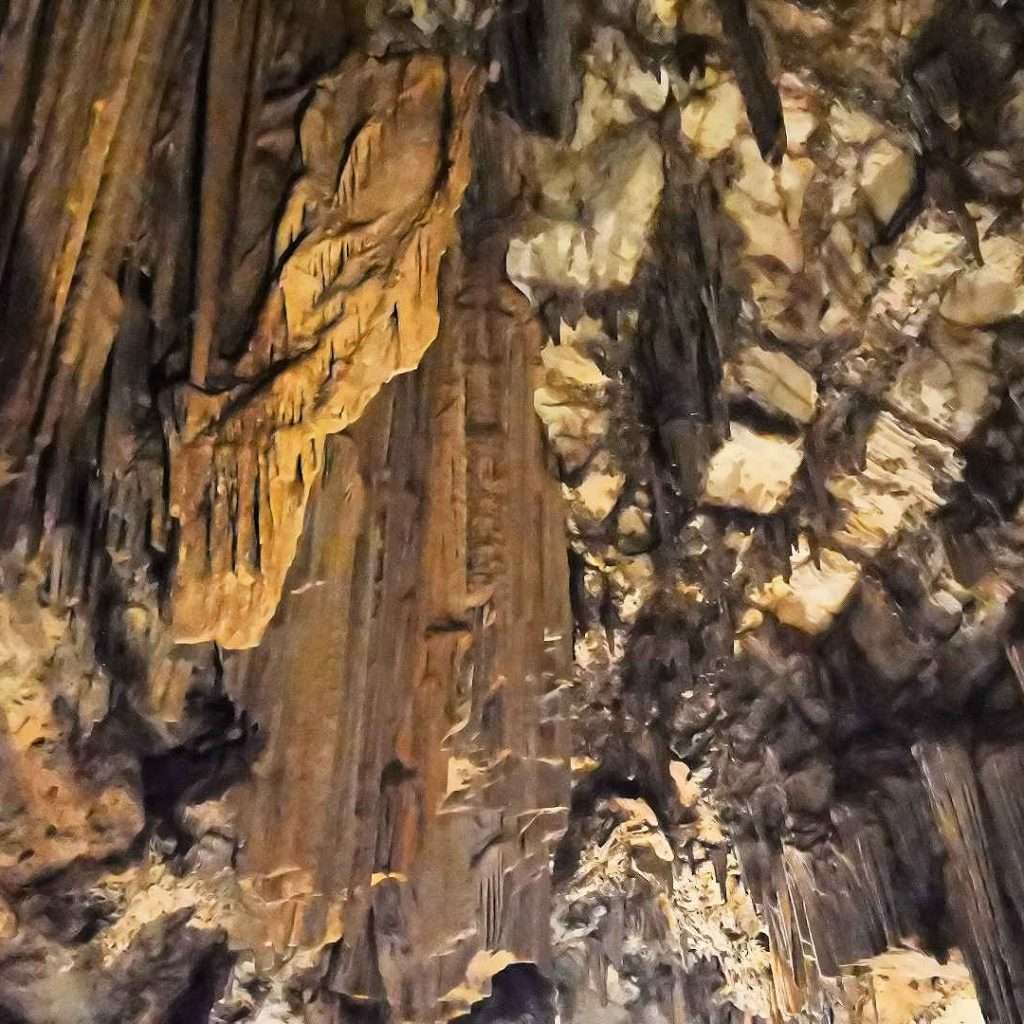
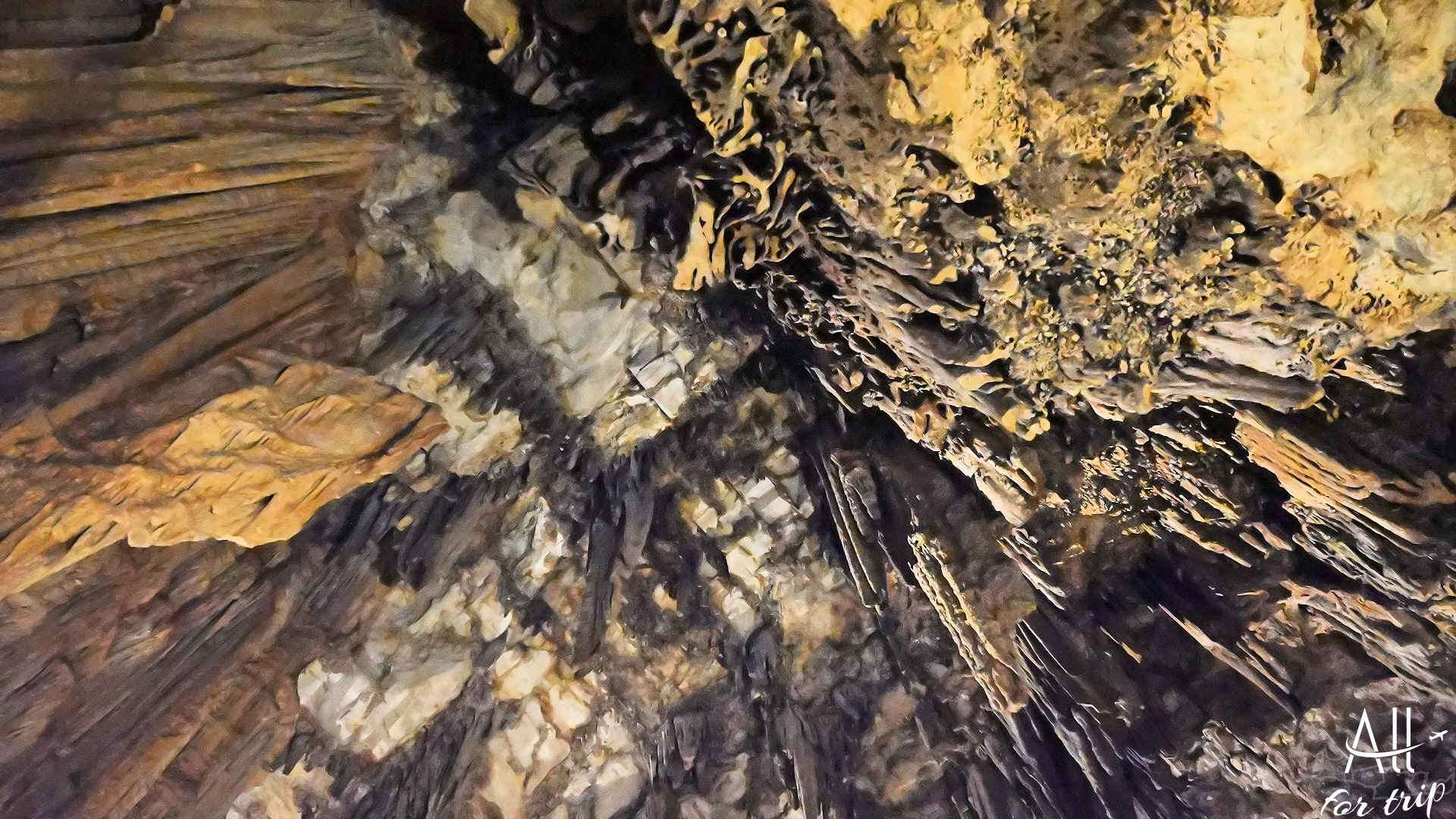
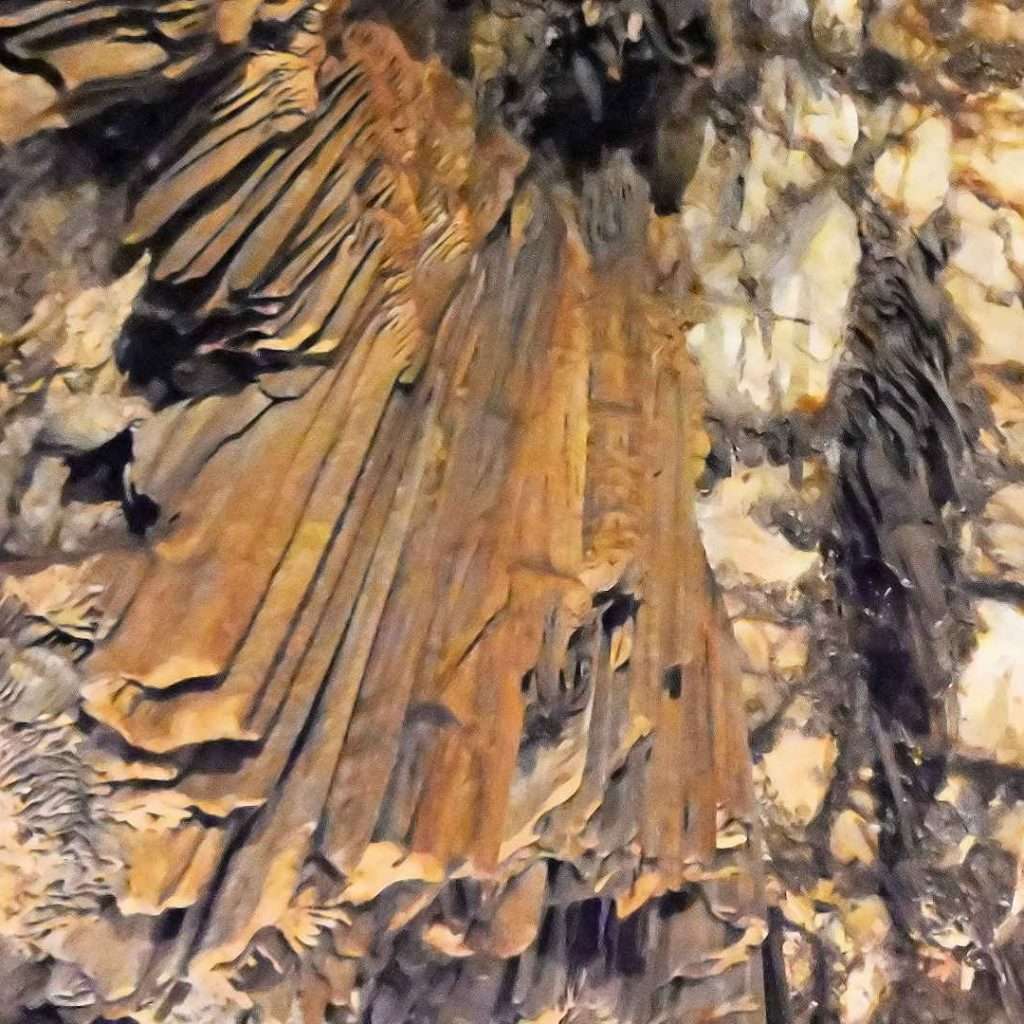
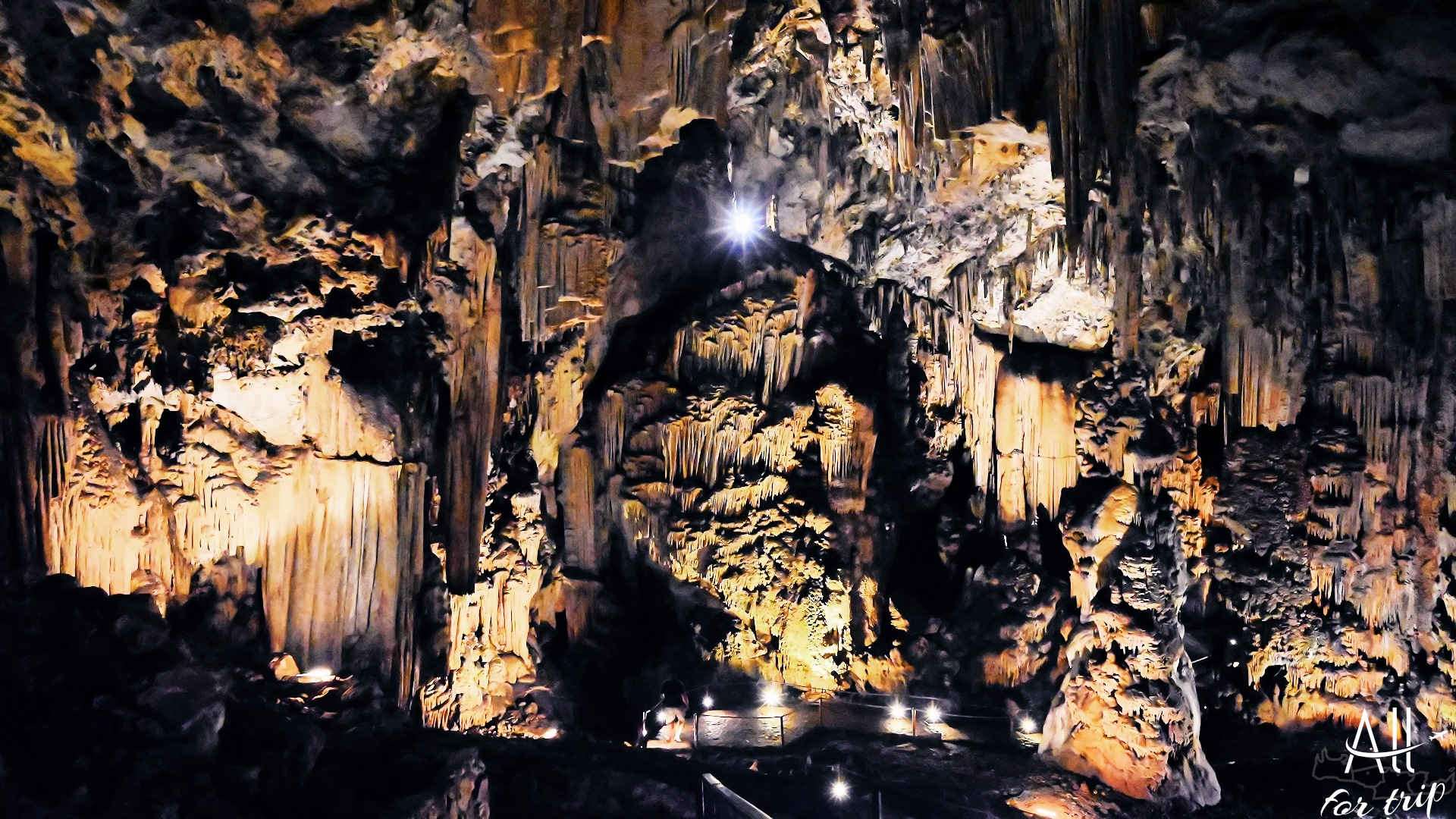
1824 January 24 – since the people who sought refuge in the cave did not surrender, therefore Hussein with his soldiers set fire to the entrance of the cave. All the people in the cave died.
1834 – The English explorer Robert Pashley and Manolis Kirmizakis discovered the bones of the martyrs during their research.
The sarcophagus containing the bones of the heroes can be sean in the central part of the cave.
1897, 13 and 17 October – seat of the Cretan Assembly, when Crete was declared an autonomous state
1928 – tools from the Neolithic age were discovered
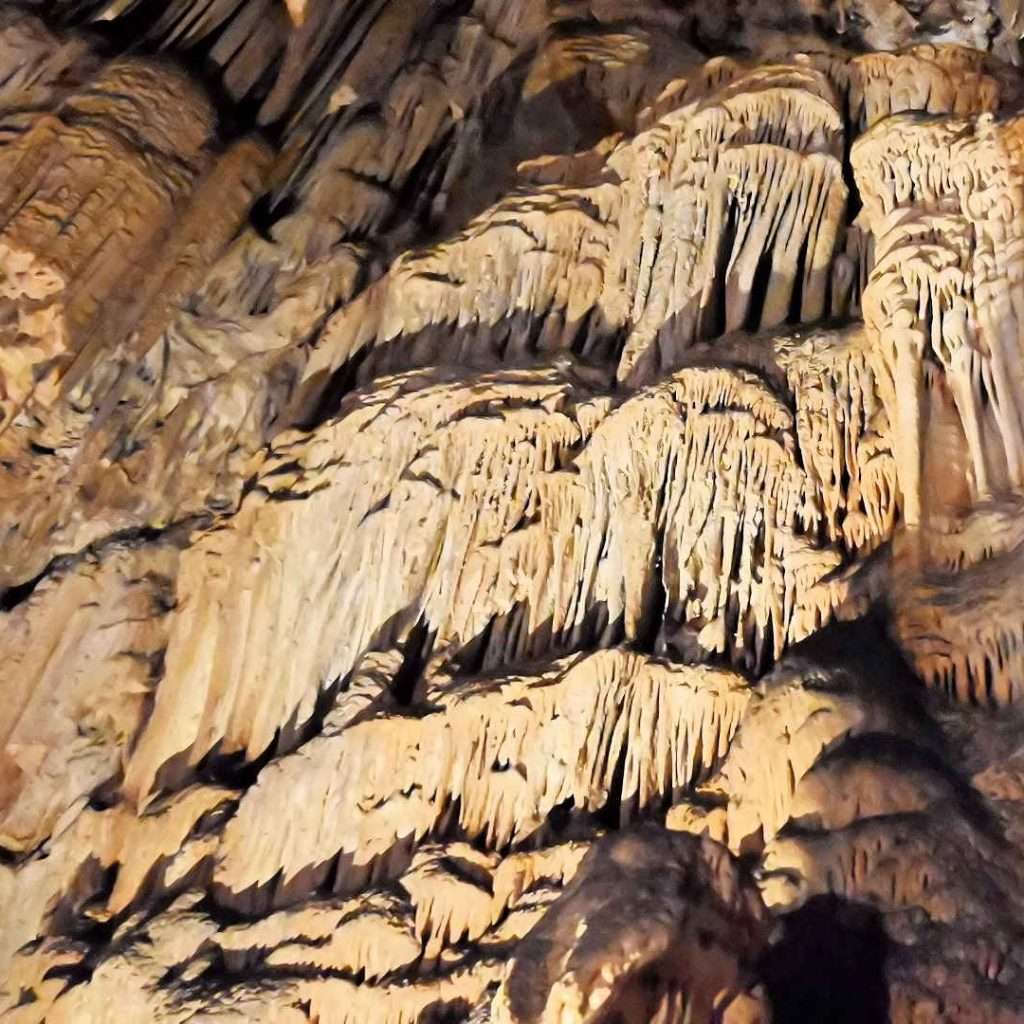
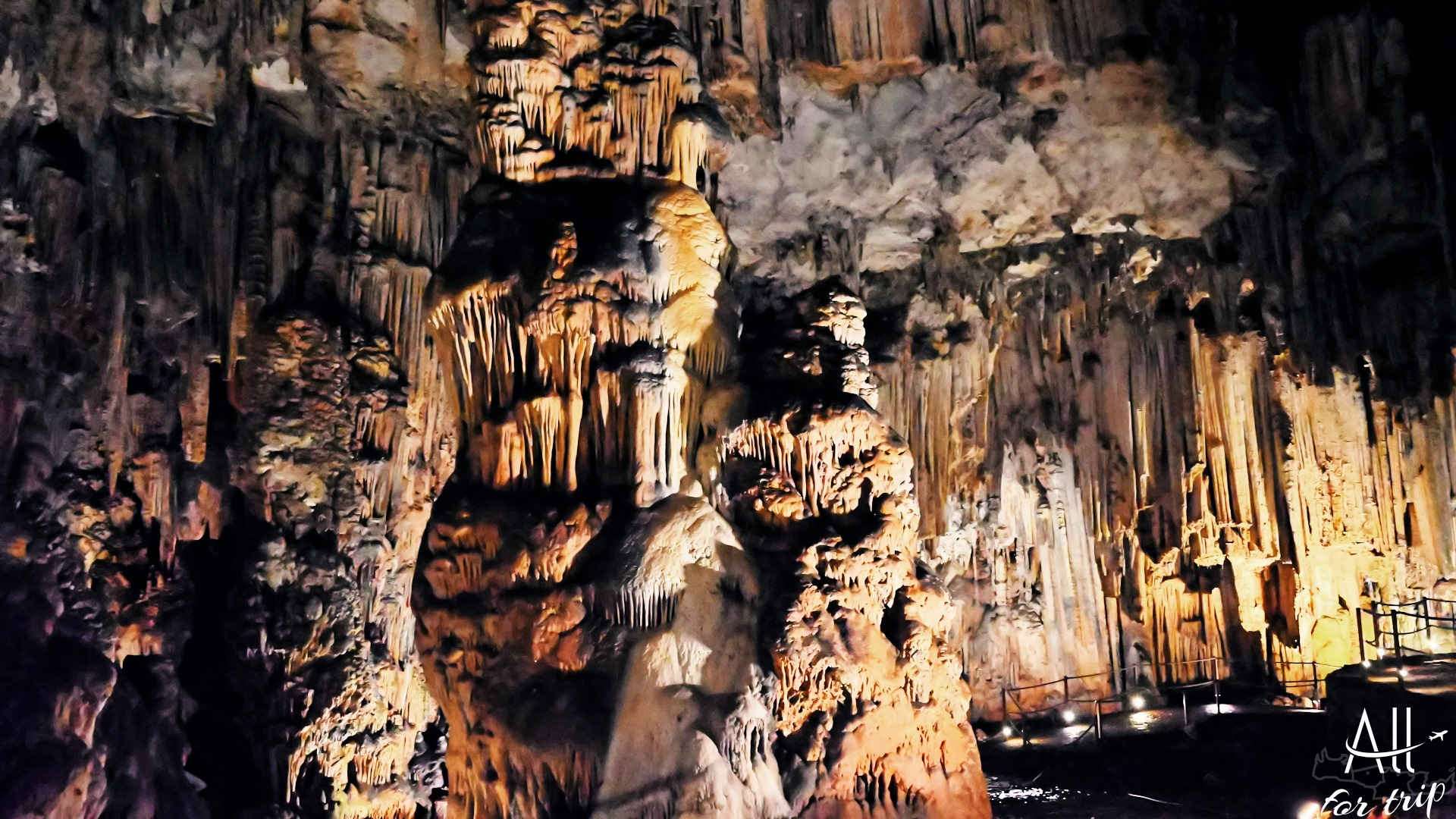
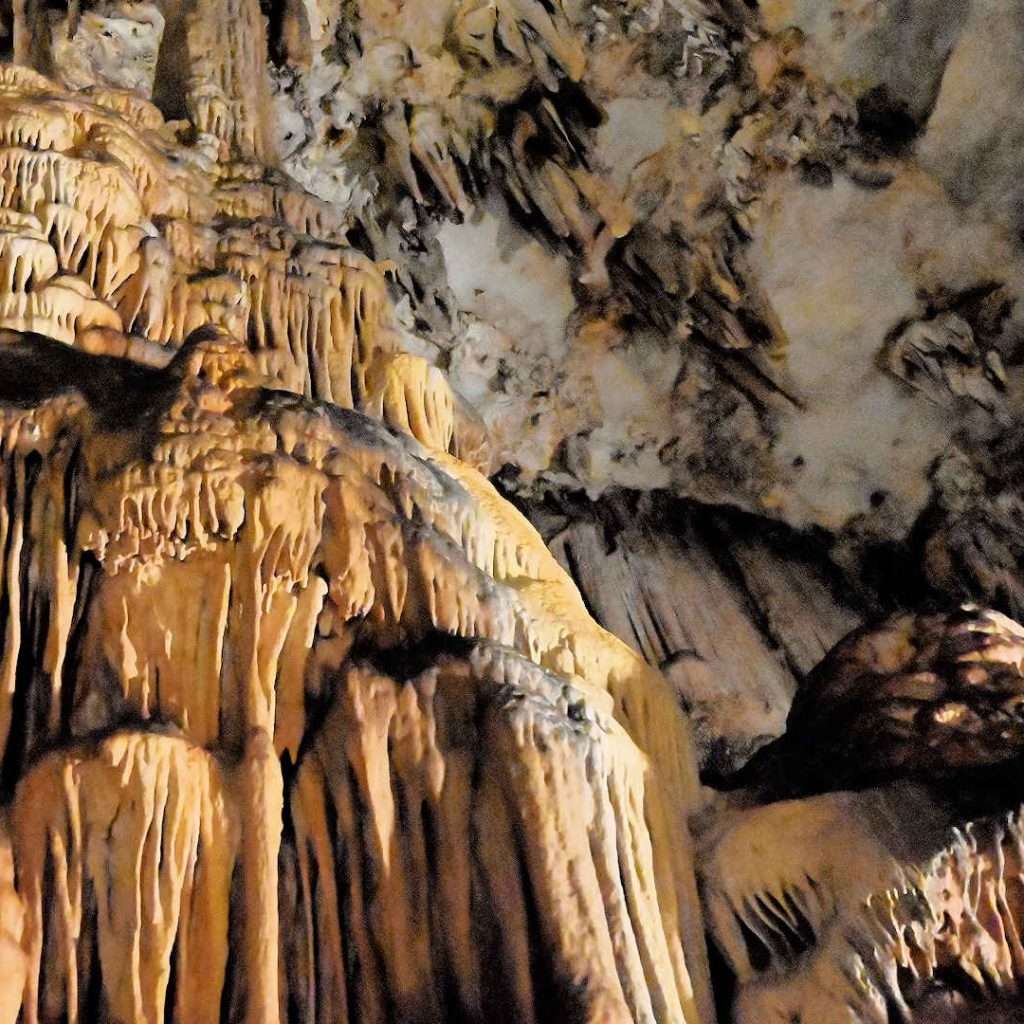
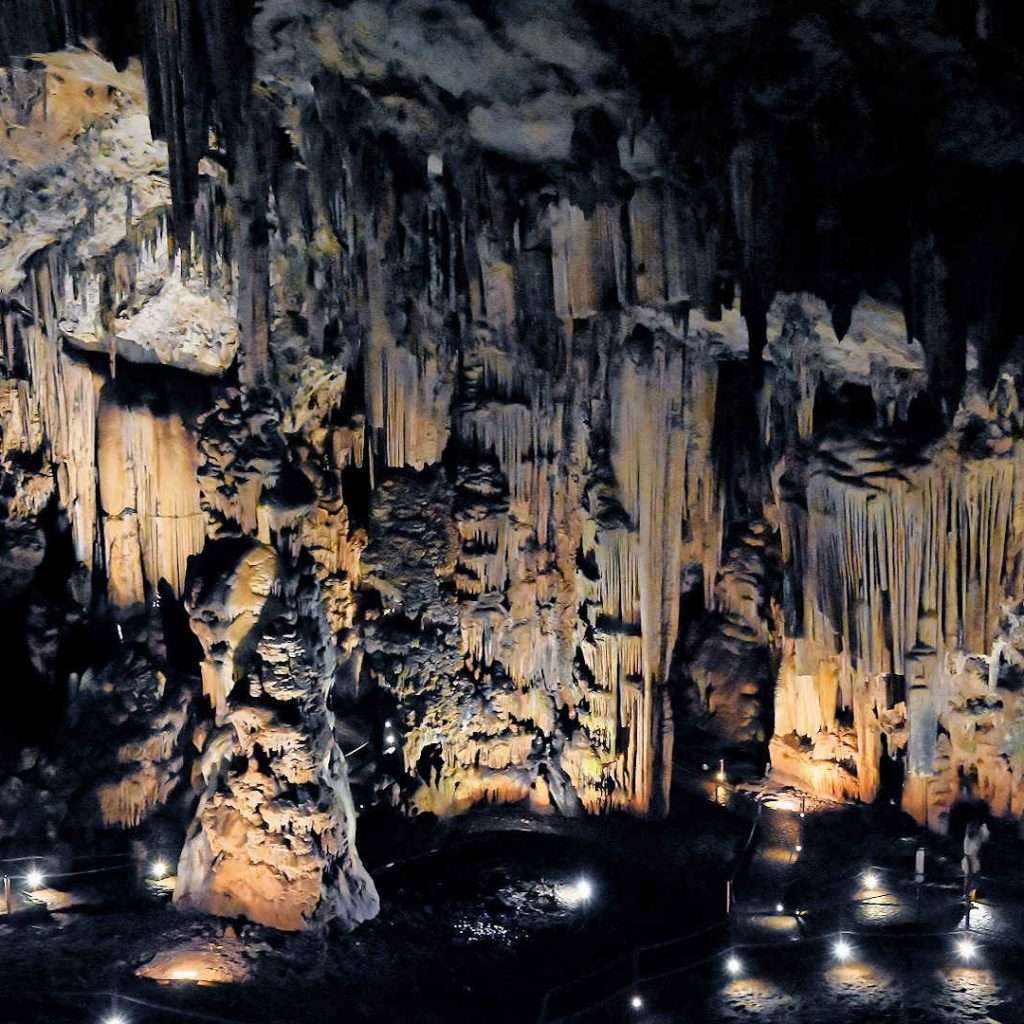
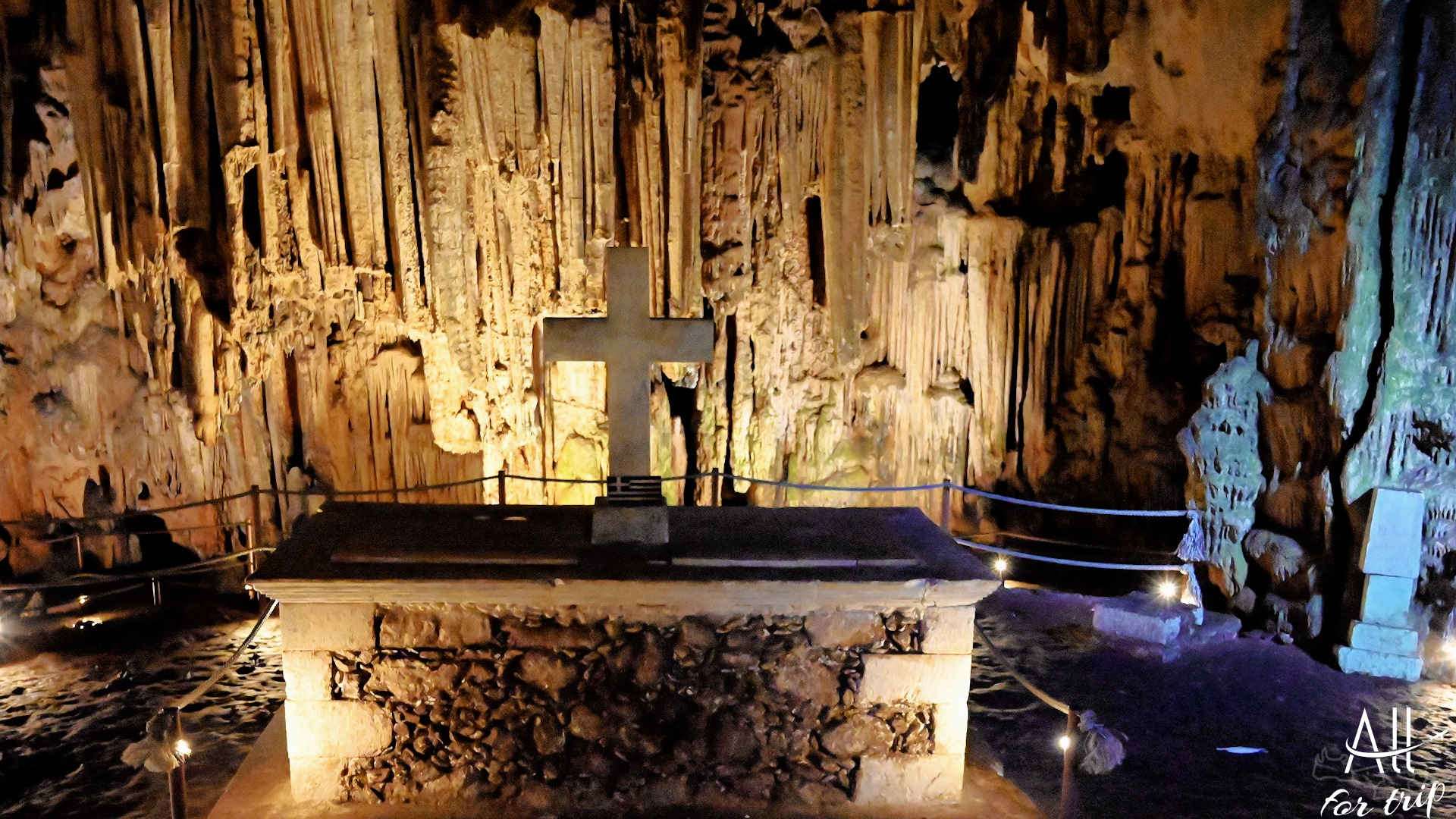
1979 – the establishment of the Melidoni Cultural Association. The organization’s primary goal is to promote the quality of education and preserve cultural values.
The balls and weddings held in the next to the village’s central well are still very atmospheric today.
The most important archaeological finds from the cave area and the village can be seen in the Archaeological Museum of Rethymno.
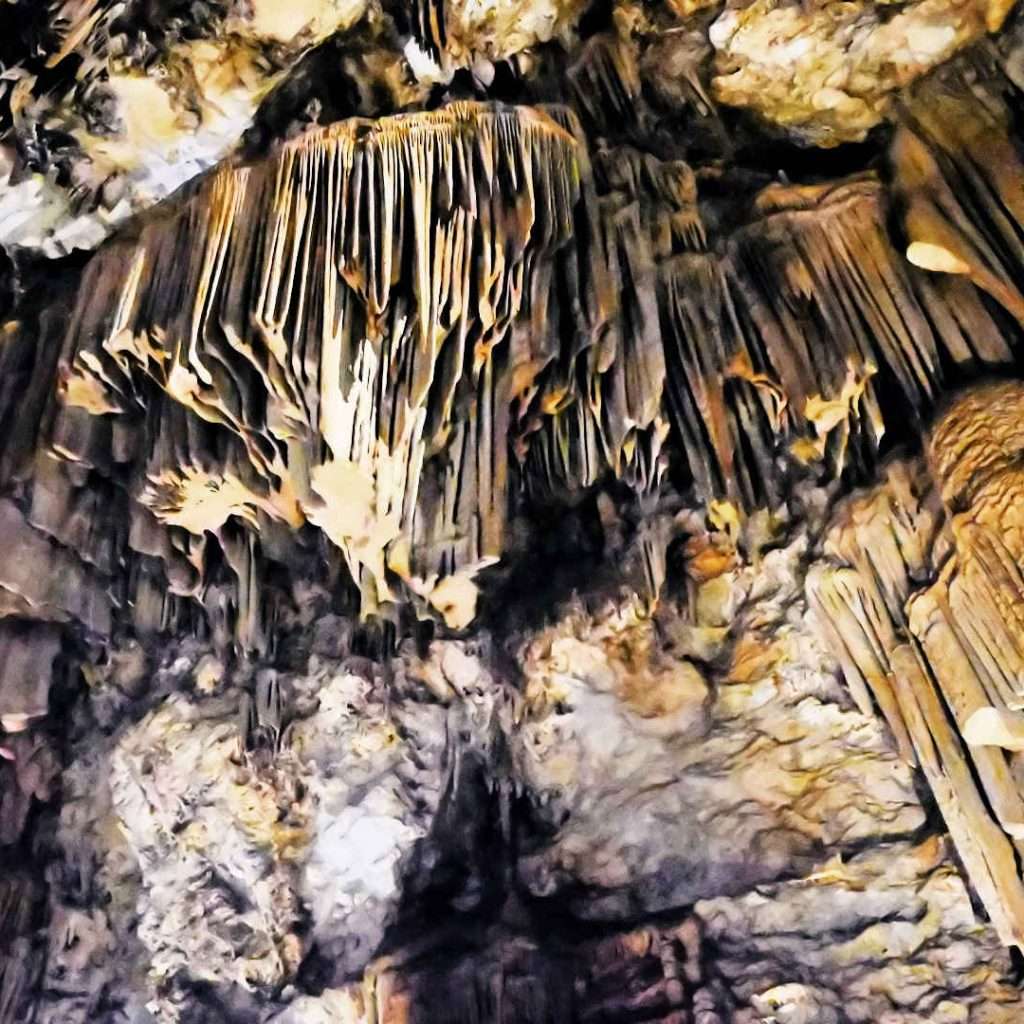
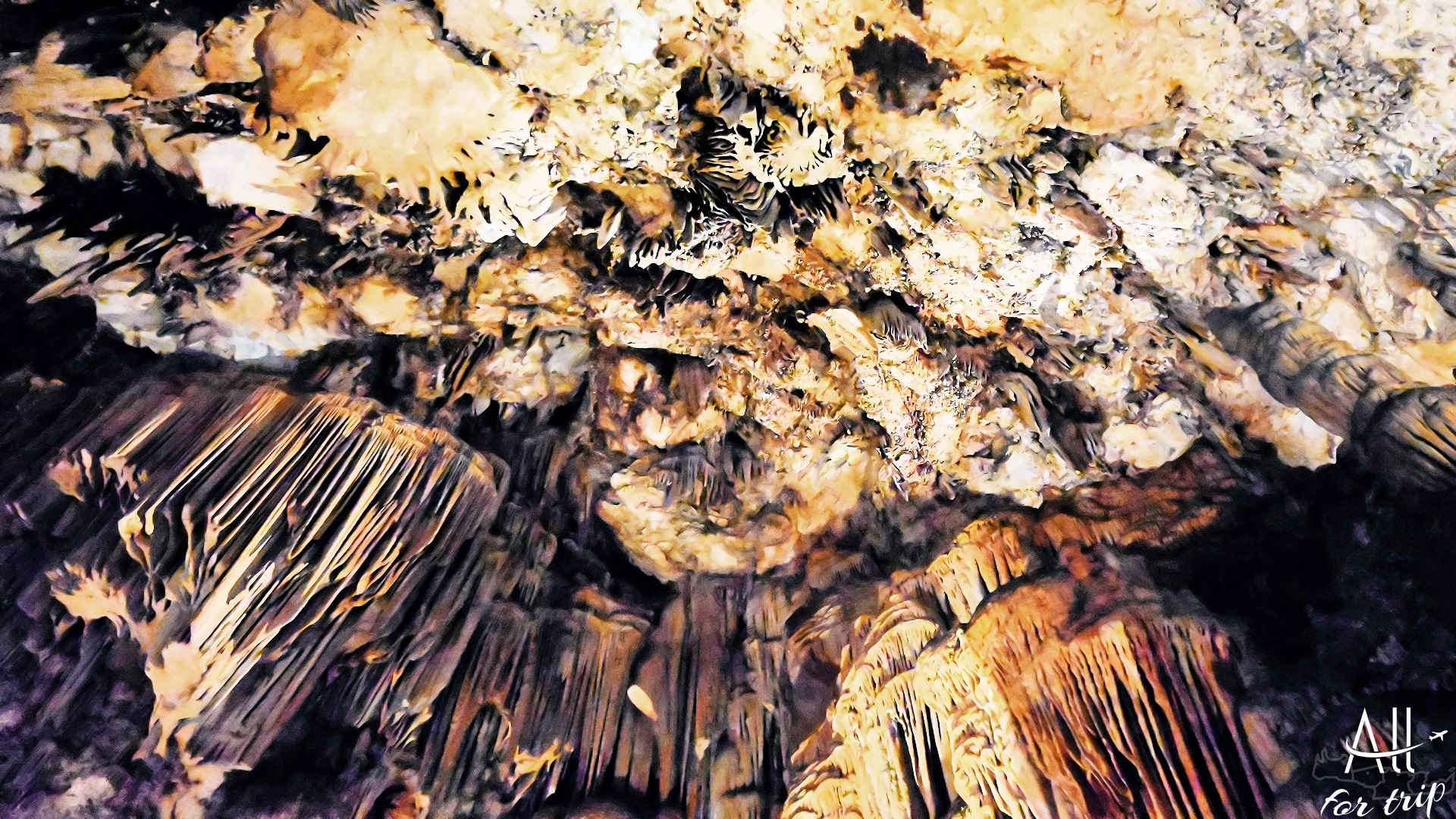
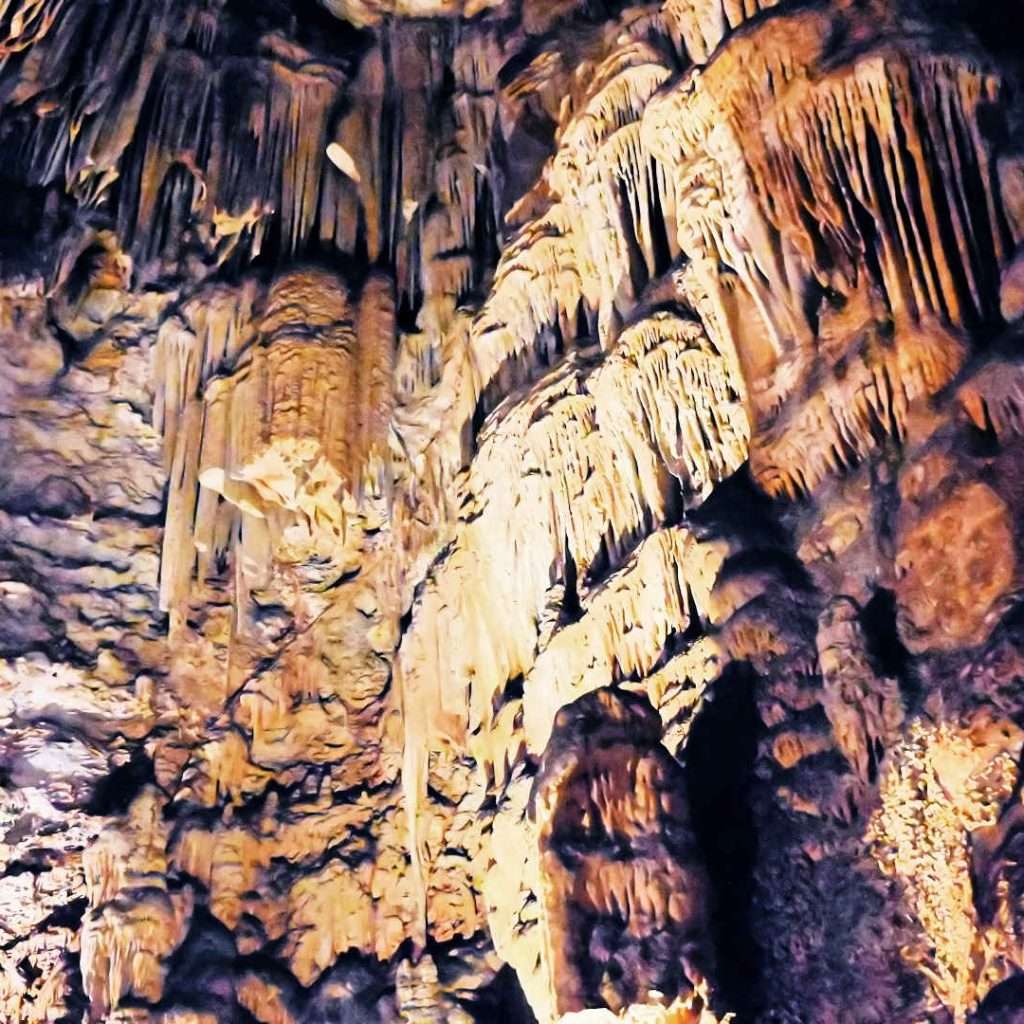
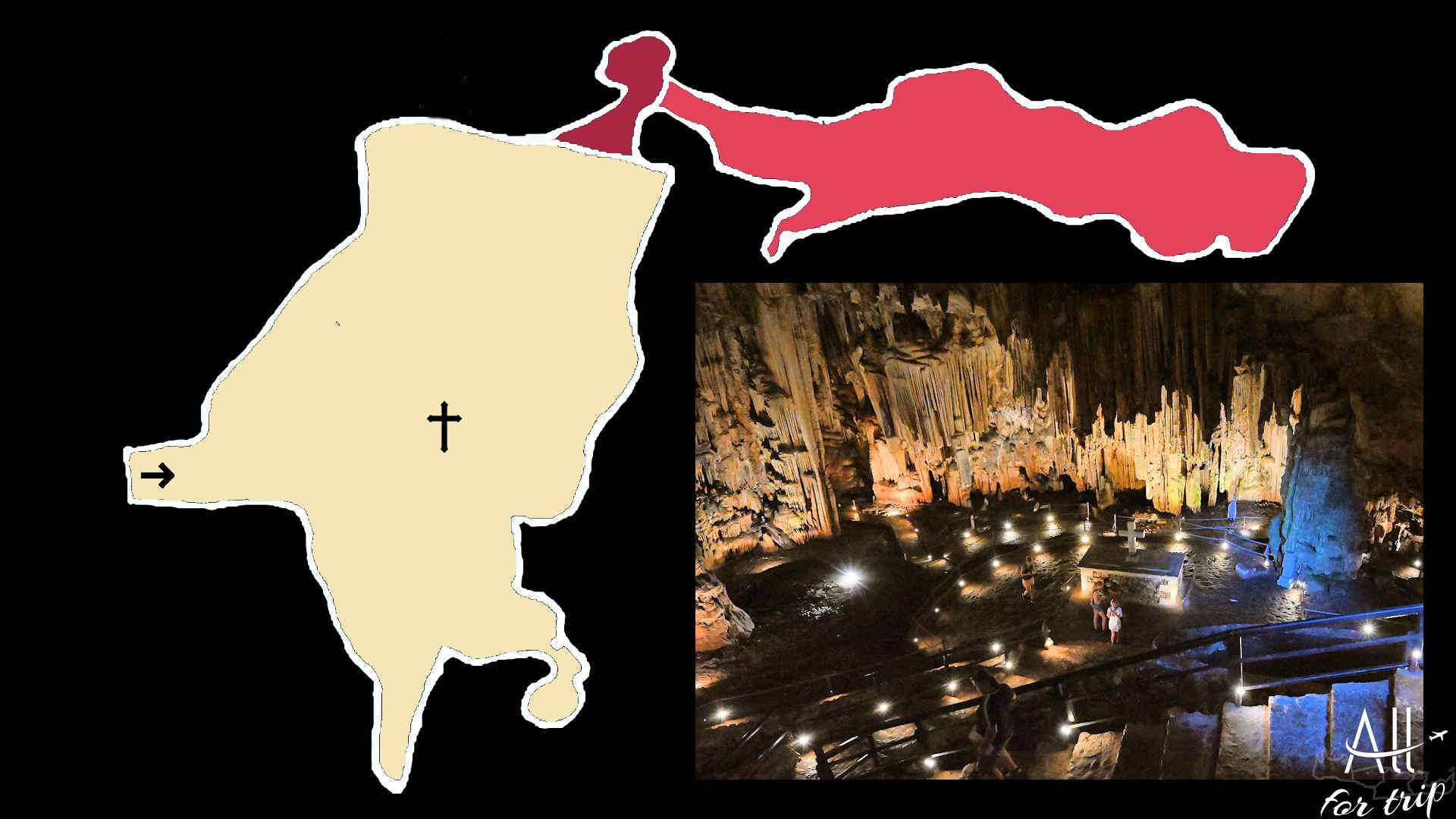
Visitable part of the cave
A flight of stairs leads to the entrance of the cave, and after passing under the entrance arch, we can see the first room: “the Heroes’ Room”, which is 60 meters long and in places more than 20 meters high.
WARNING:
– suitable non-slip shoes are recommended for visiting the cave!
– the stairs leading to the entrance are slightly steep, You have to pay attention to this
– the humidity in the cave is high, so the stairs and paths created in the cave can be slippery: You have to take care of this
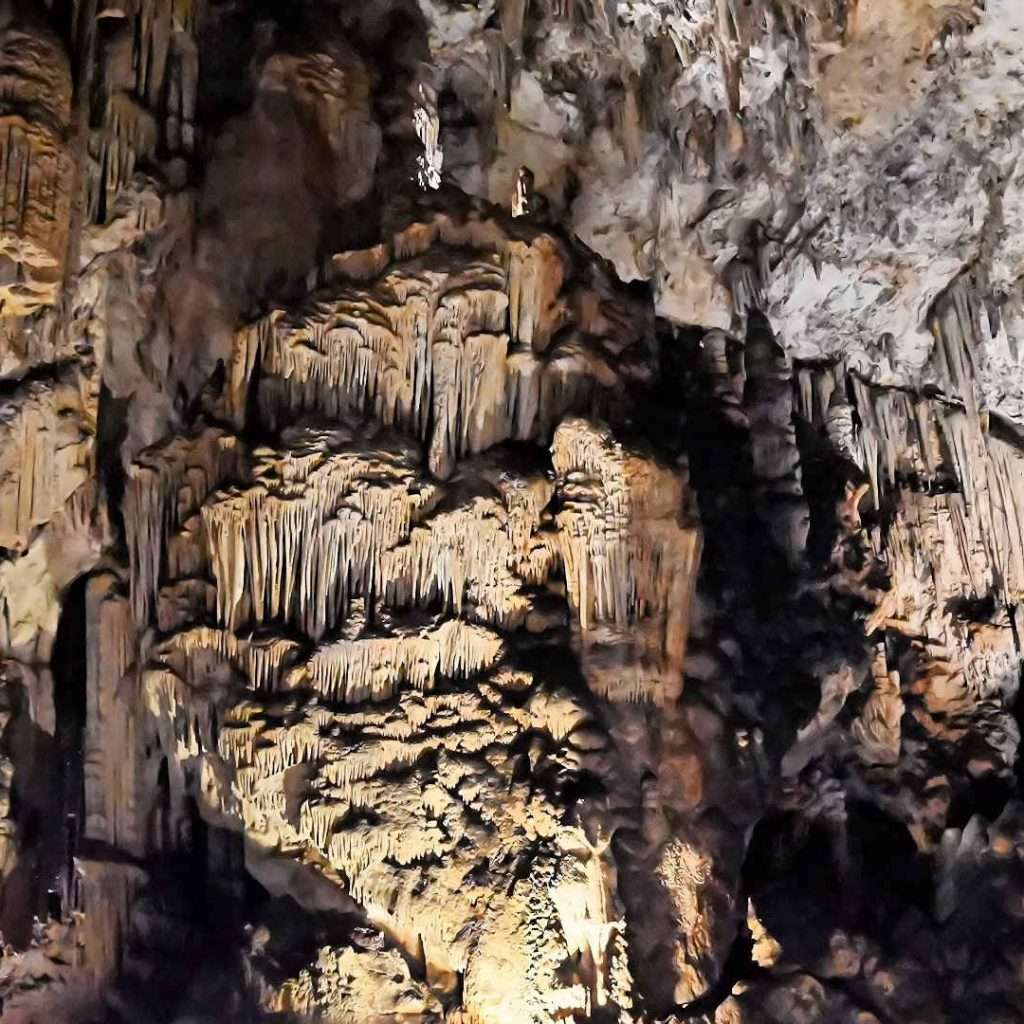
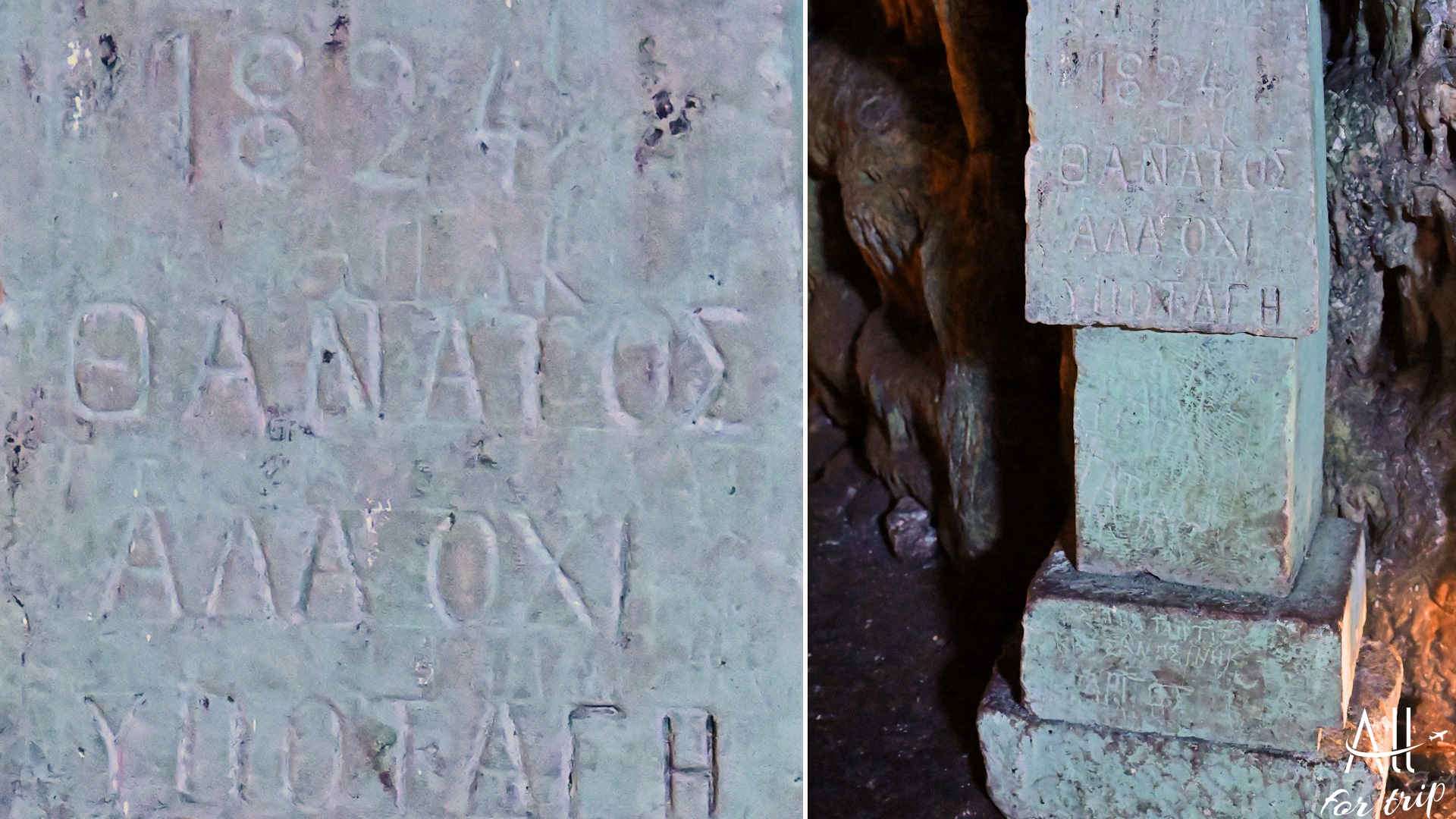
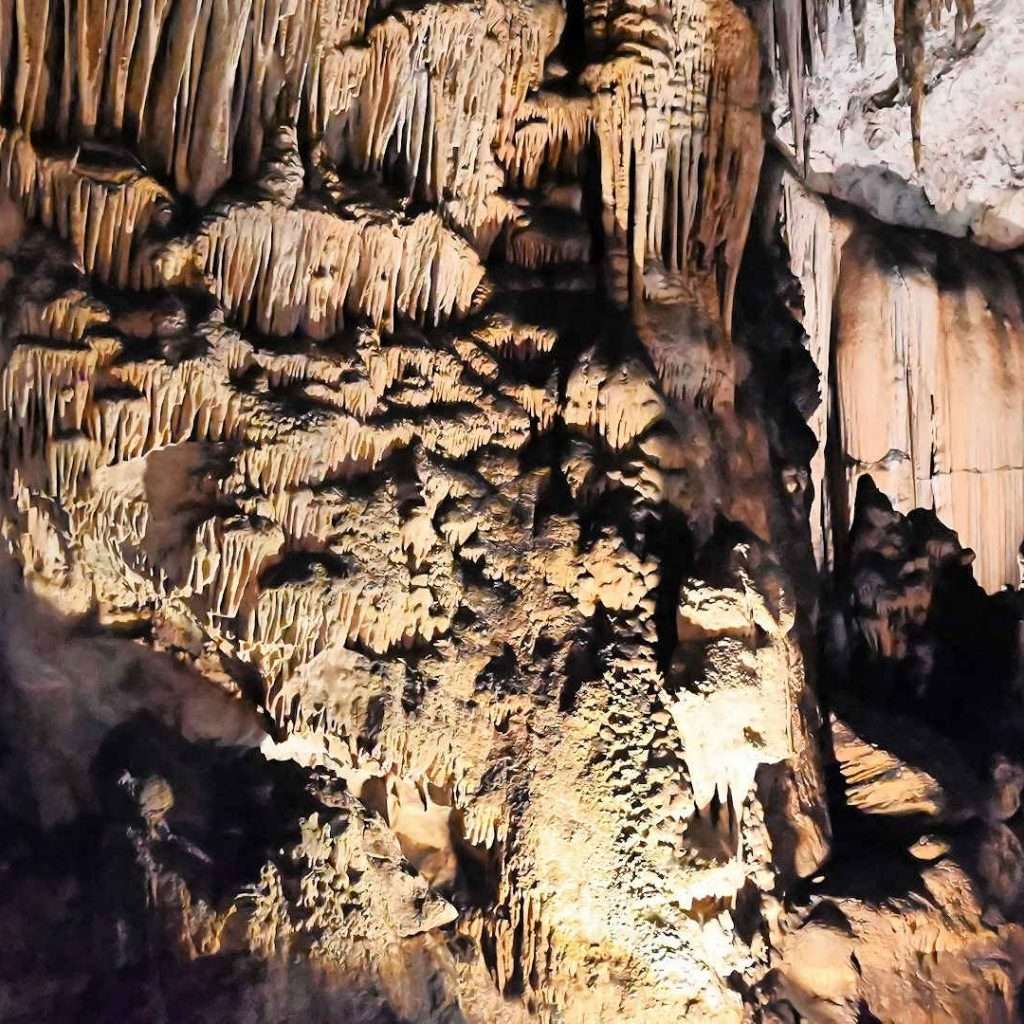
The first experience, when we see the first room of the cave: fabulous!
The combined effect of natural light and the cave’s interior lighting reveals an ornate cavalcade of stalactites and stalagmites in such a unique style, that we can feel: like we are in a fairyland.
The colors and shapes are dazzling!
In this part there is the monument to the heroes and the ossuary.
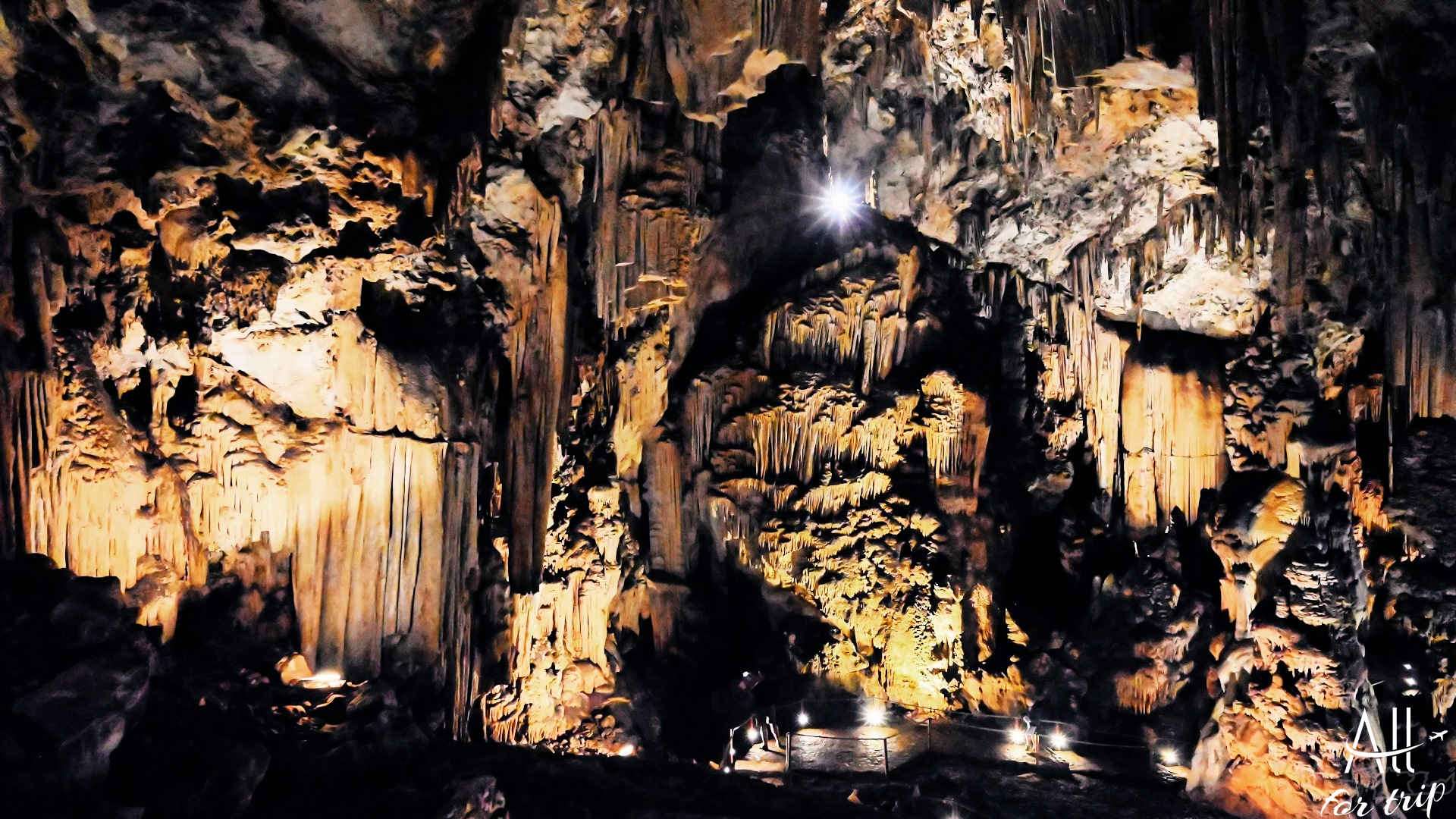
The forms formed over millions of years lead us into a mysterious world: sometimes we would like to sit down, and admire for a longer time, or to think about: what a particular stalactite formation resembles.
If we head to the right, then from the Heroes’ Room, we can reach the Pashley Room through the Raulin Room.
The sight of huge stalactites from the ceiling is impressive: as stalagmites and stalactites form a wonderful complex.
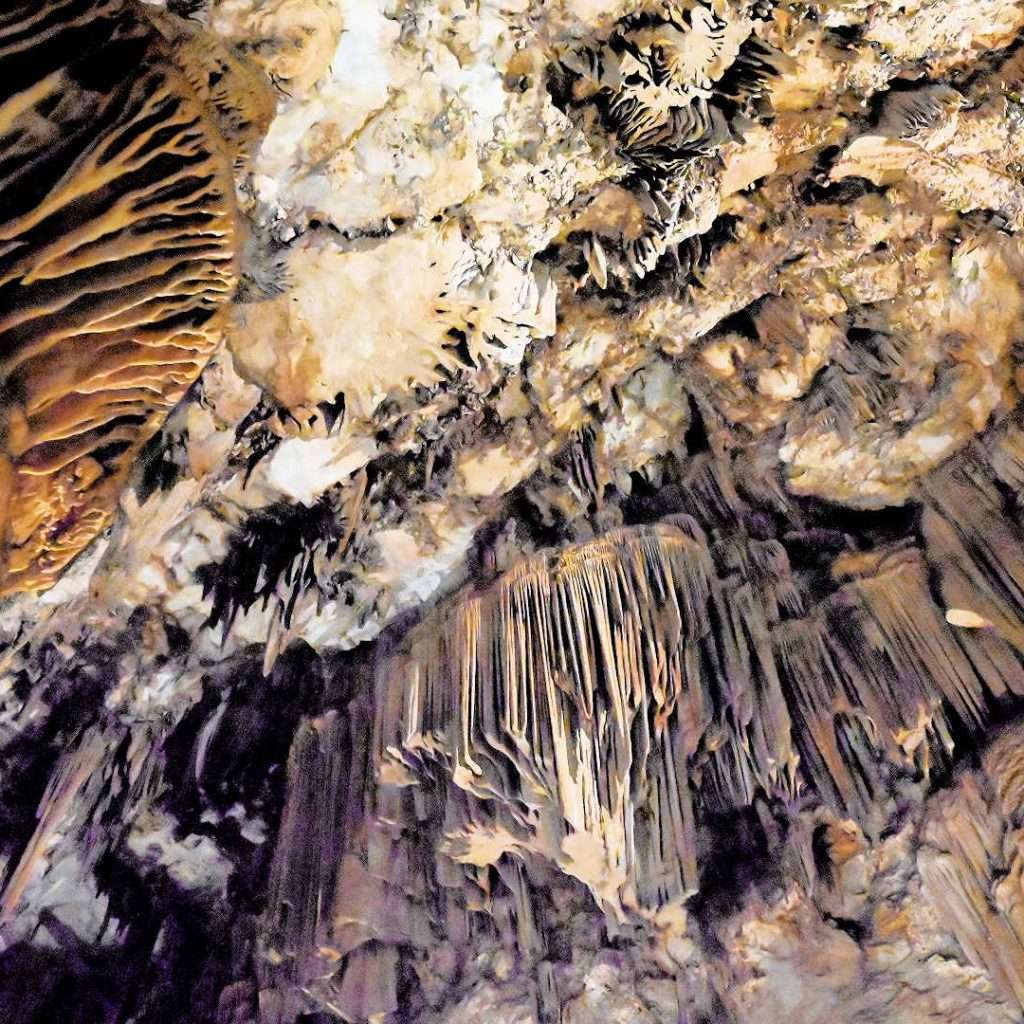
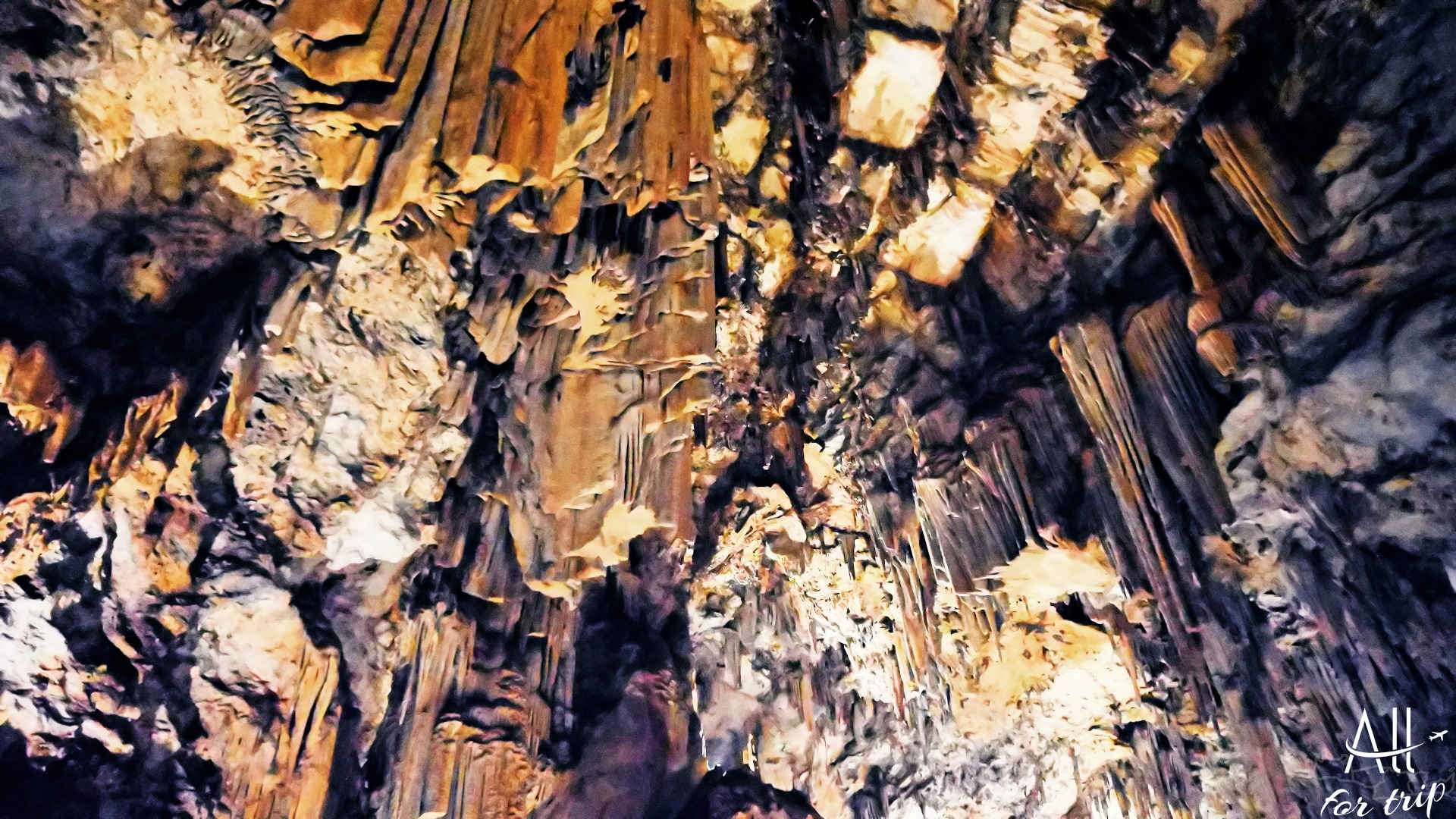
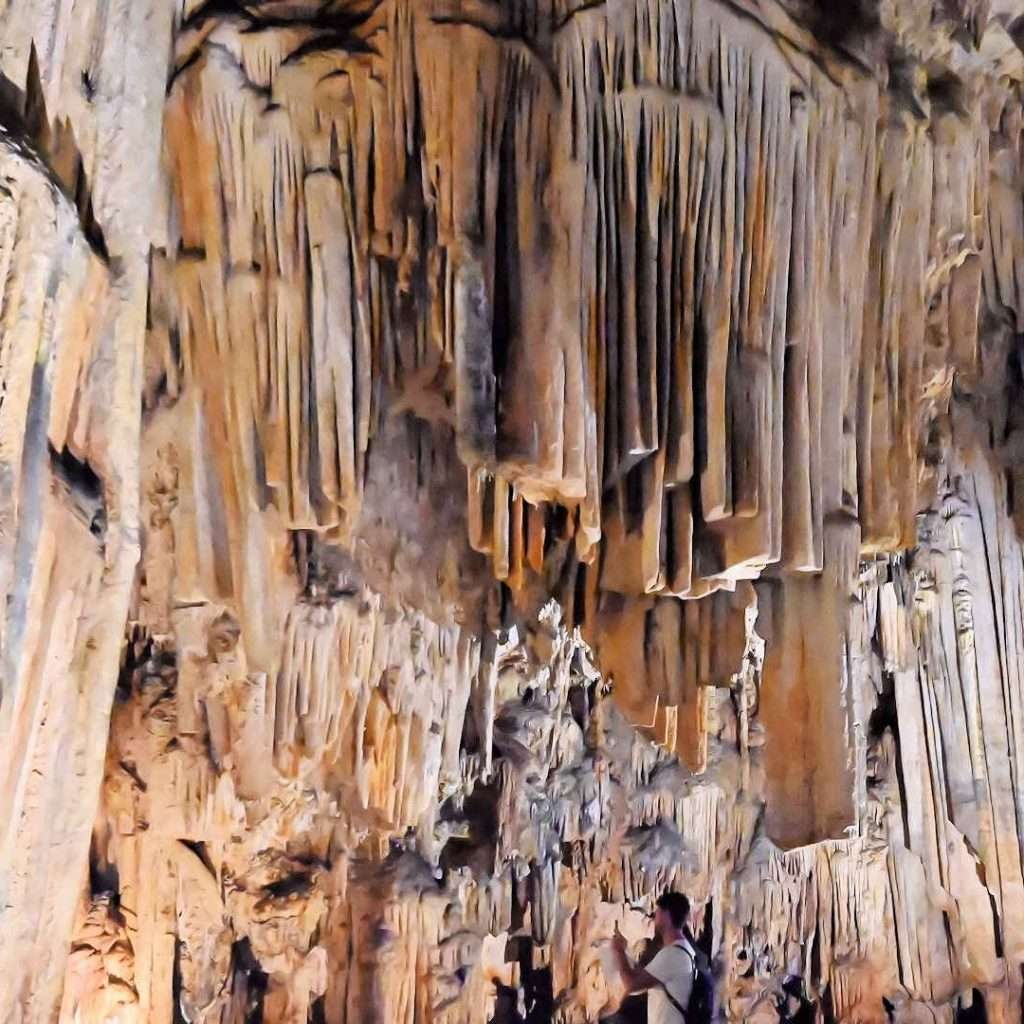
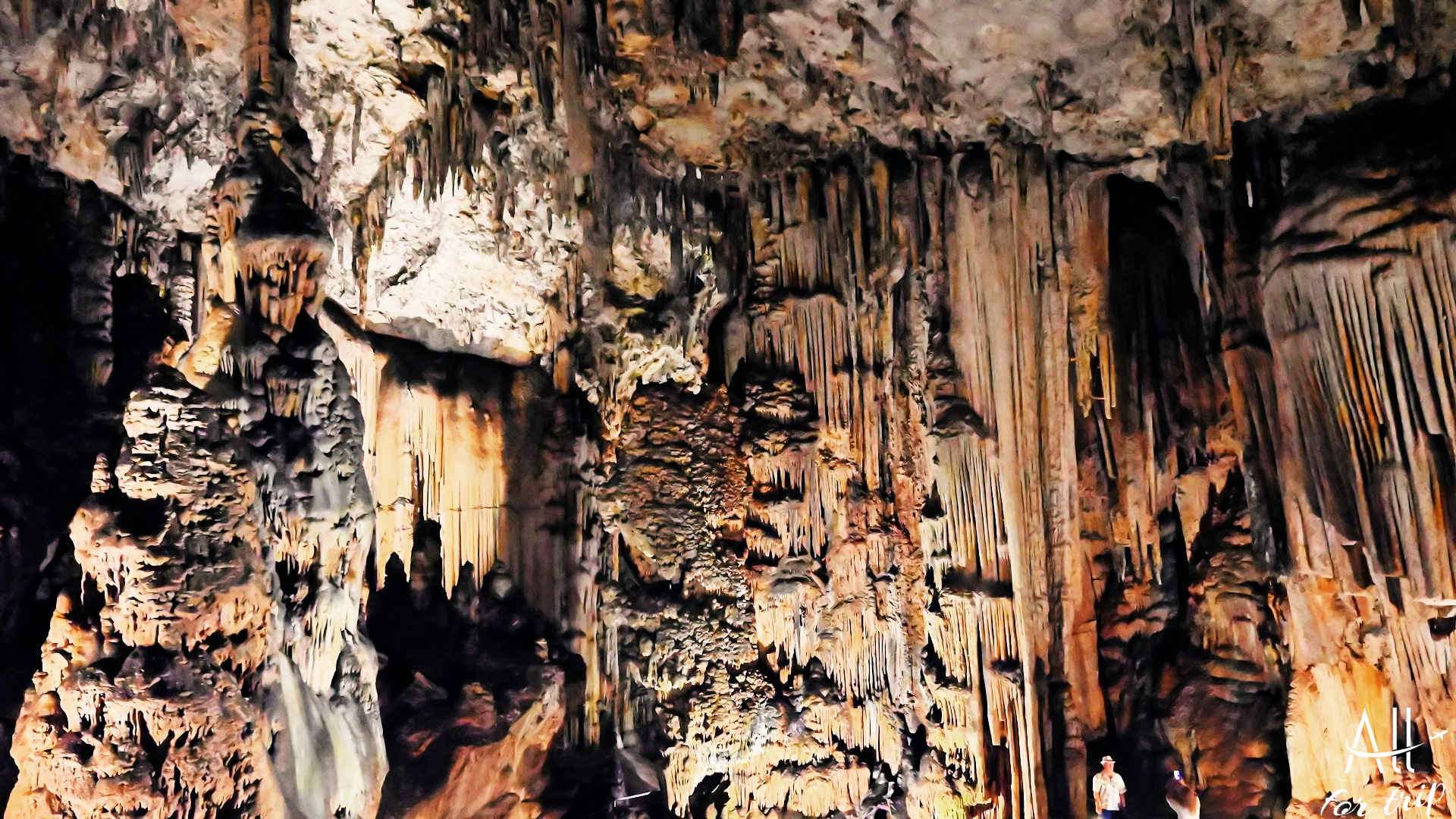
The path on the left leads to the “Chamber of the curtains”, where the decorative stalactites form a perfect harmony and unfold before us like a curtain. The experience is colossal!
But I’ve also heard opinions: the alternation of natural light, well-lit parts and parts swimming in less light: terrifying!
I think: this is not true! – with our pictures, we try to give You the most complete picture of the wonderful formations of the cave formed over millions of years. We try to present the unique atmosphere of the rooms: but the live experience is completely different!
I can only recommend everyone to visit this: the attractive gem of our land!
